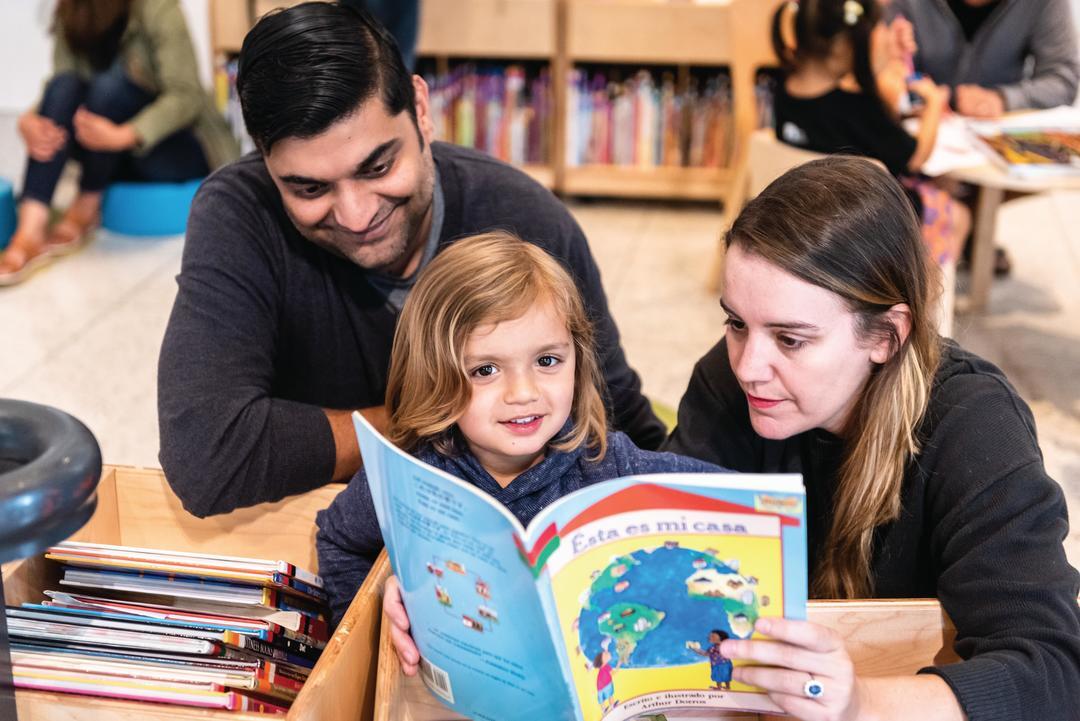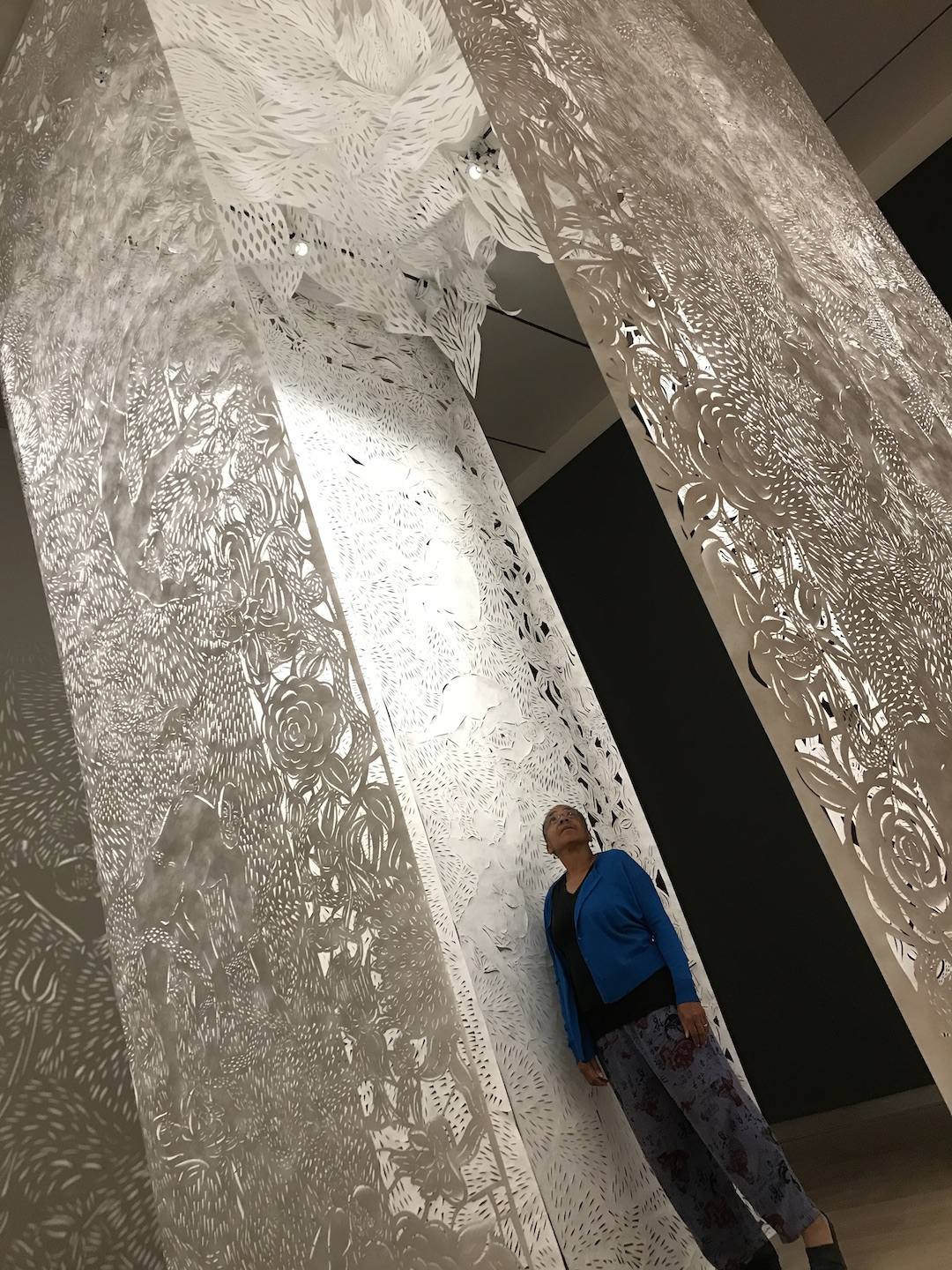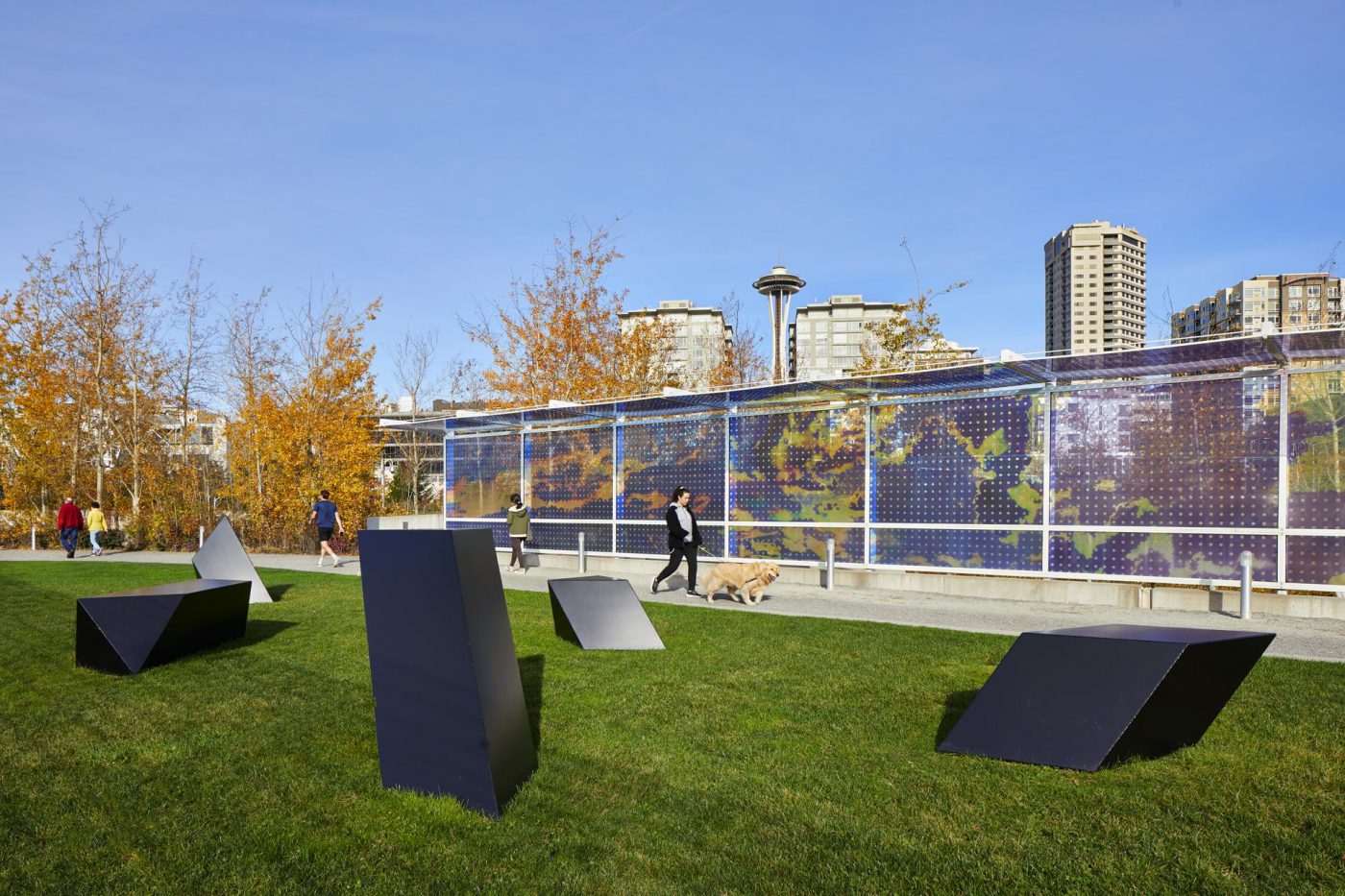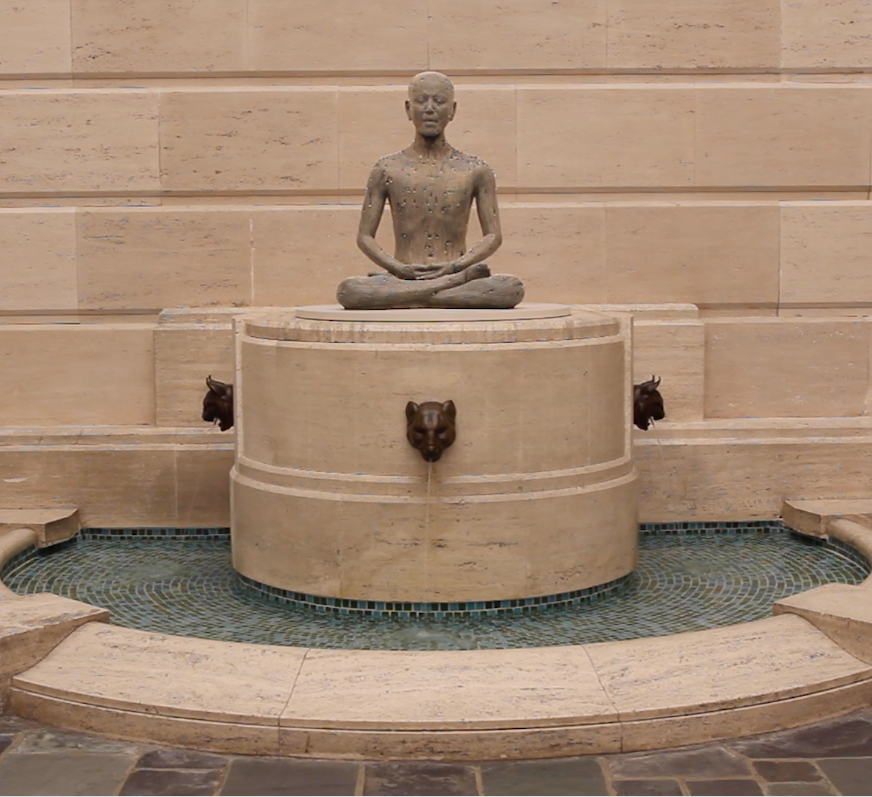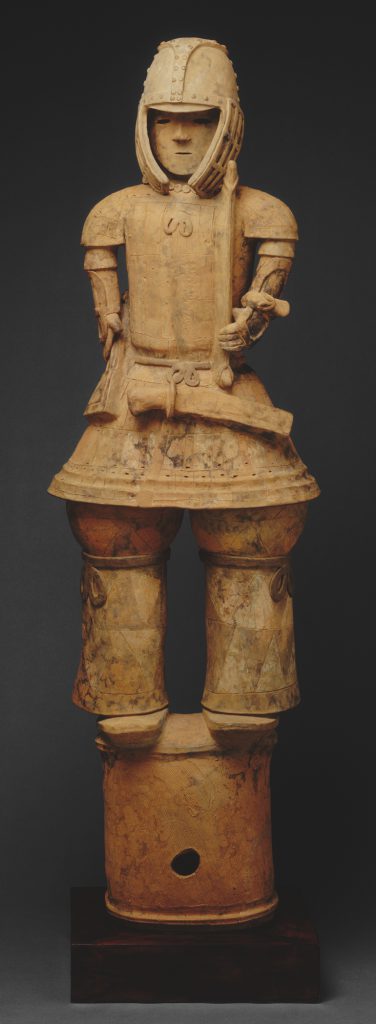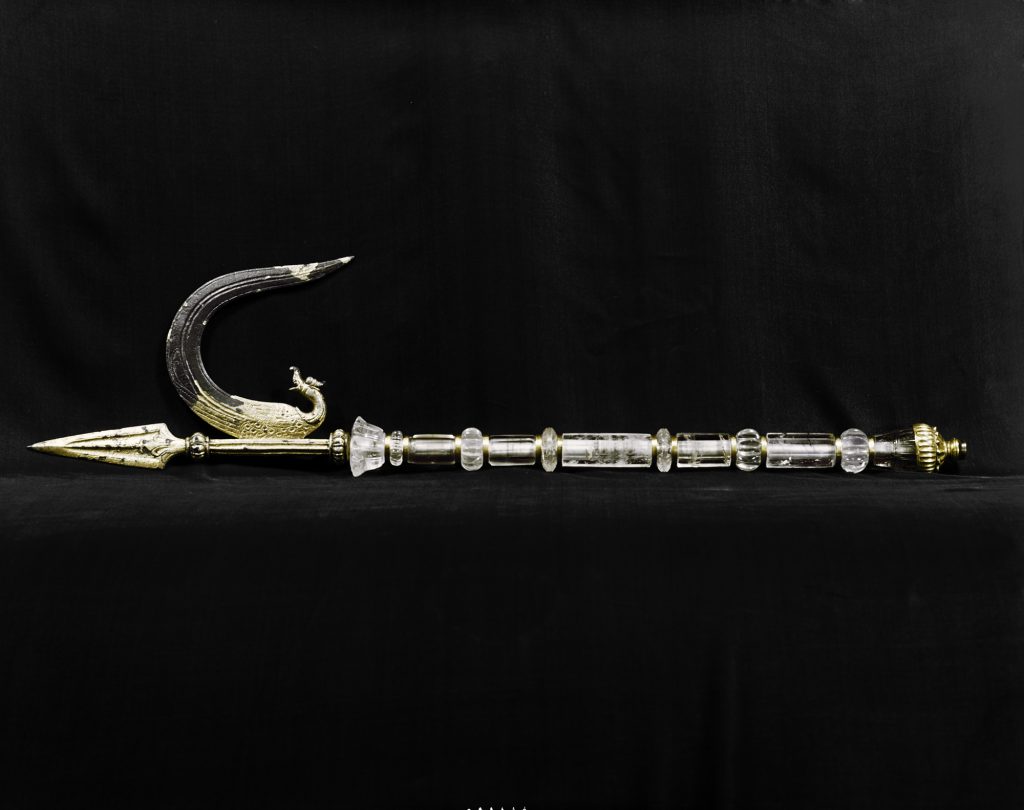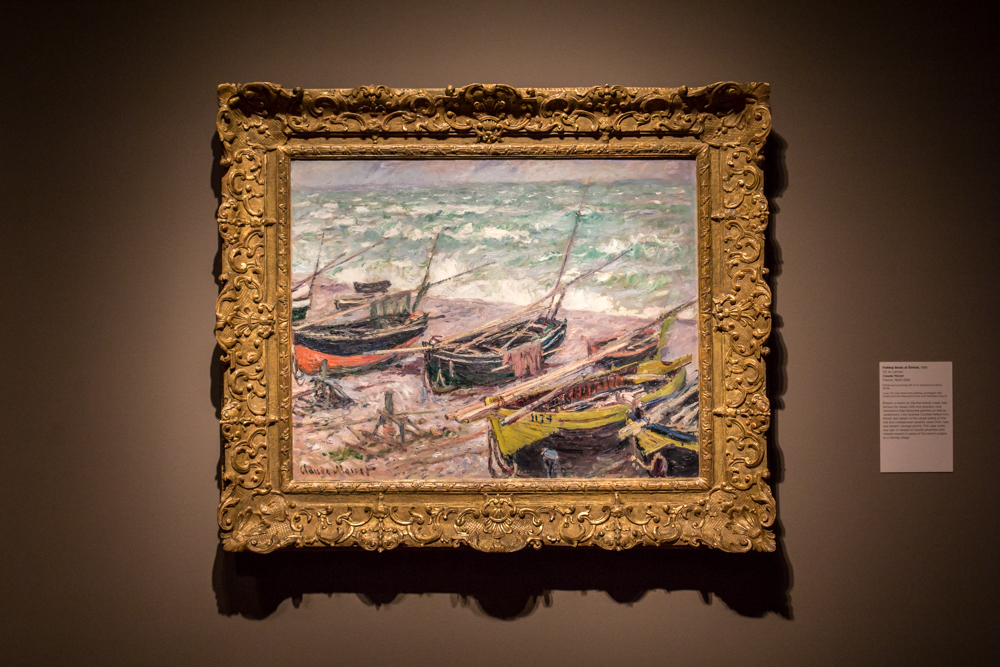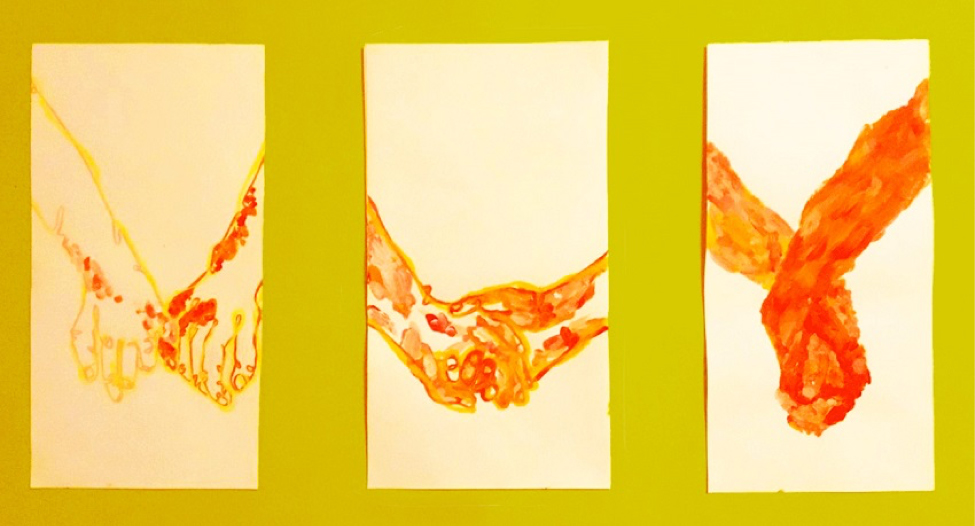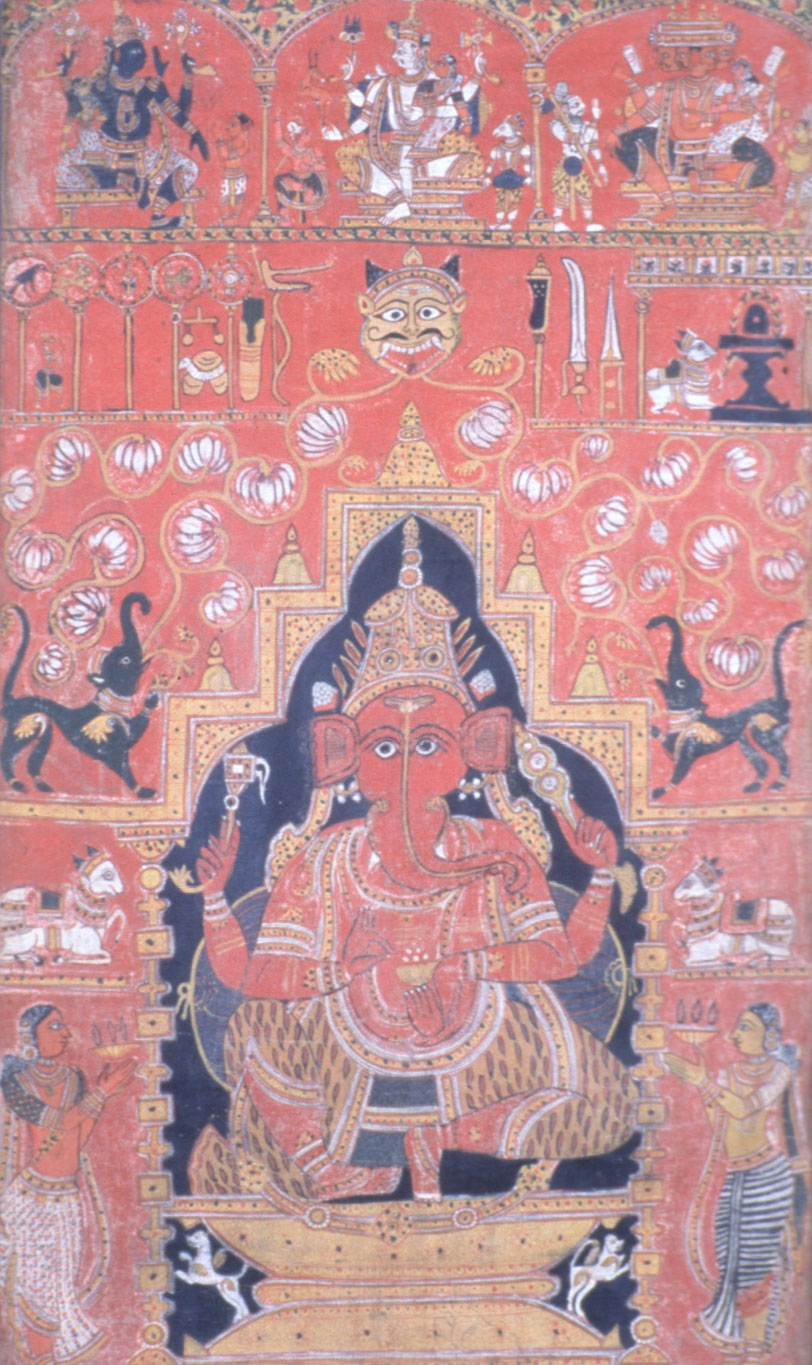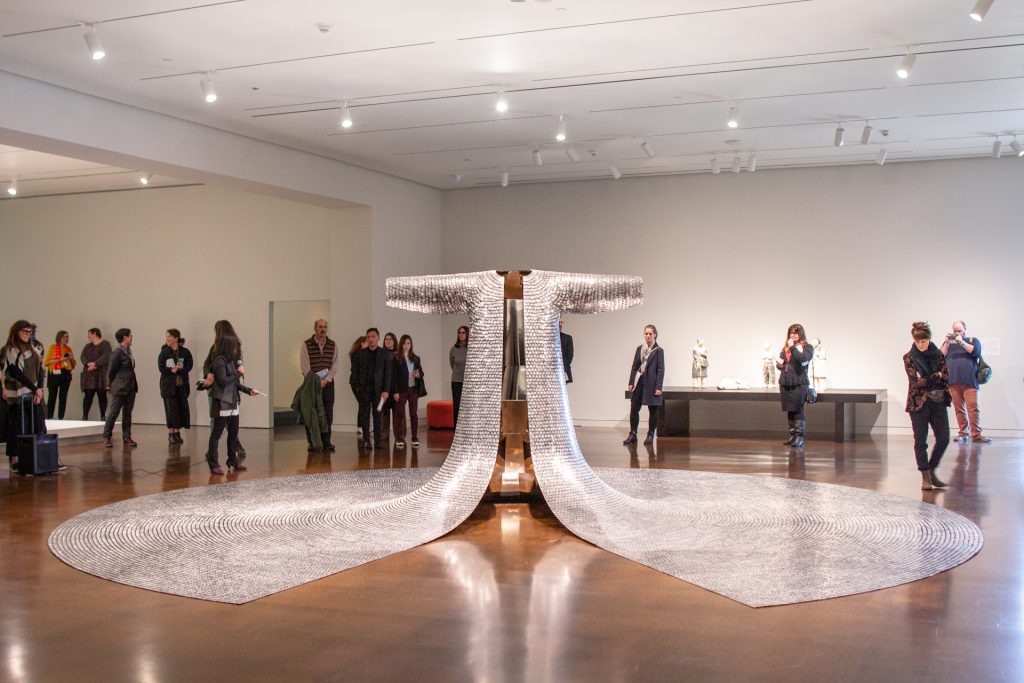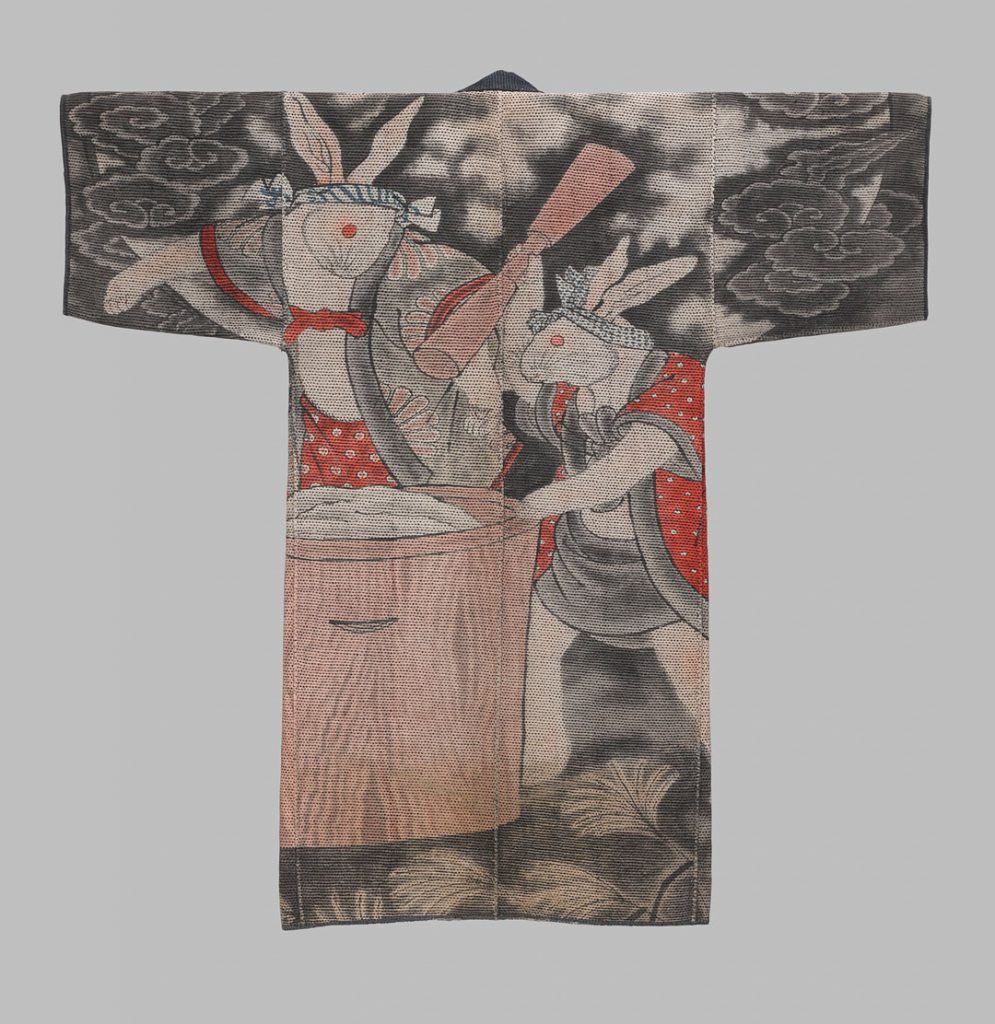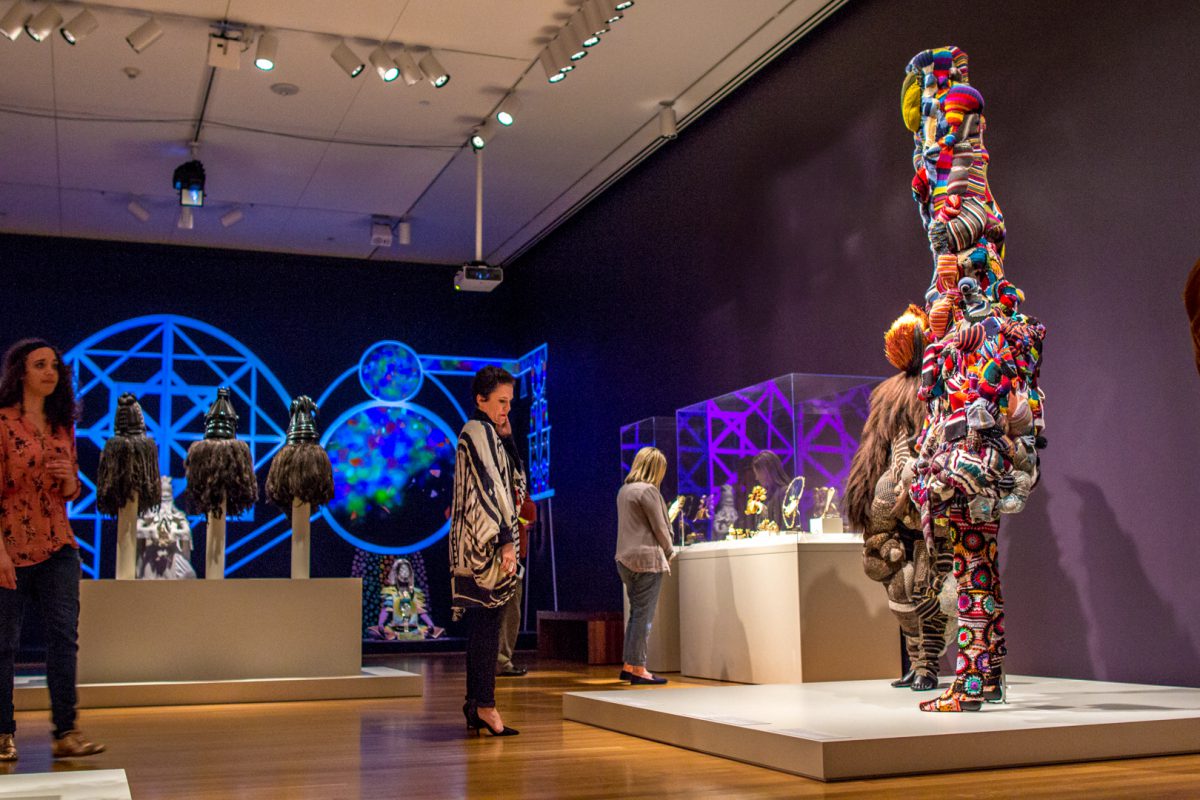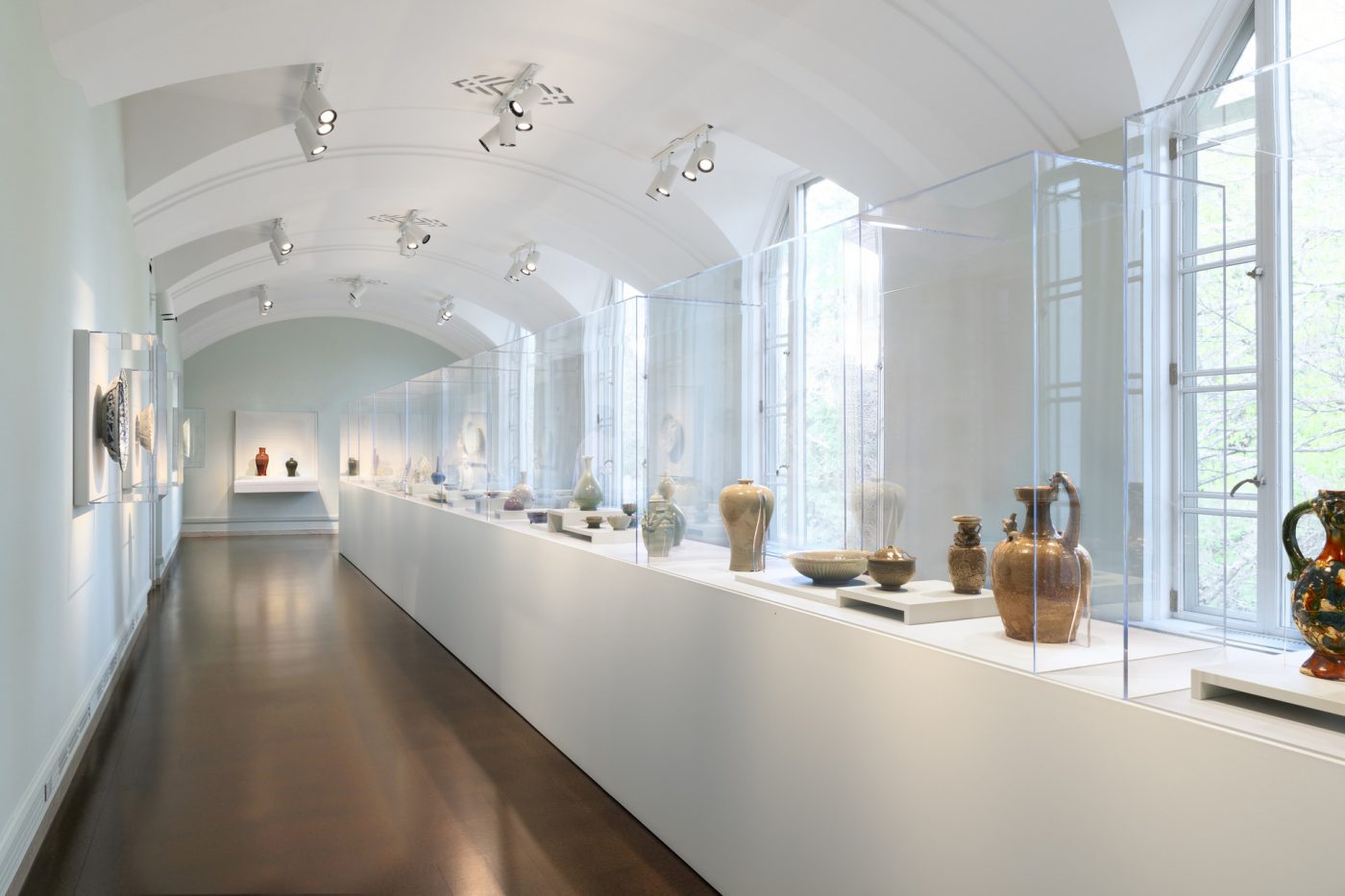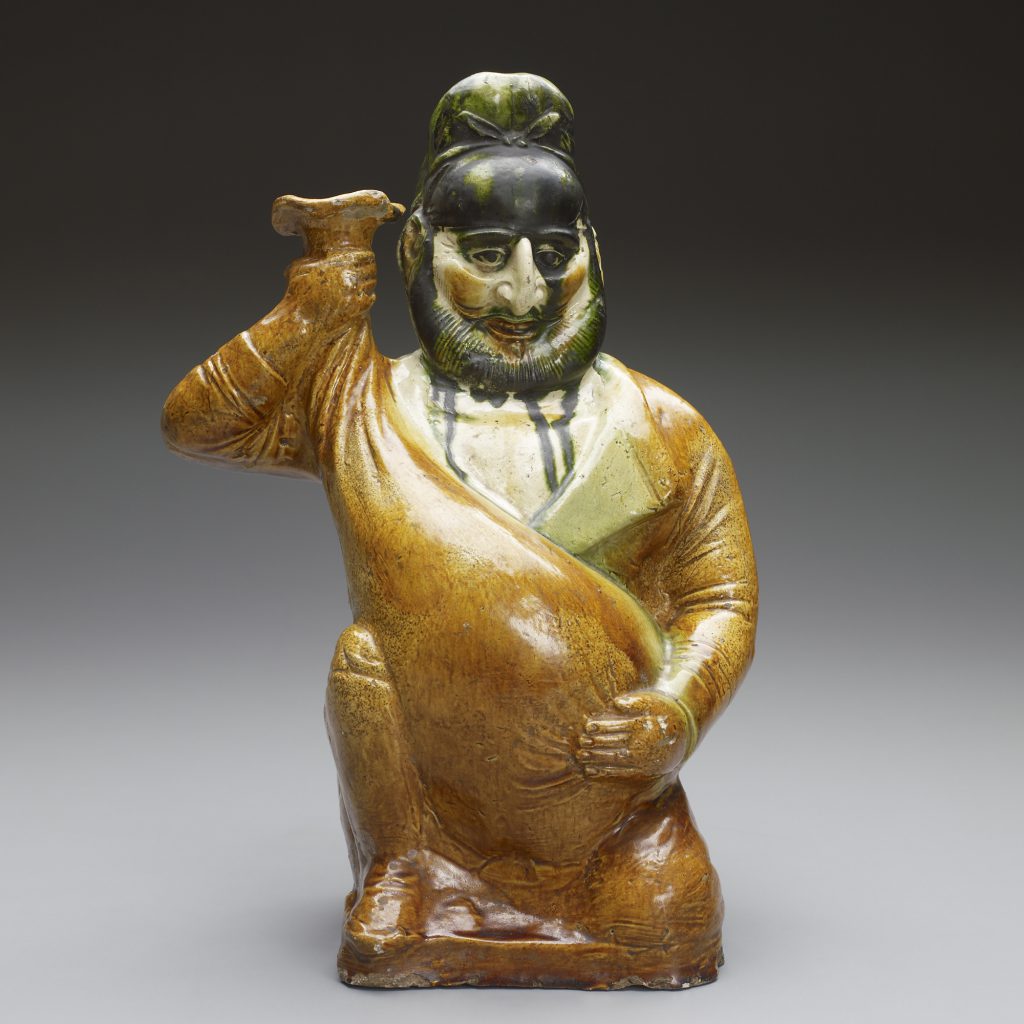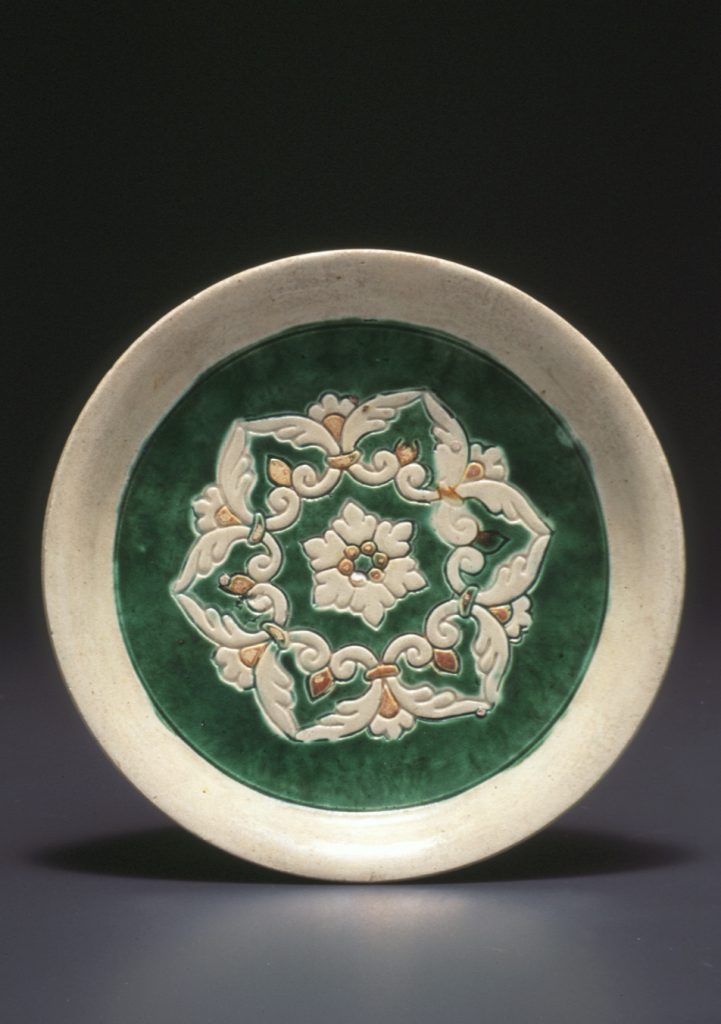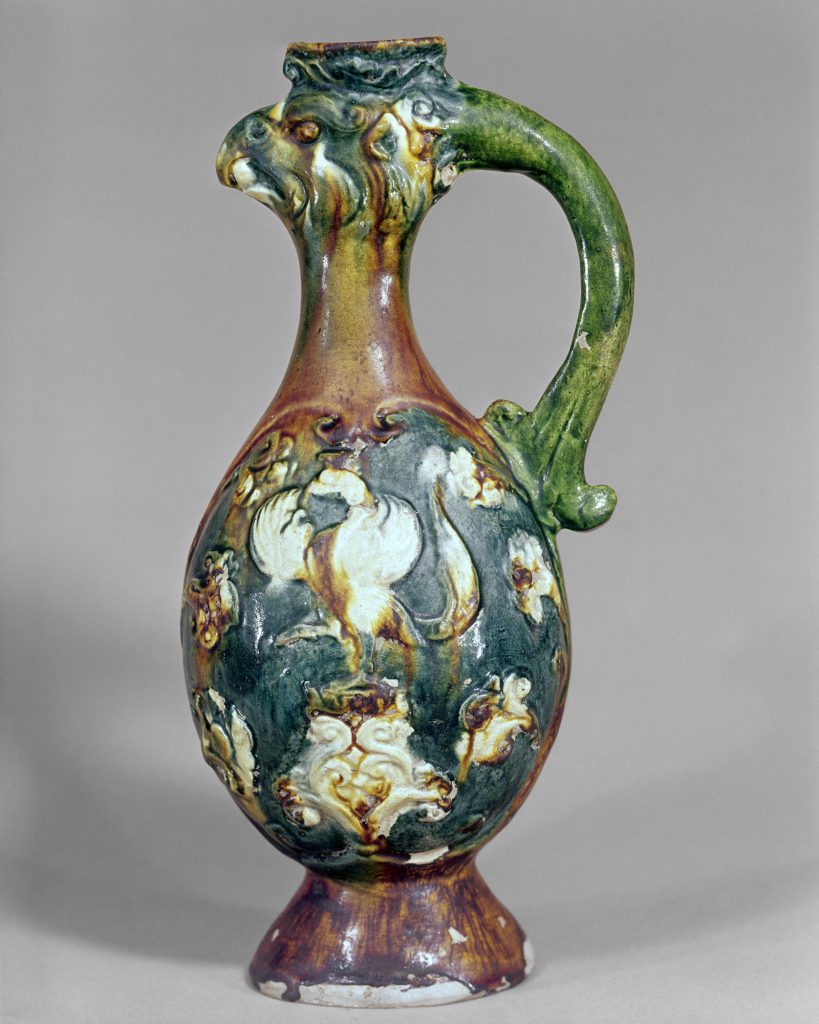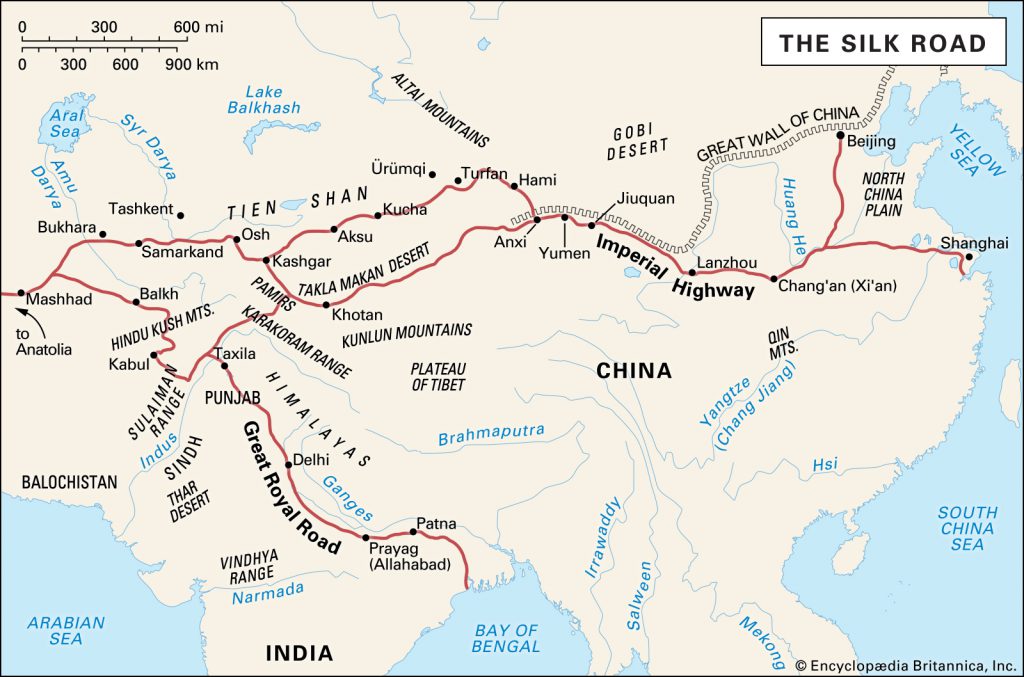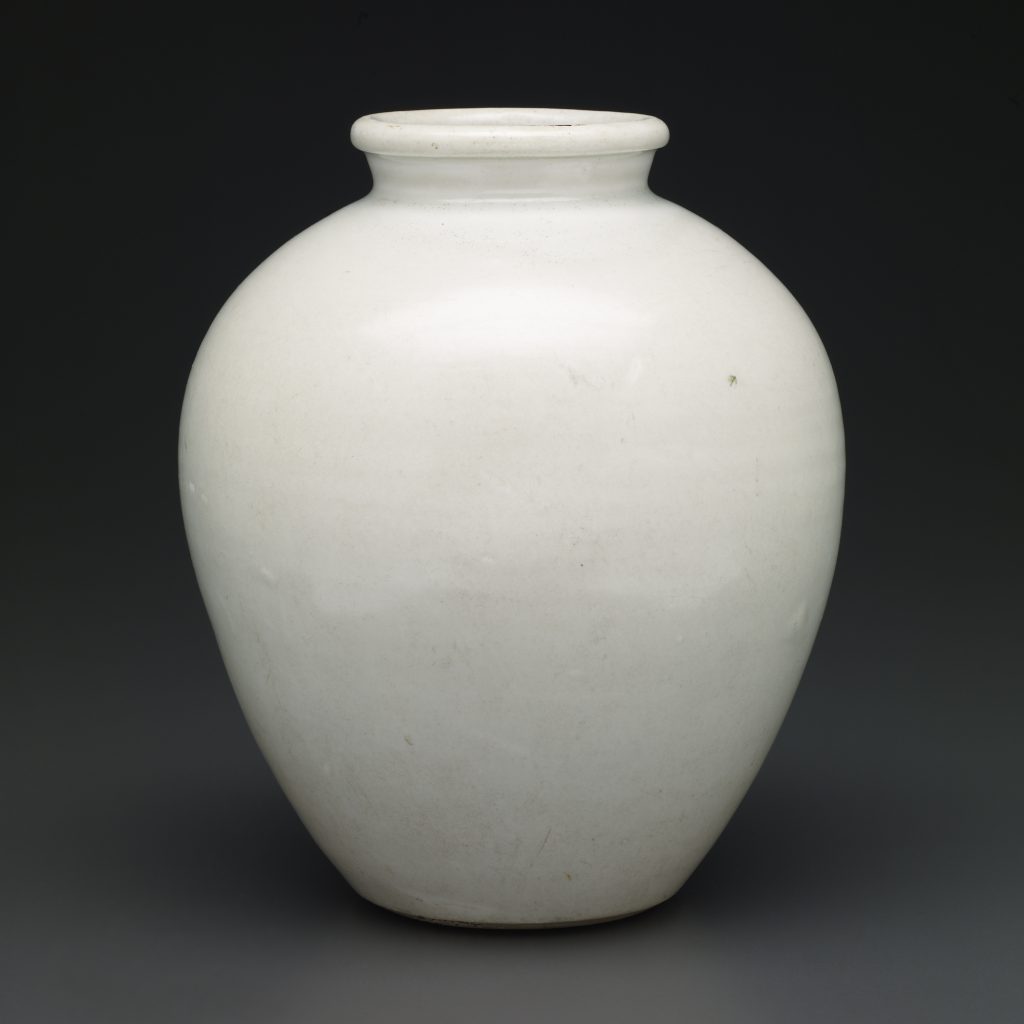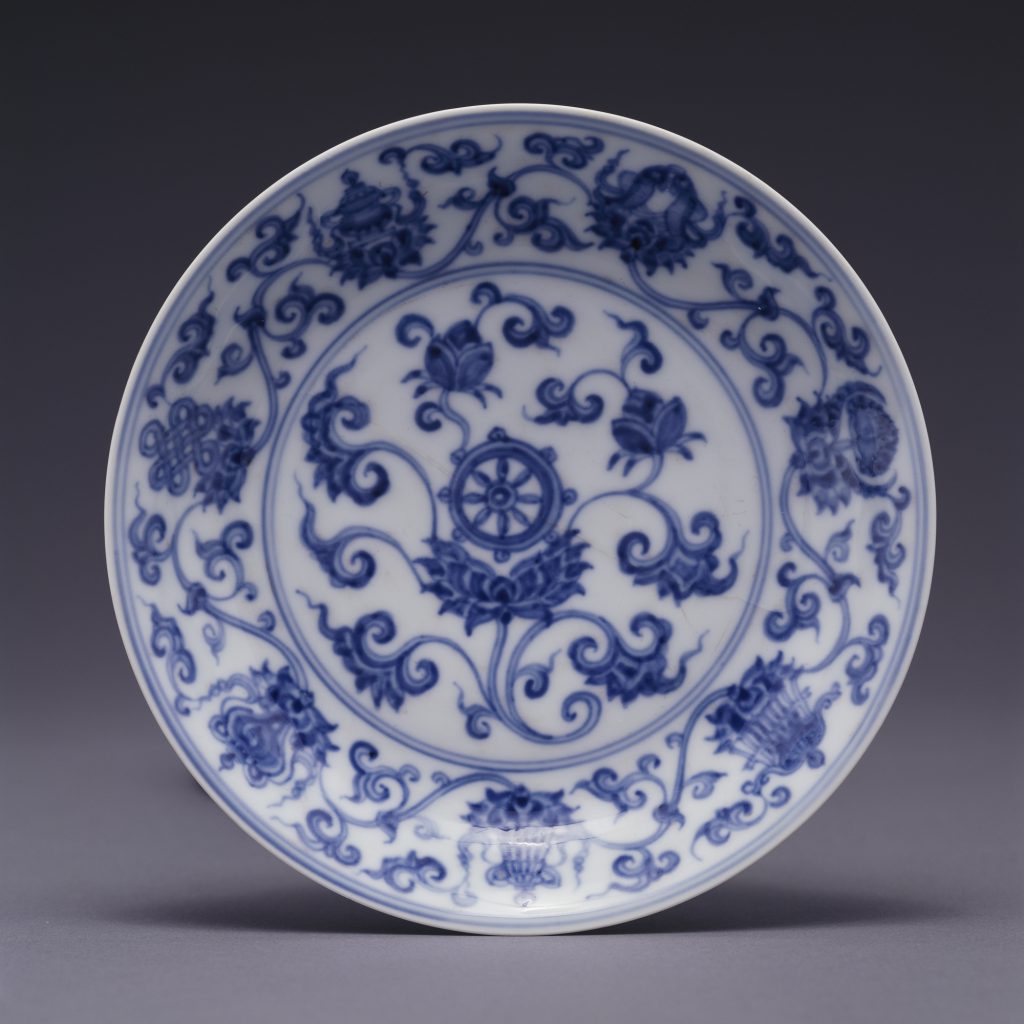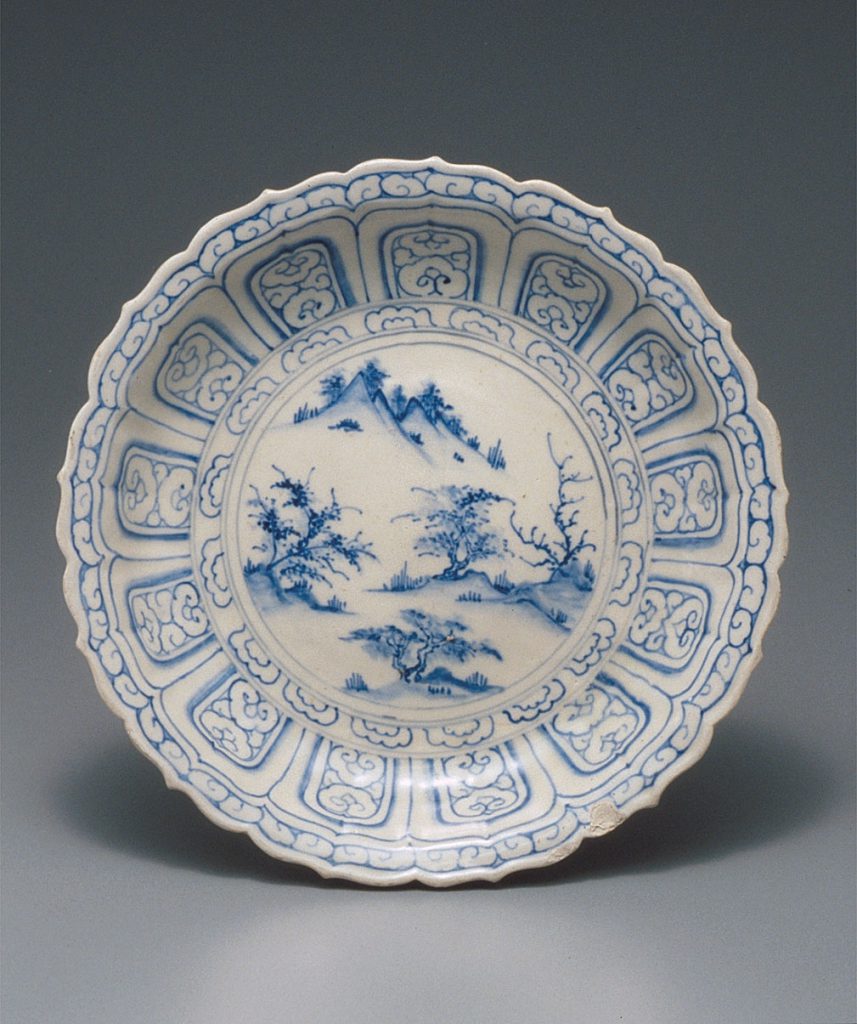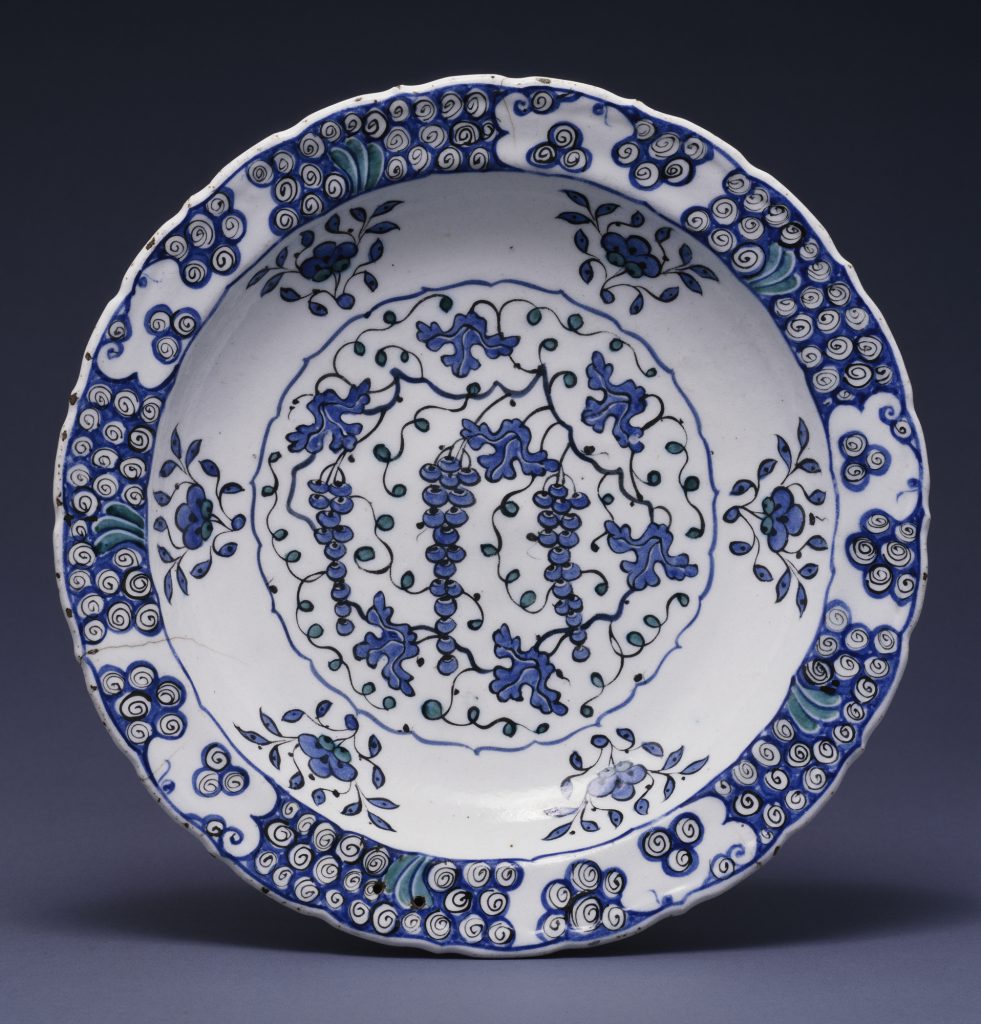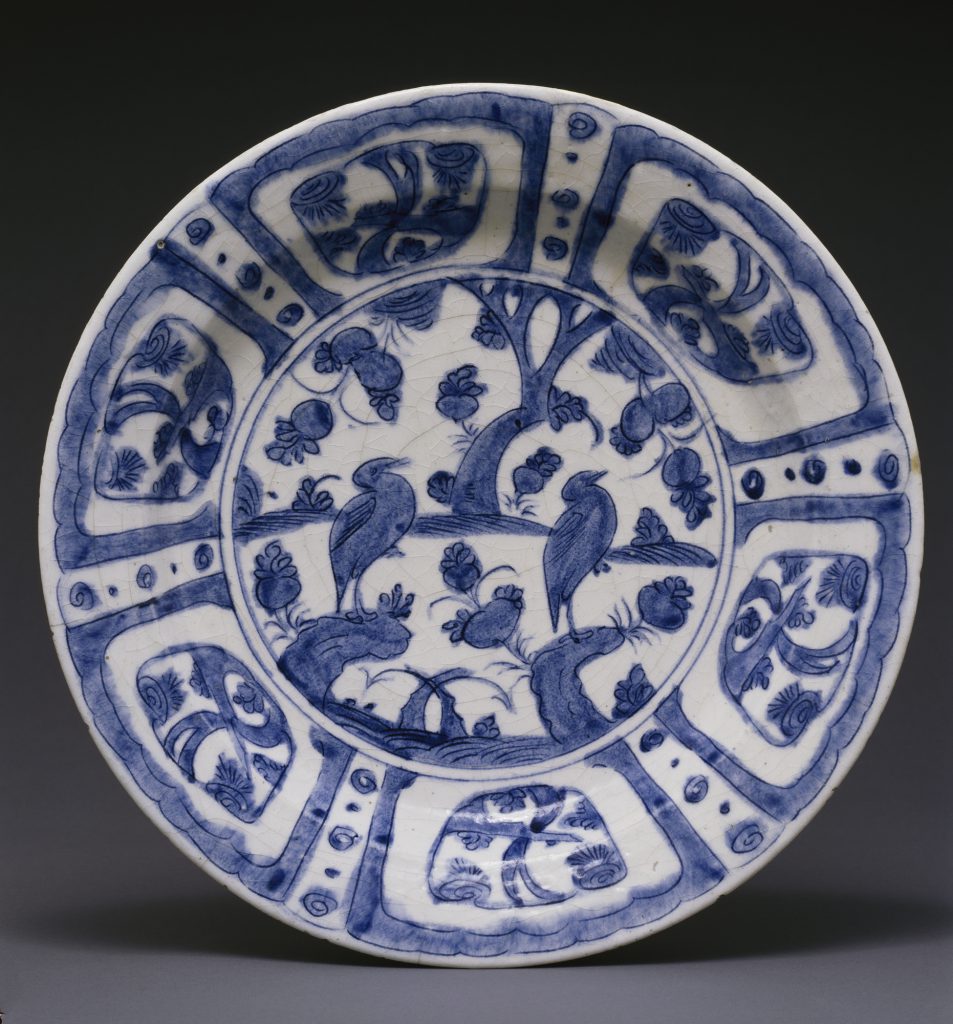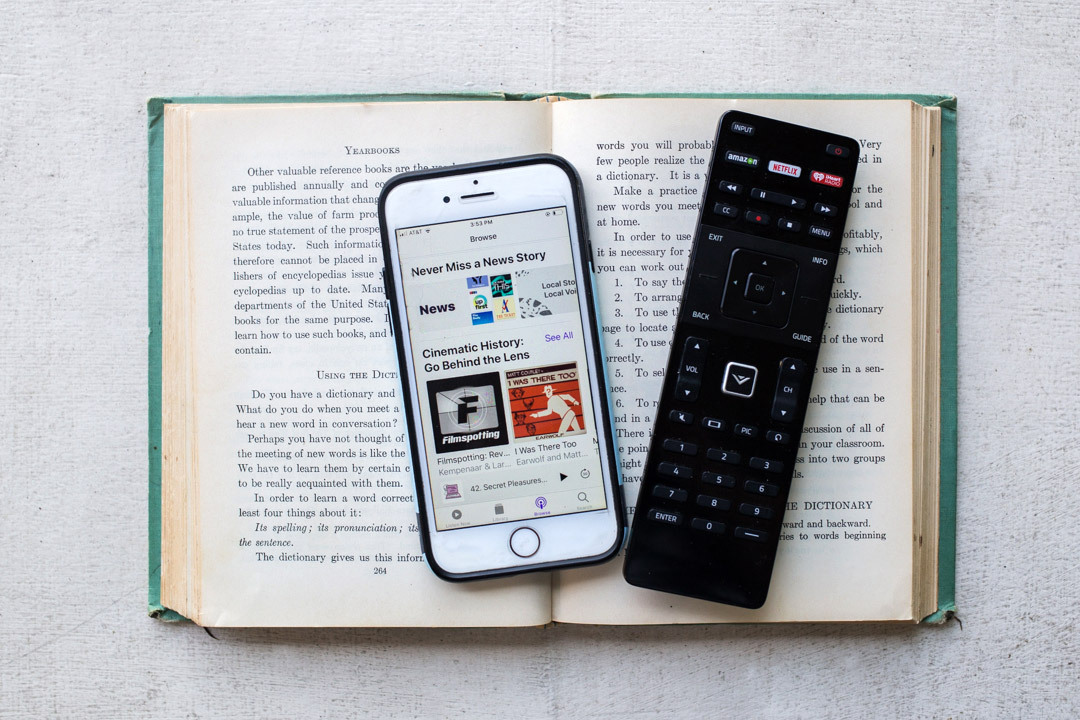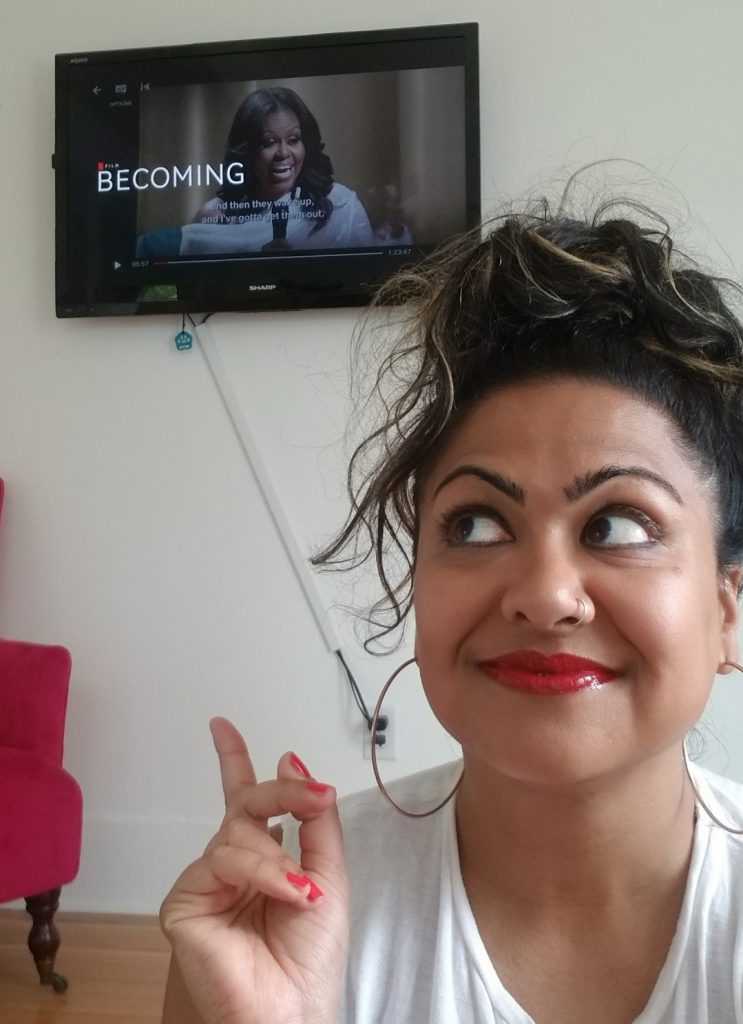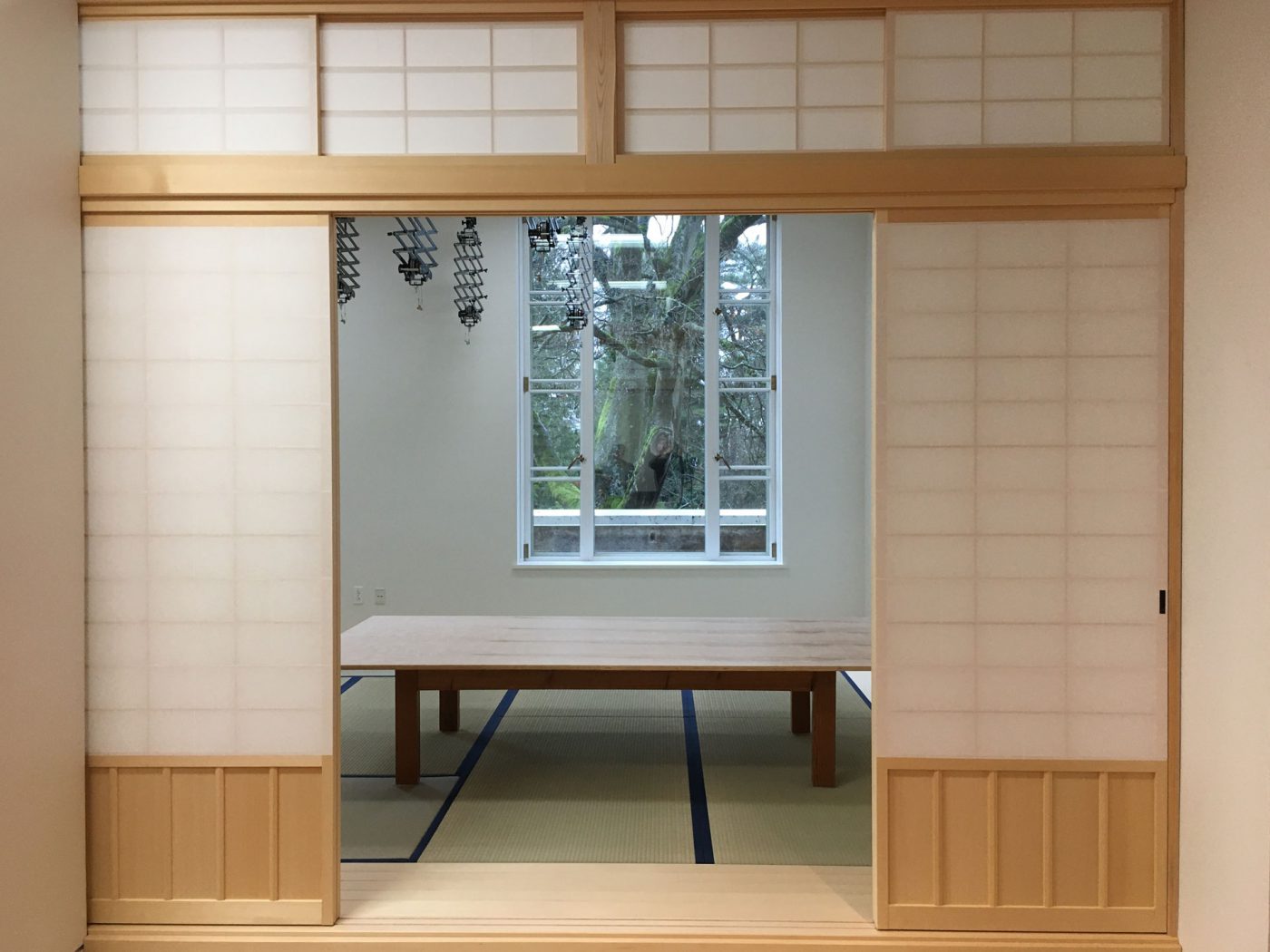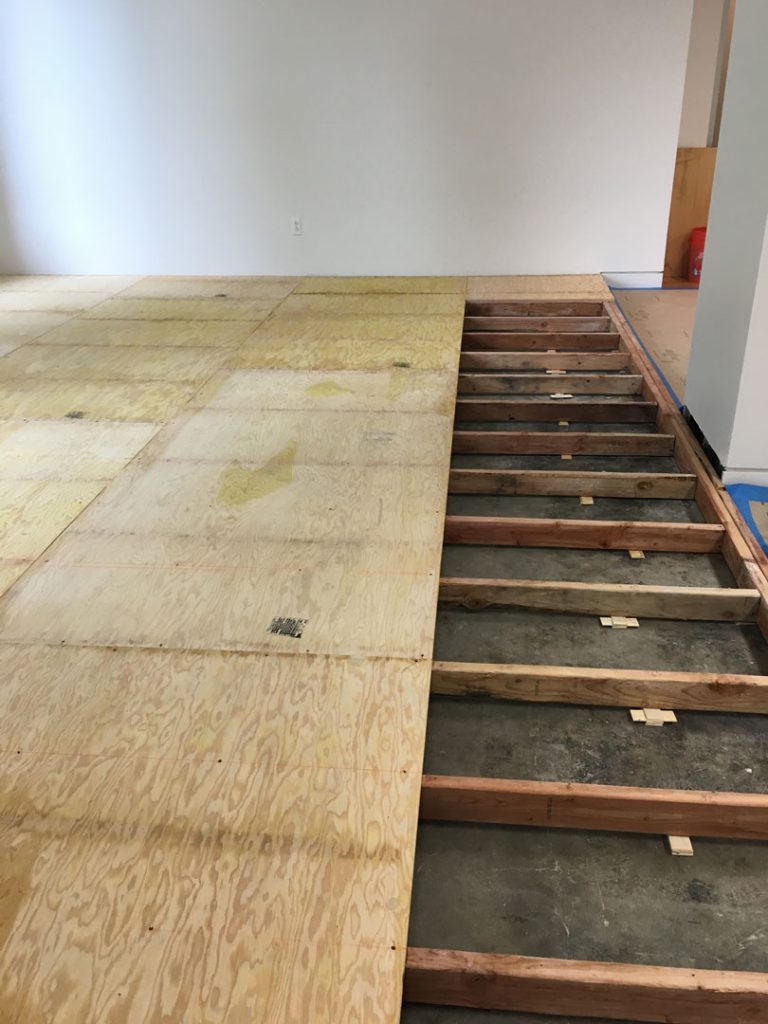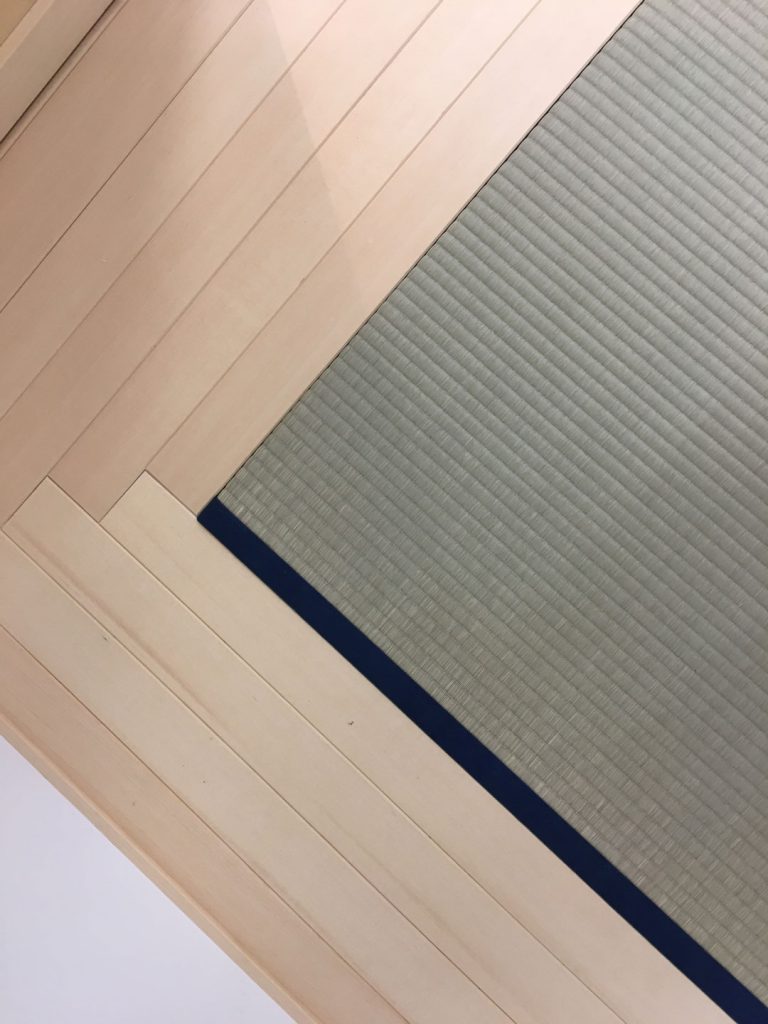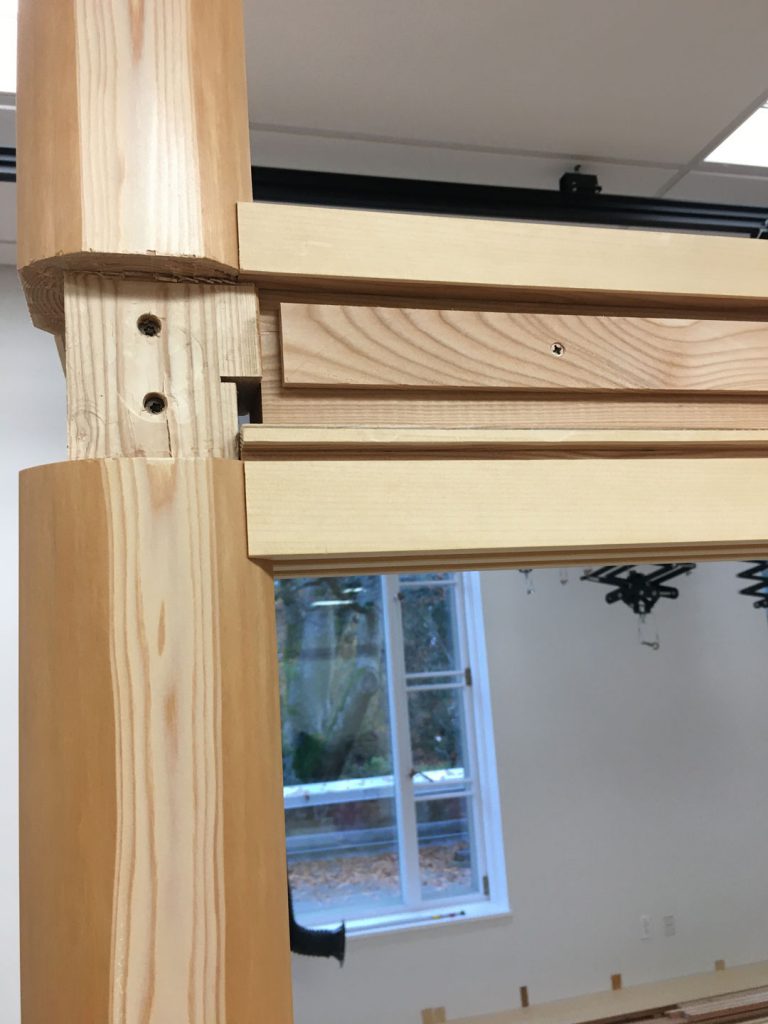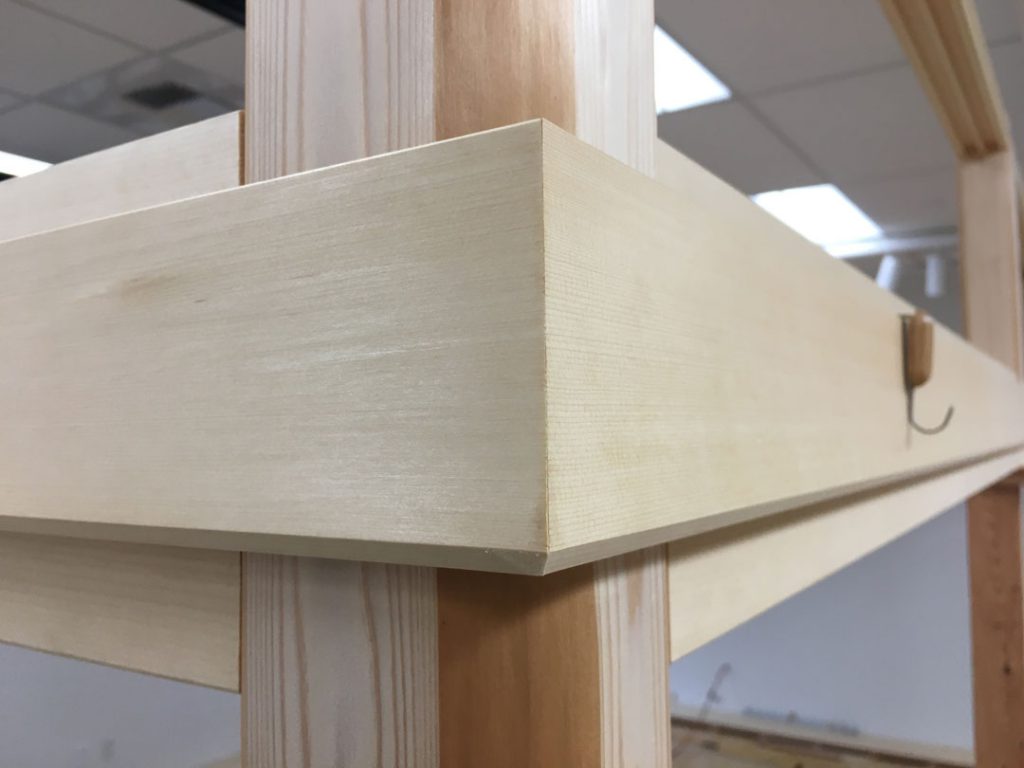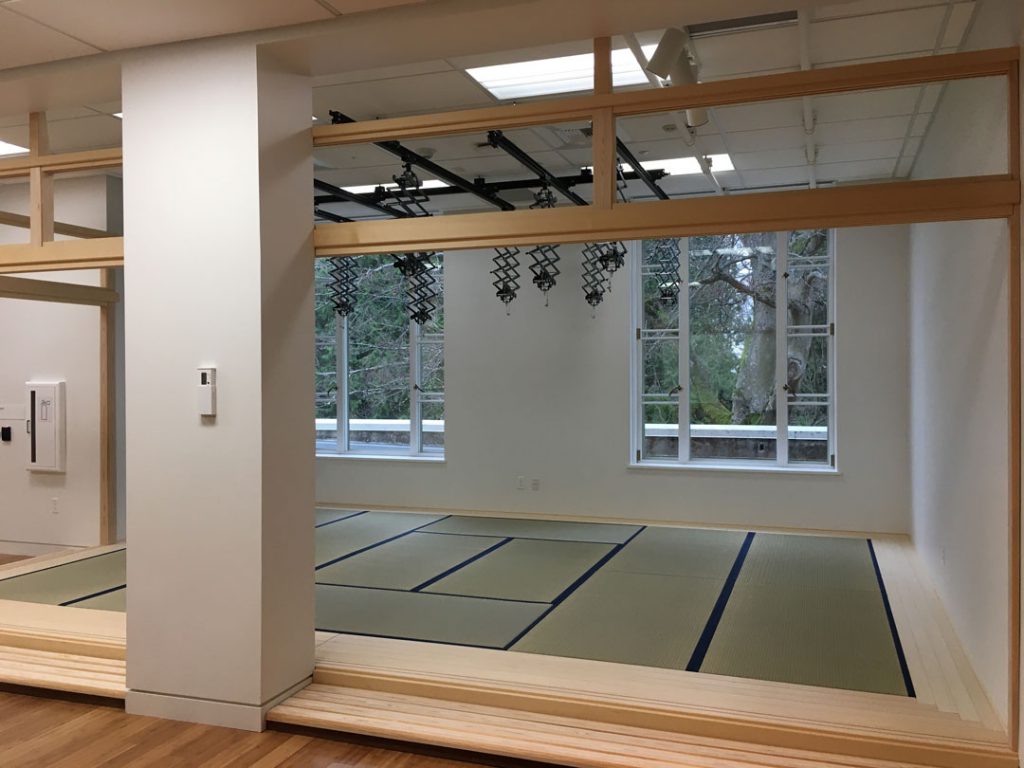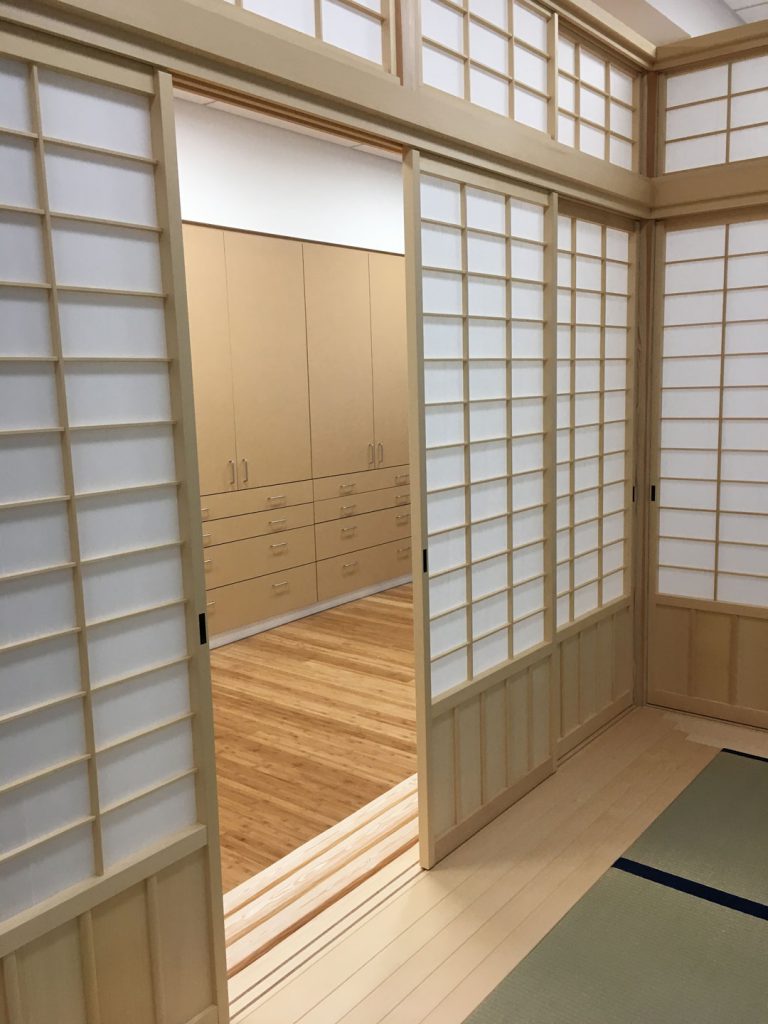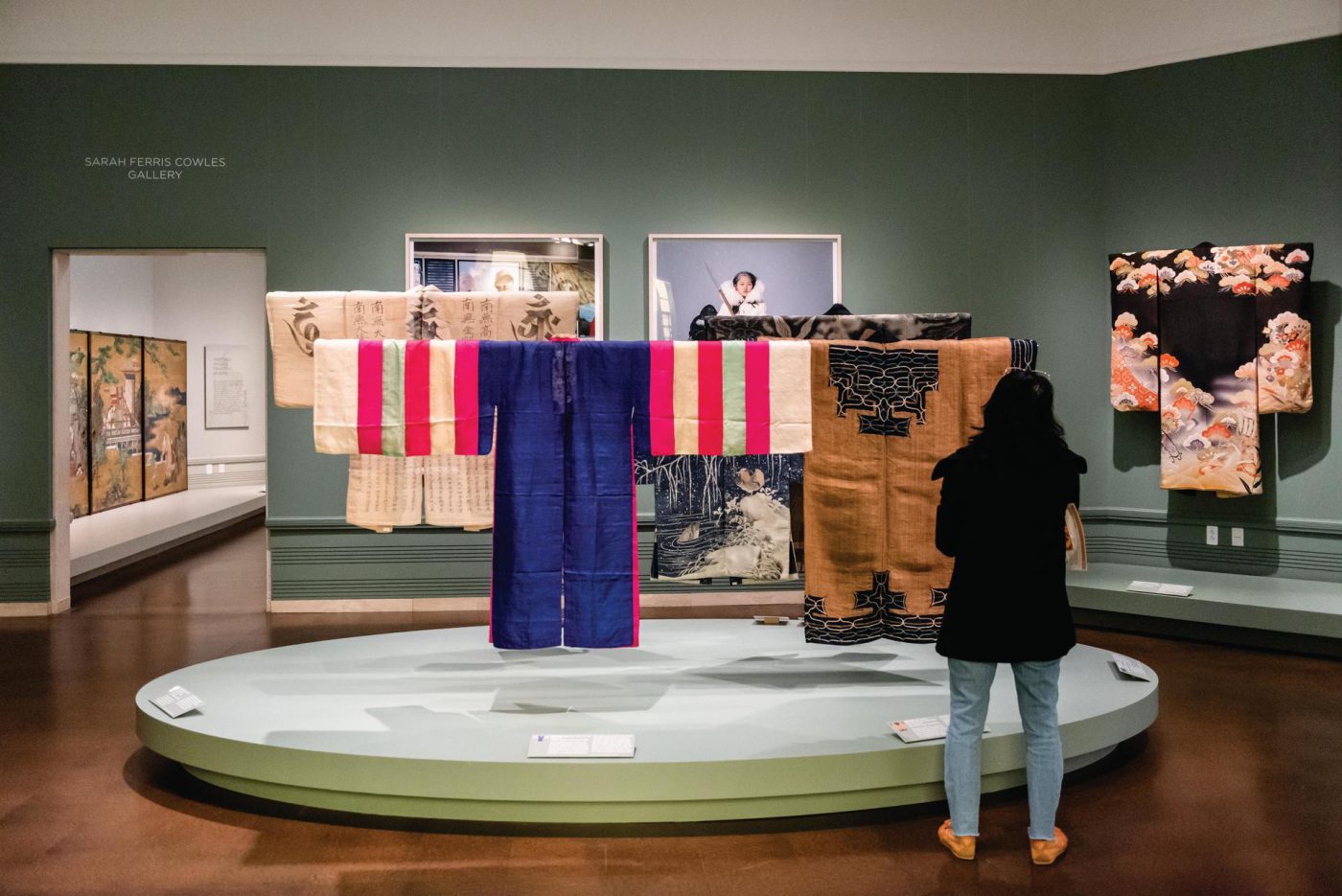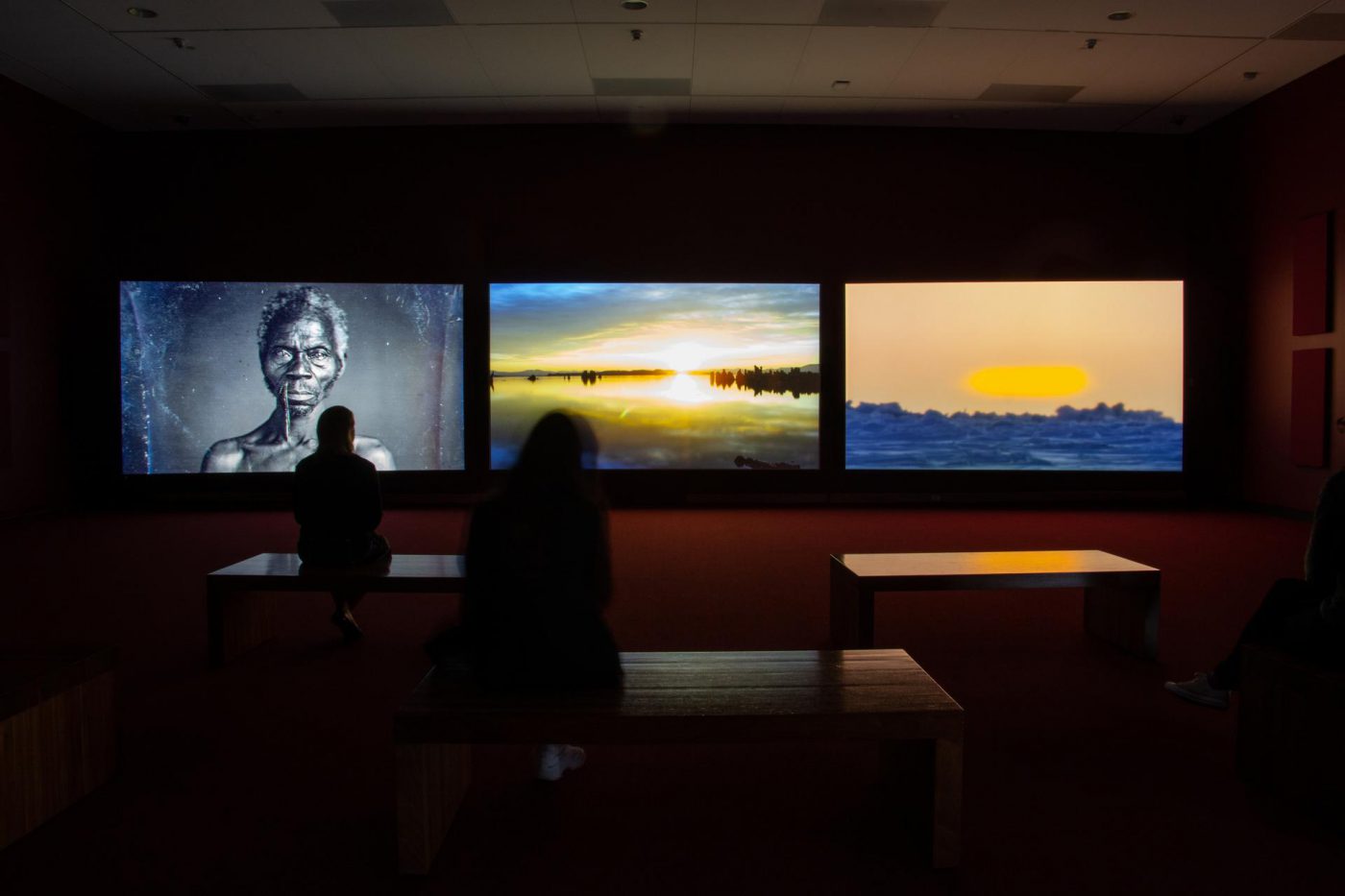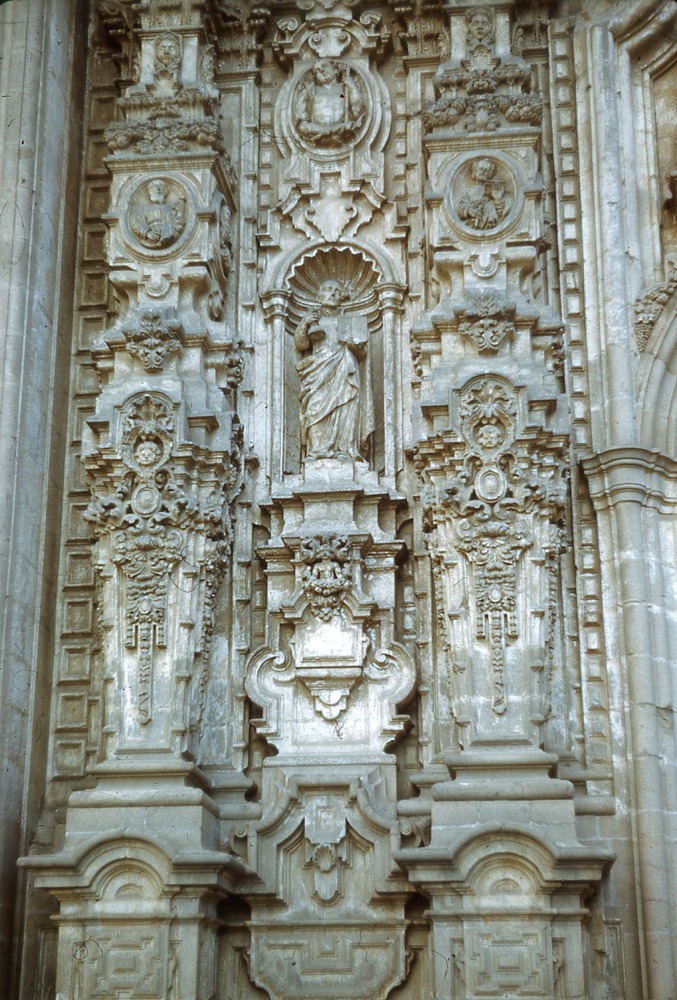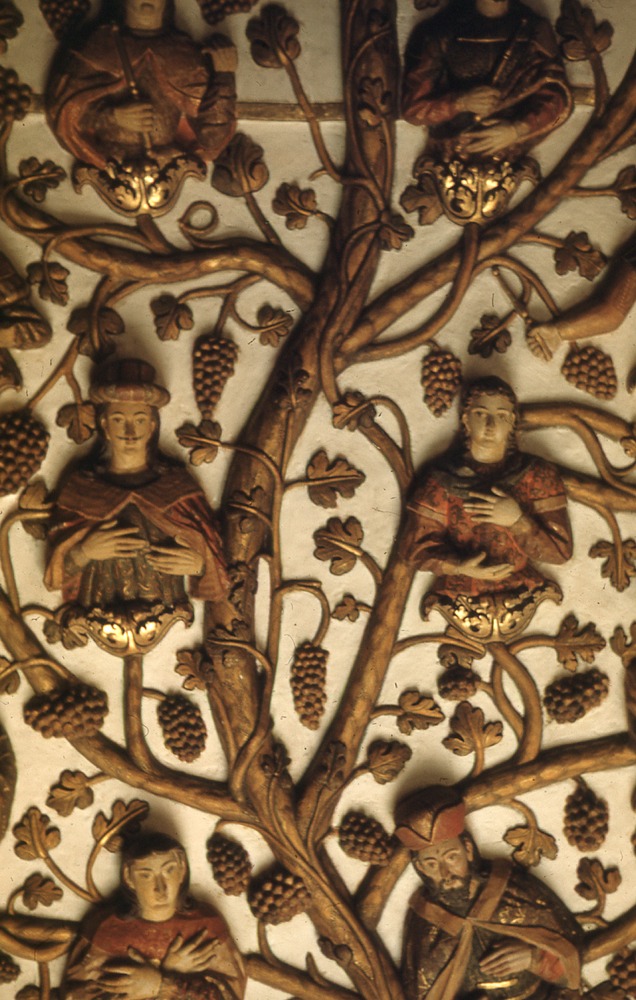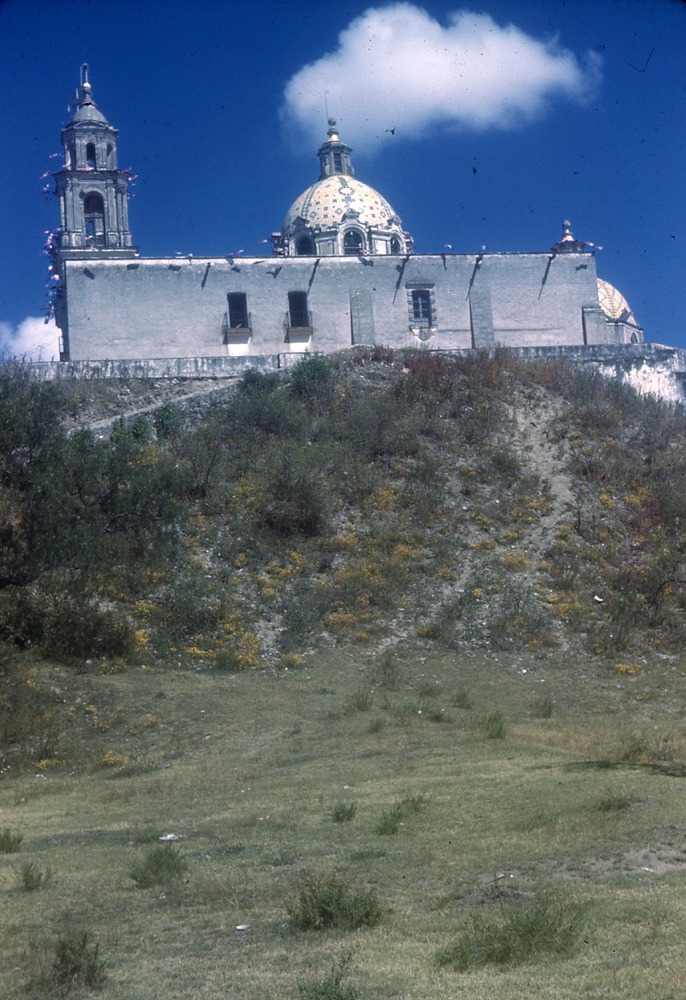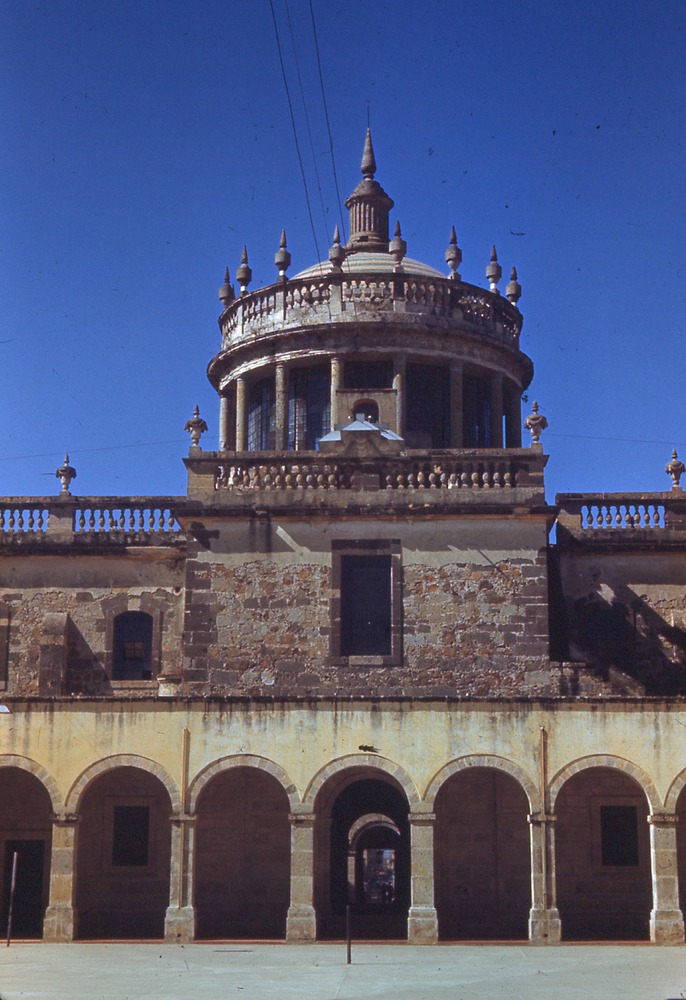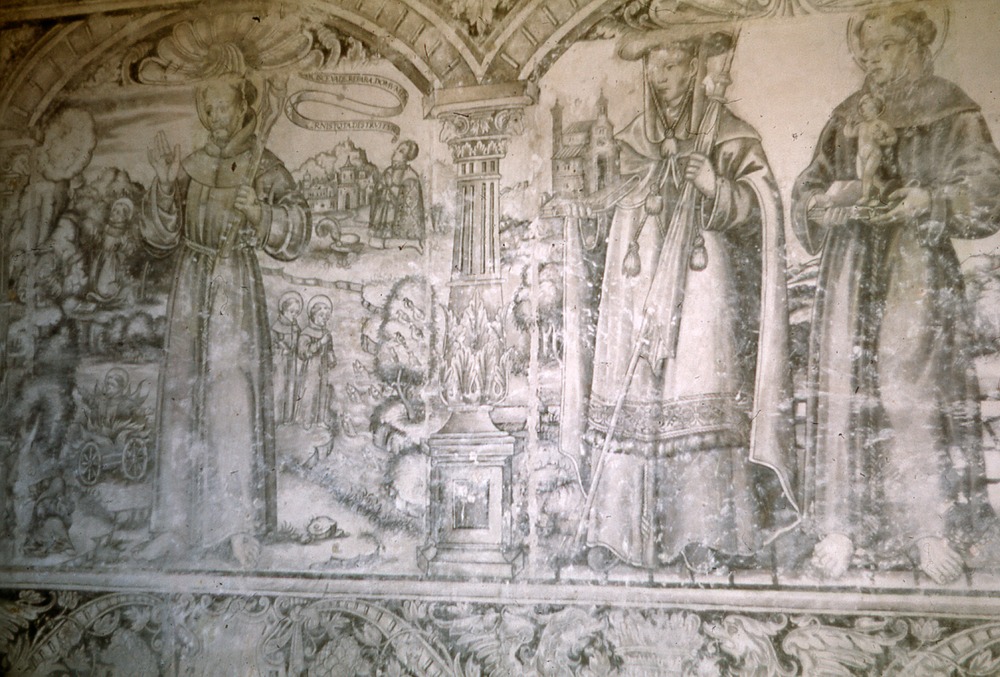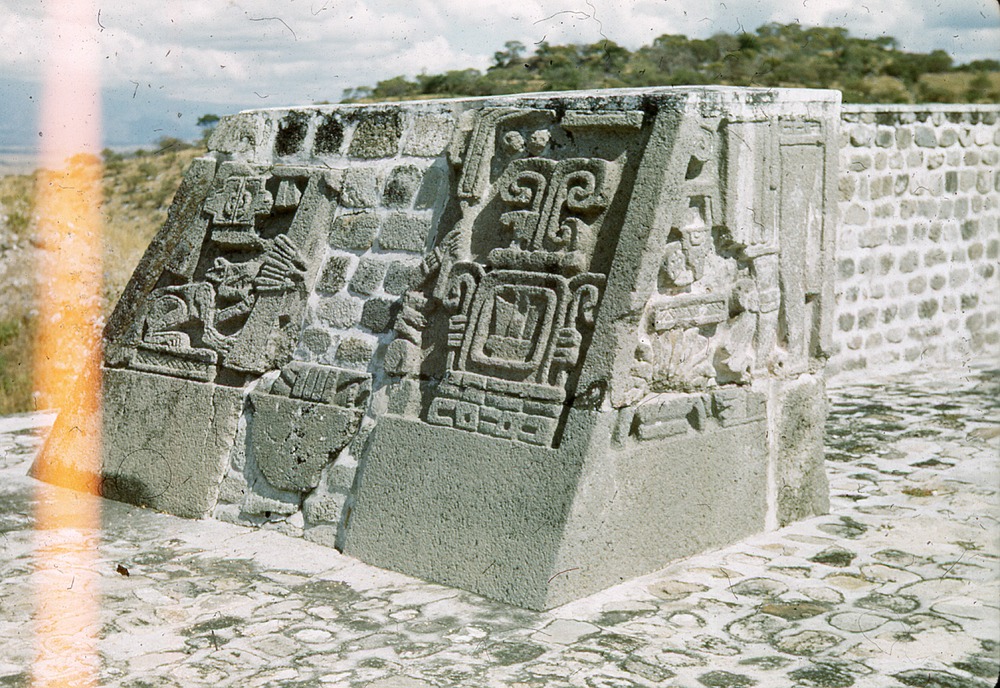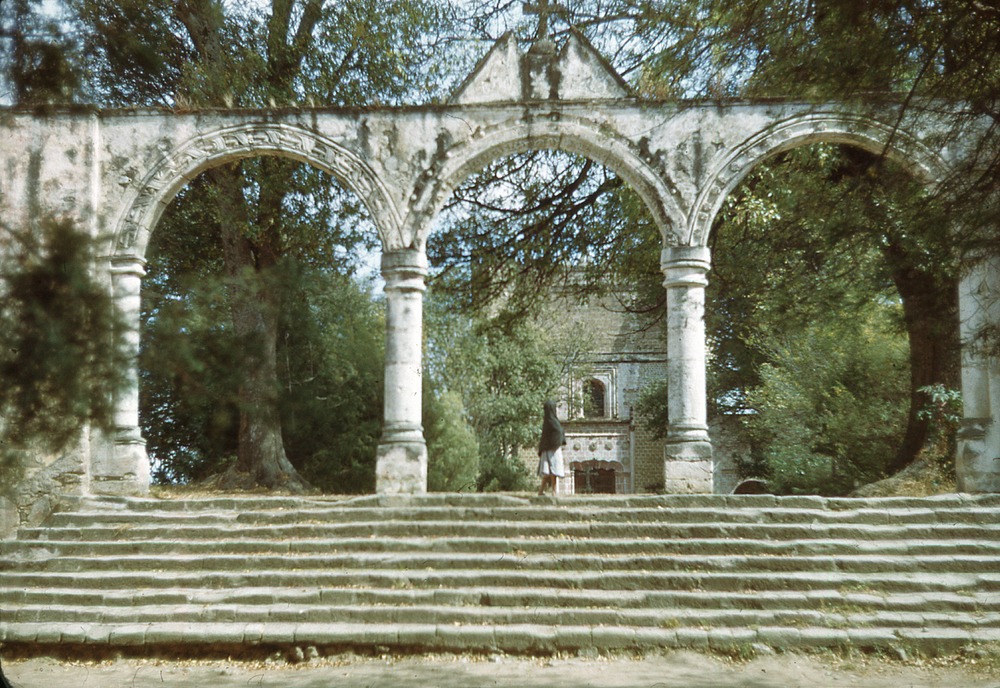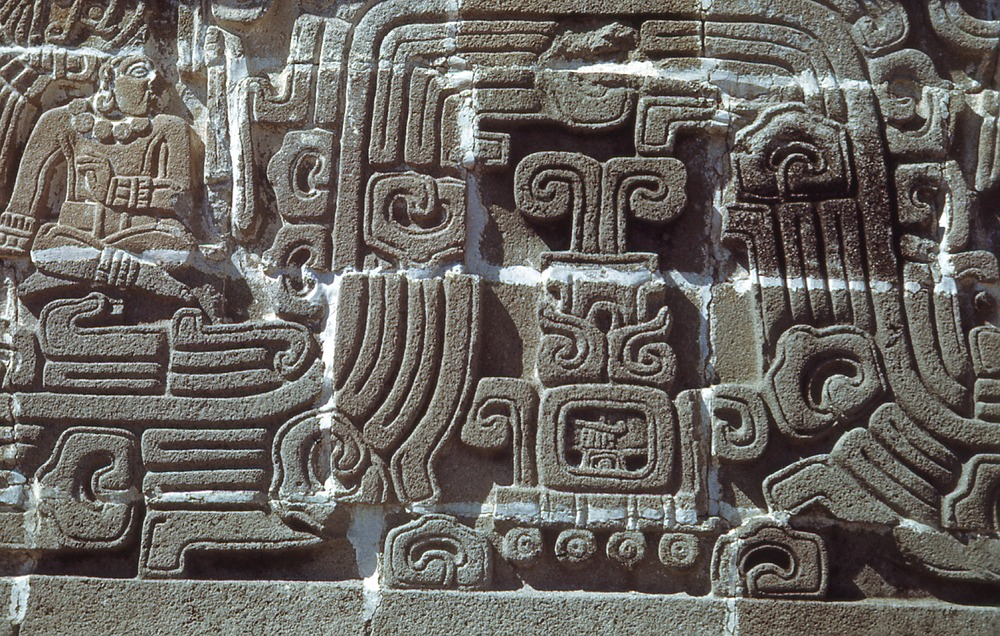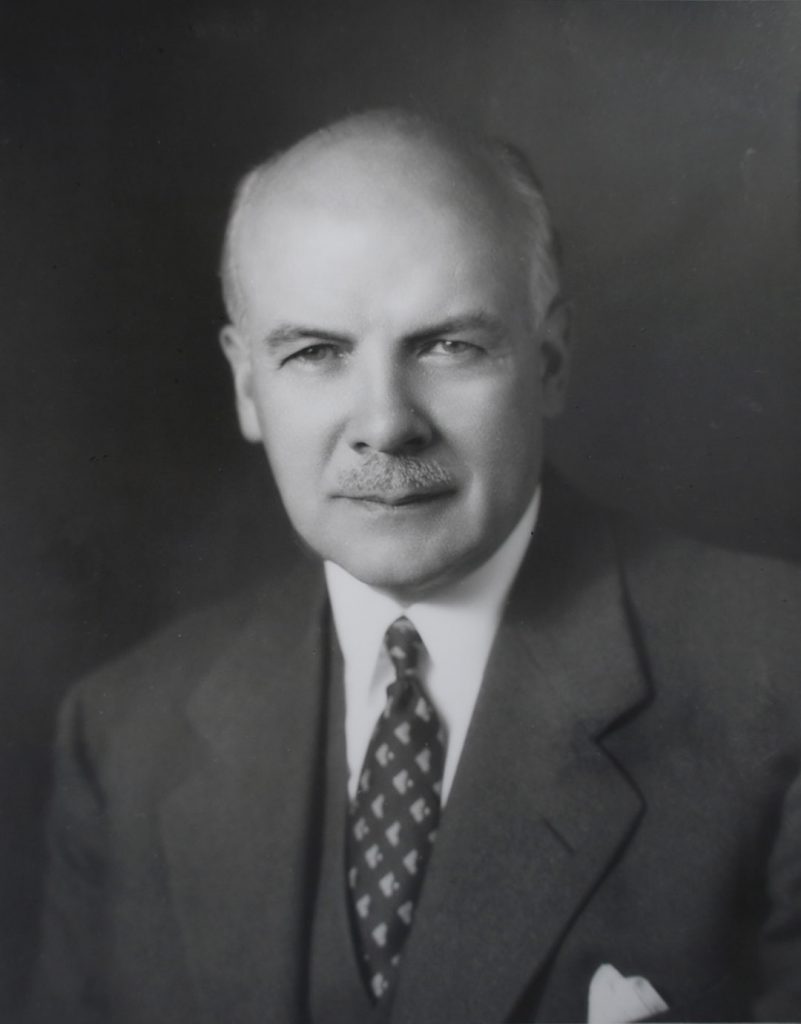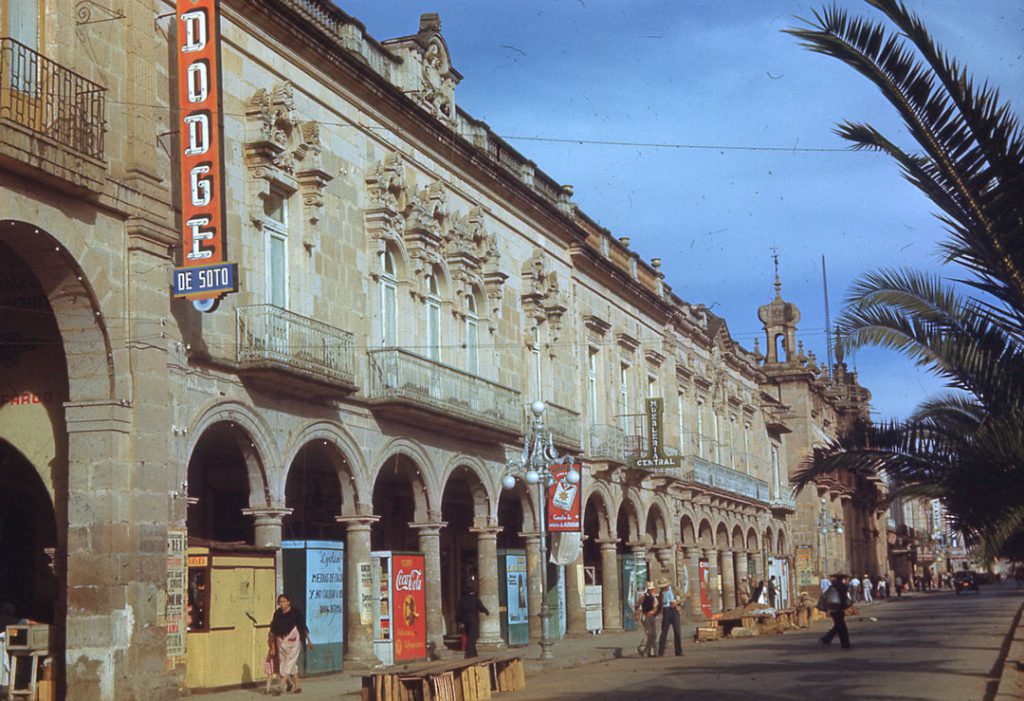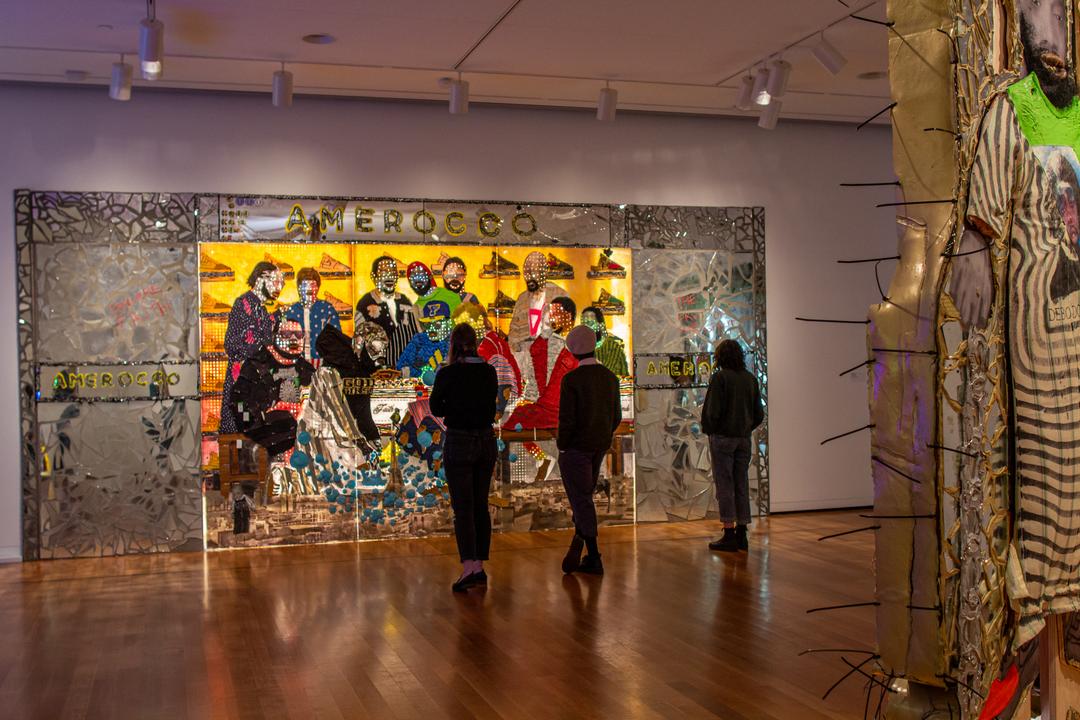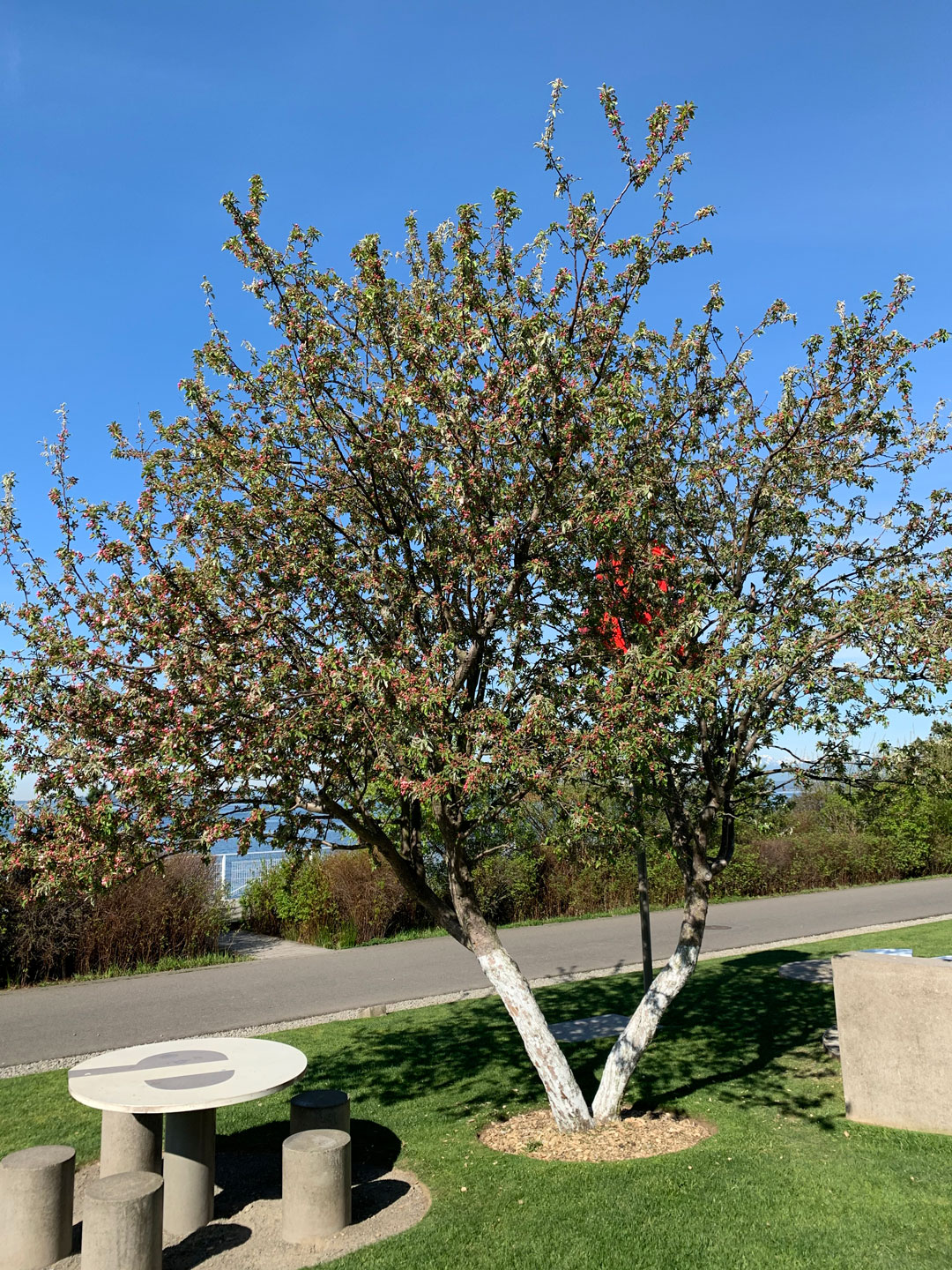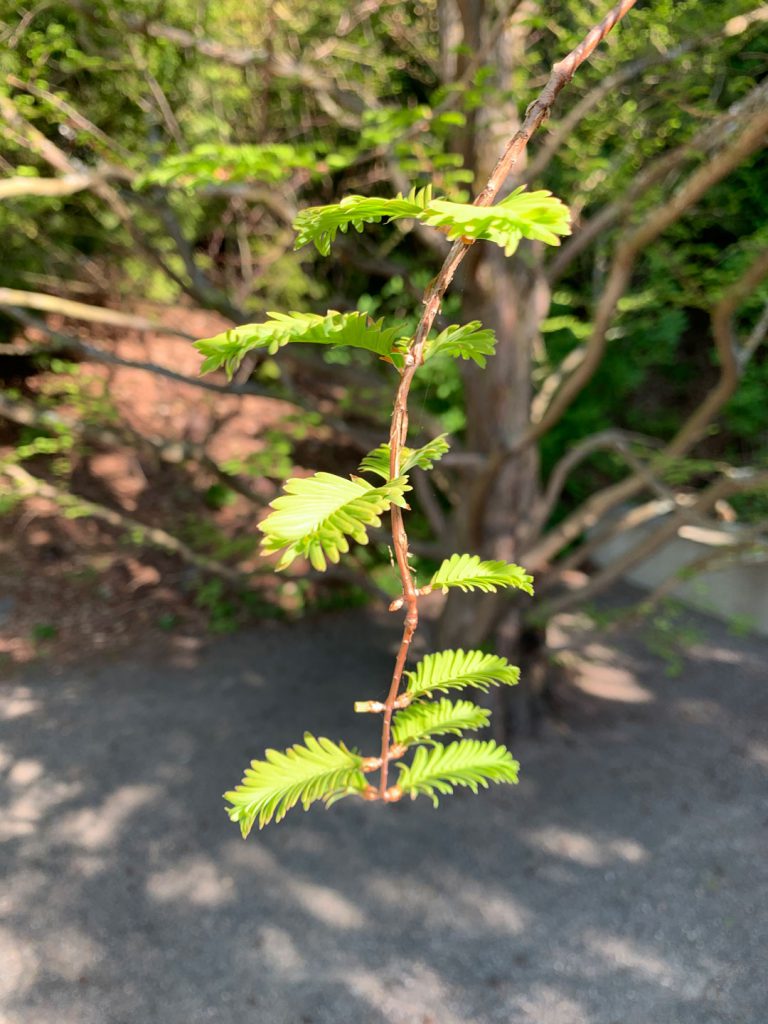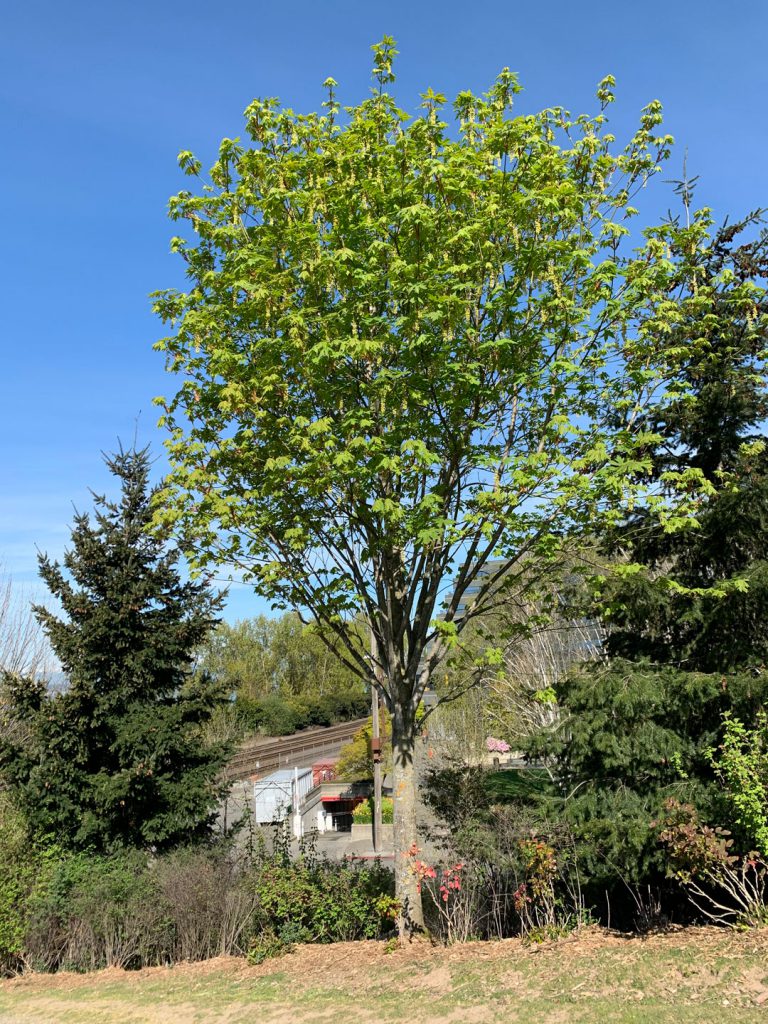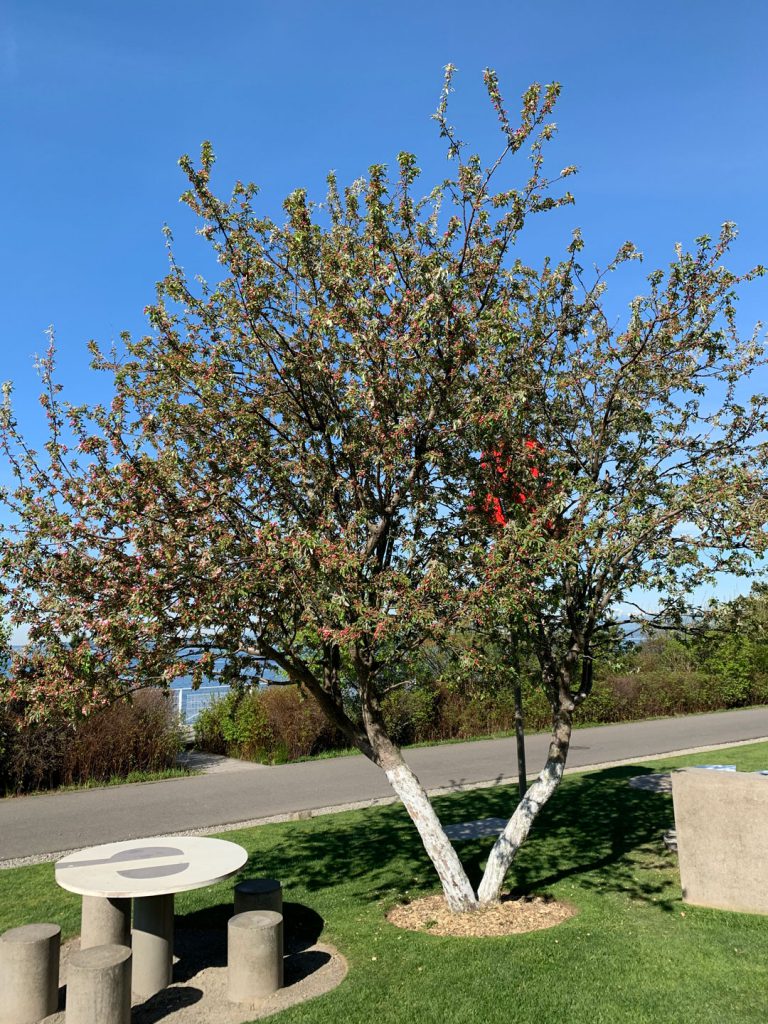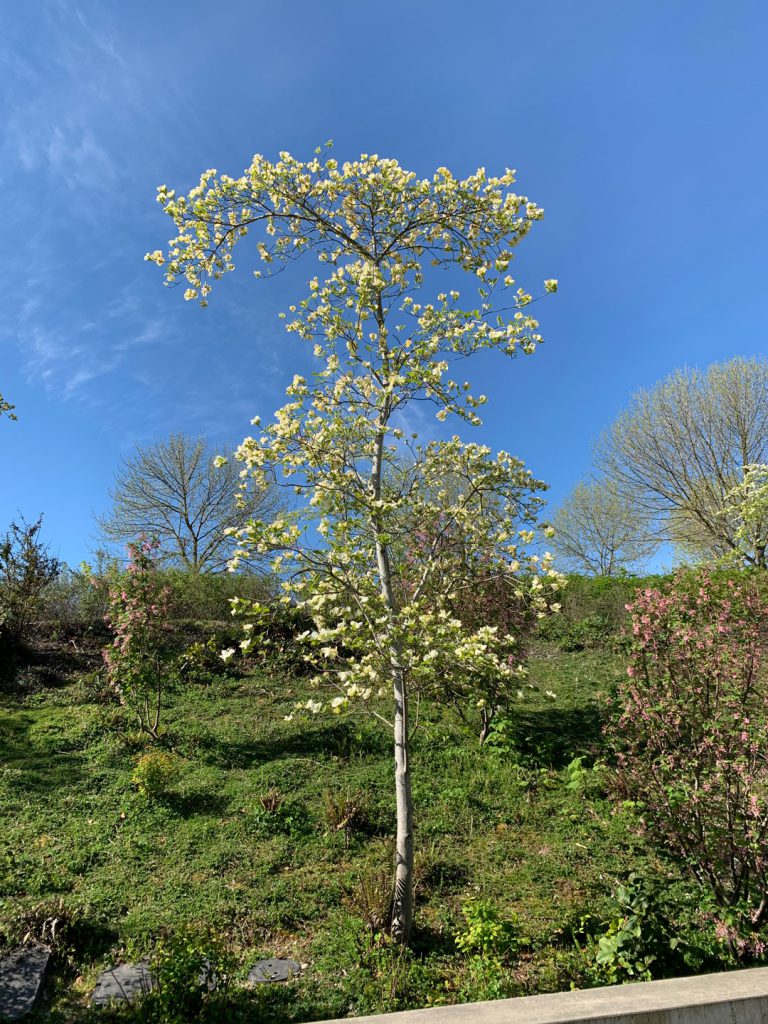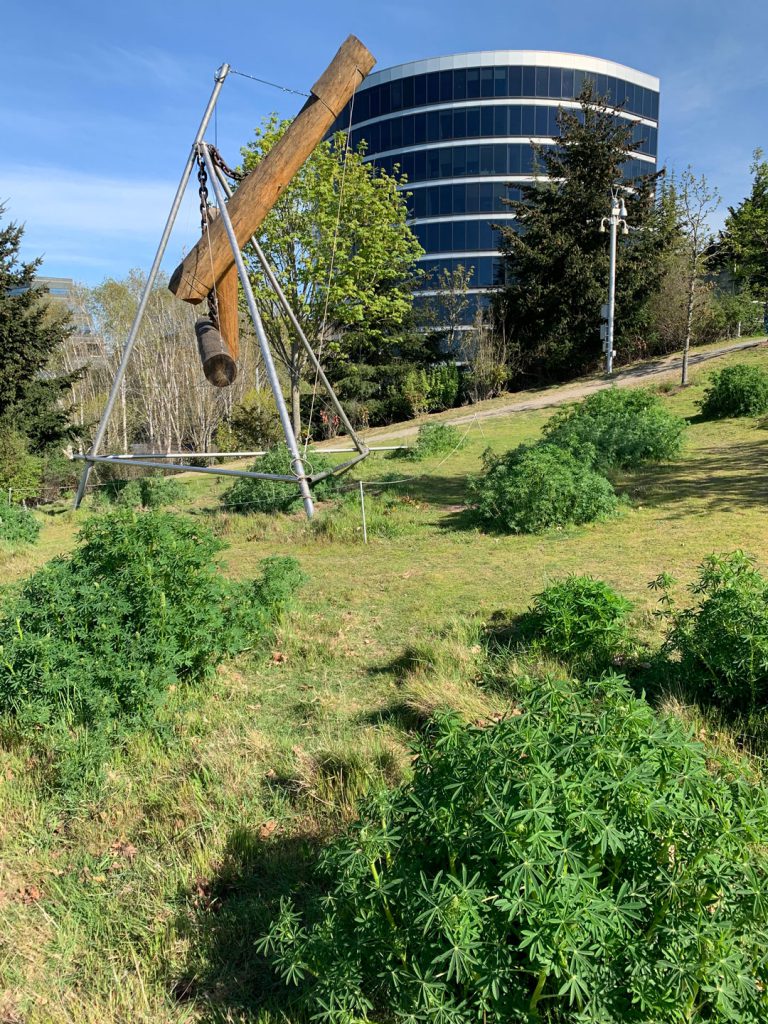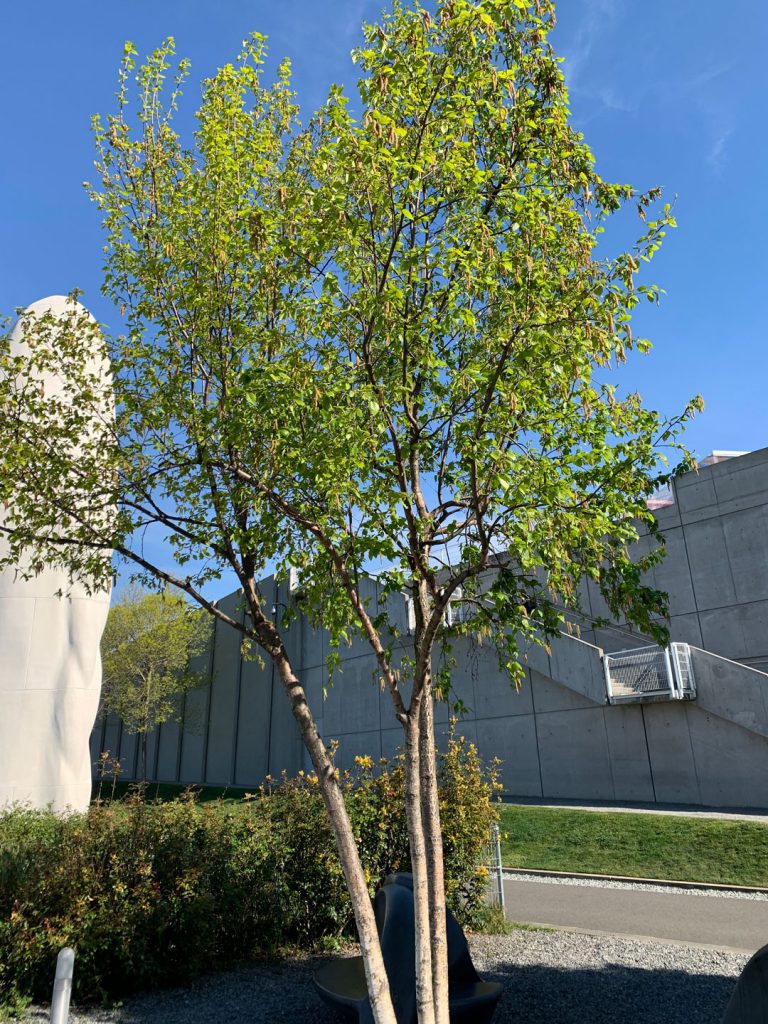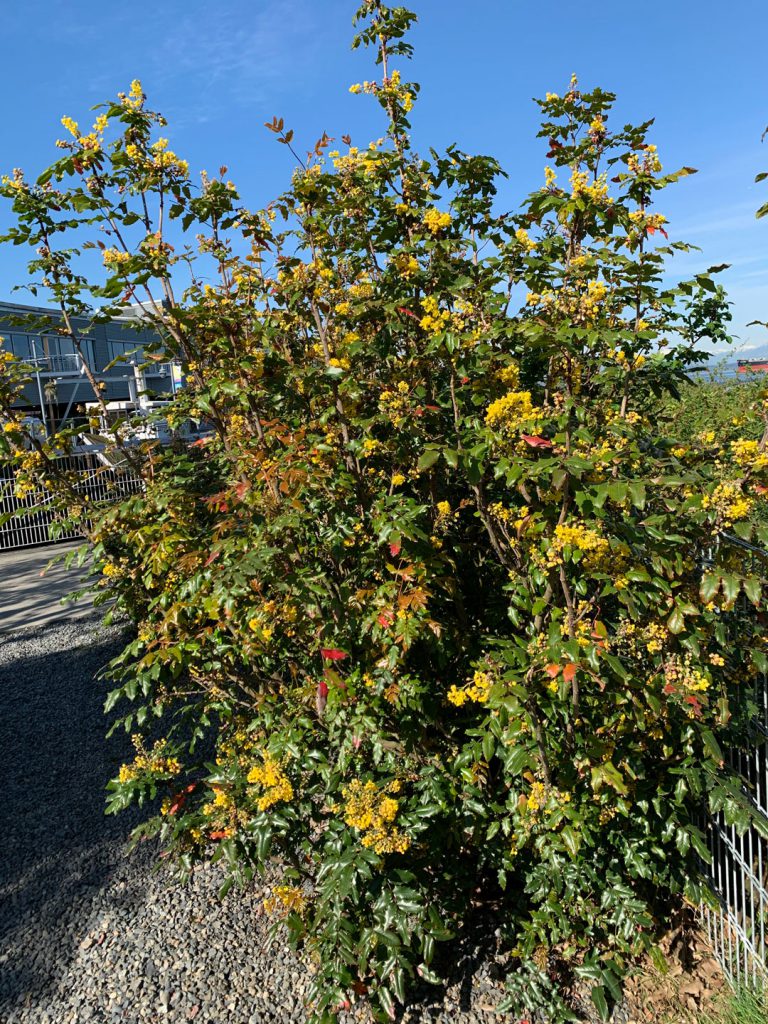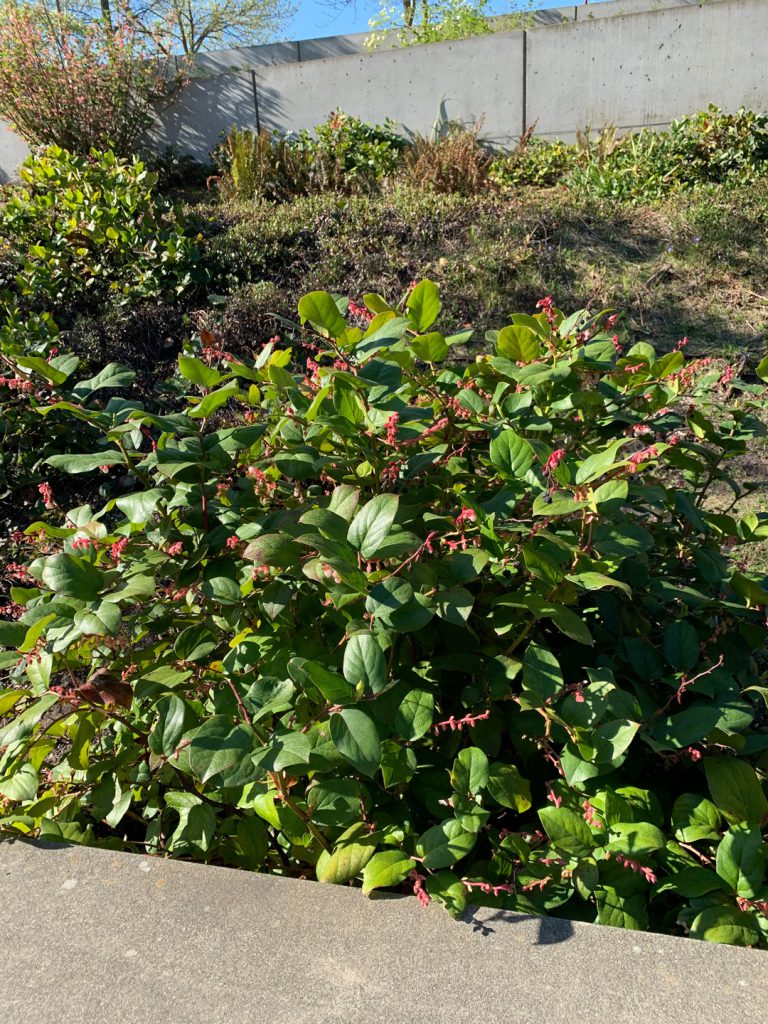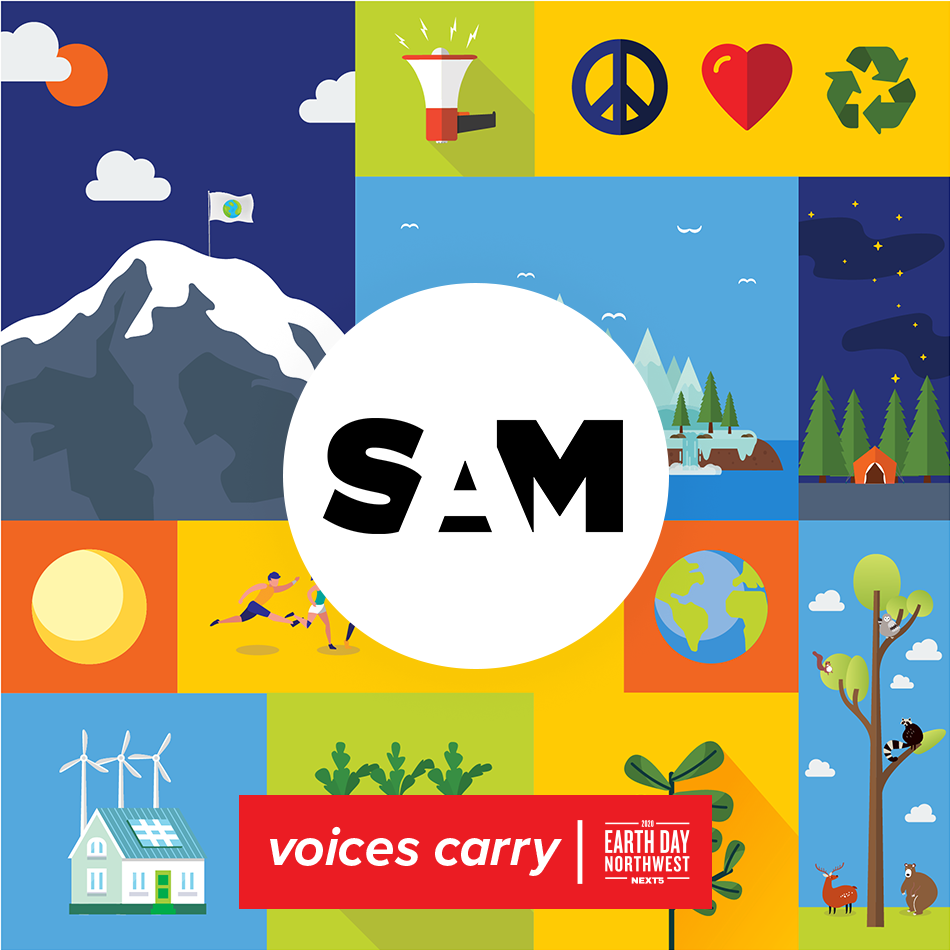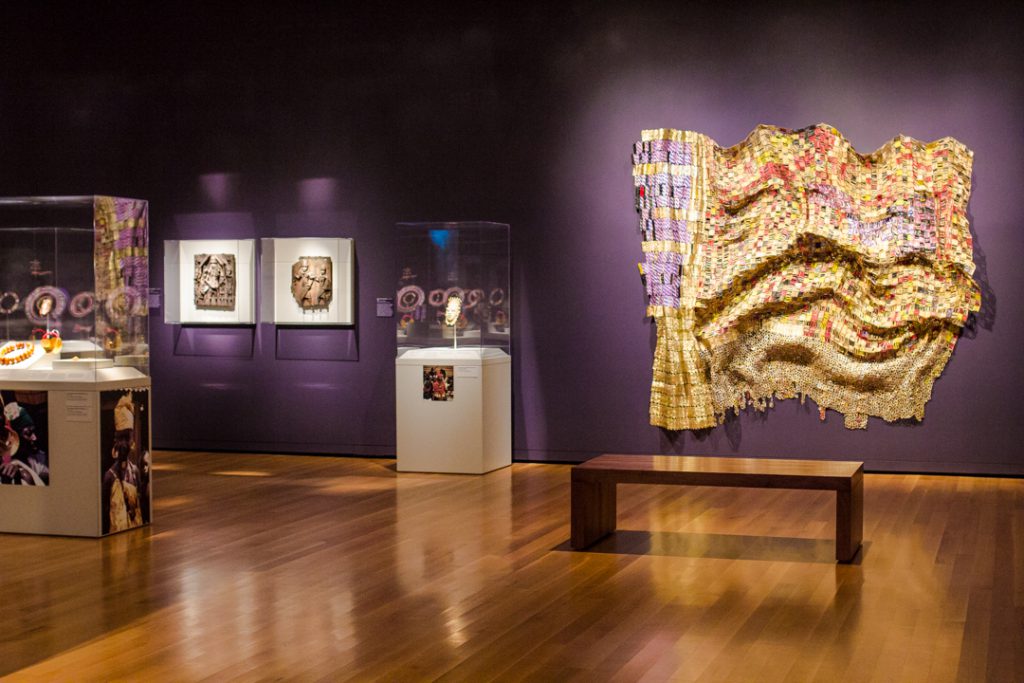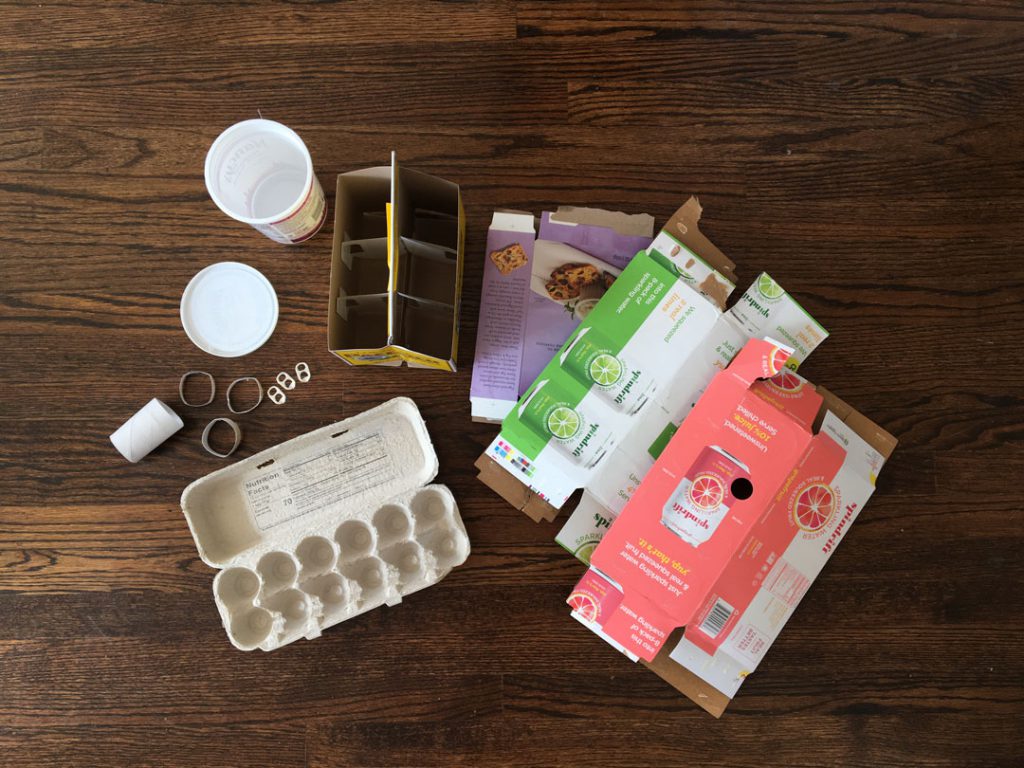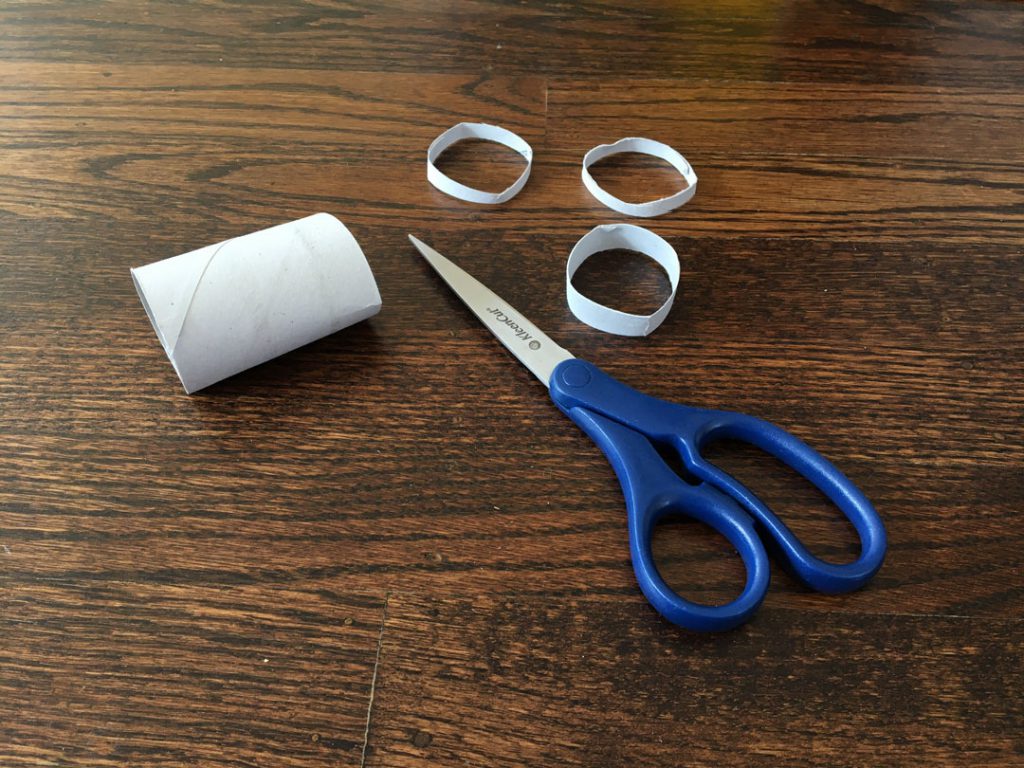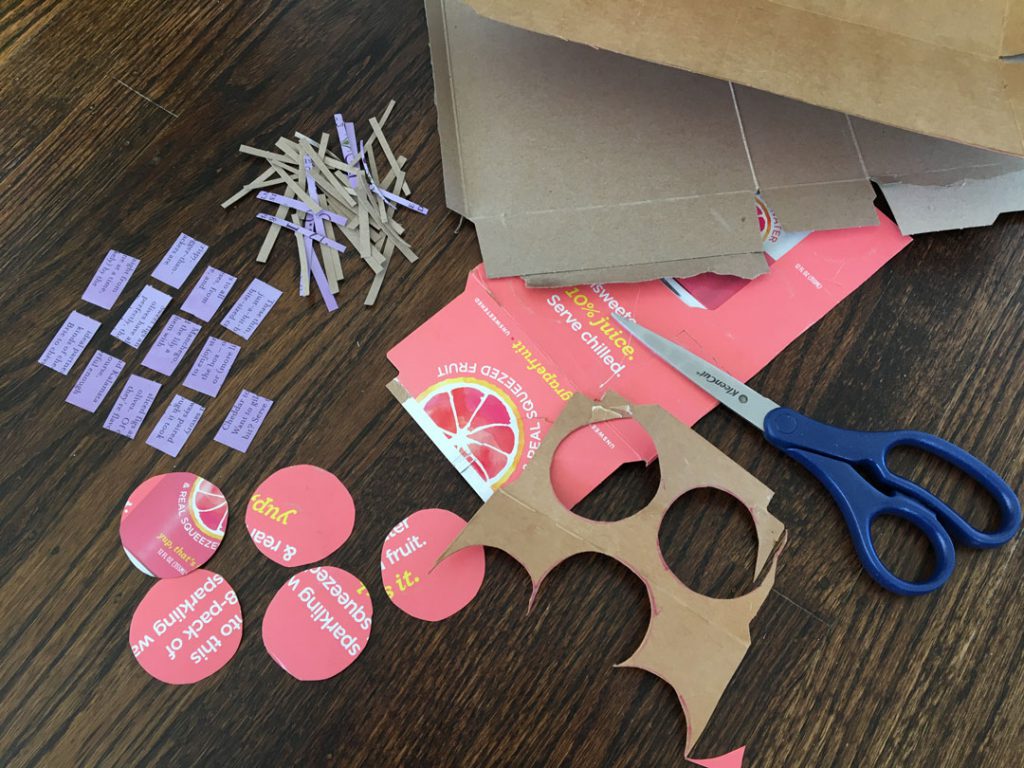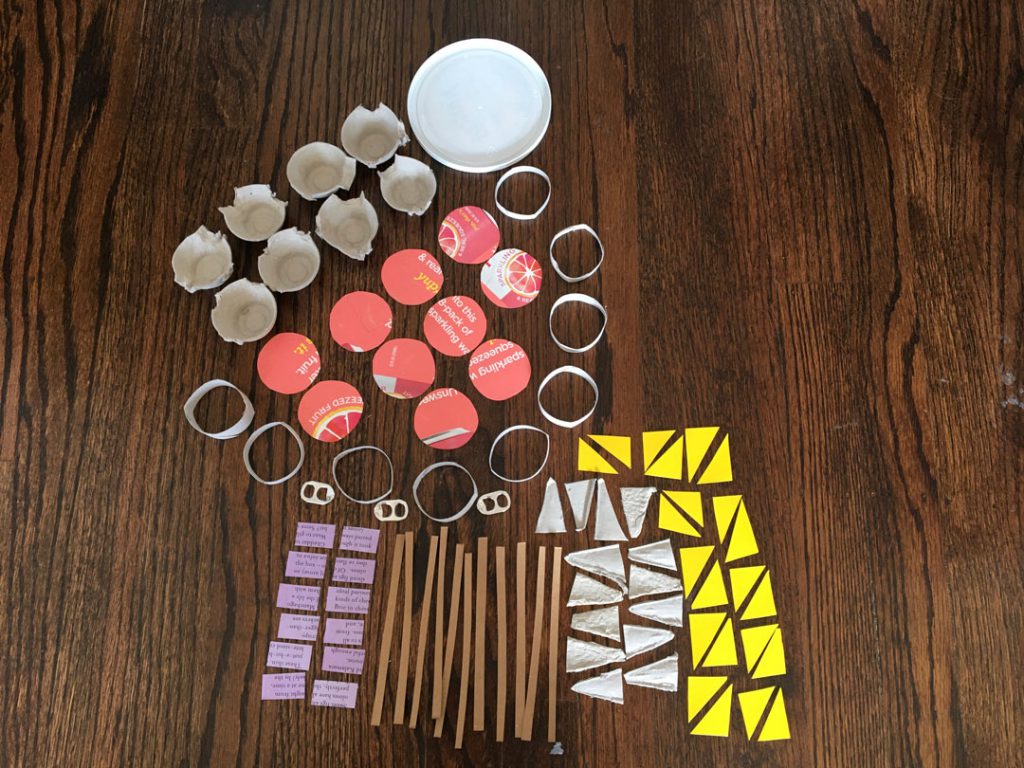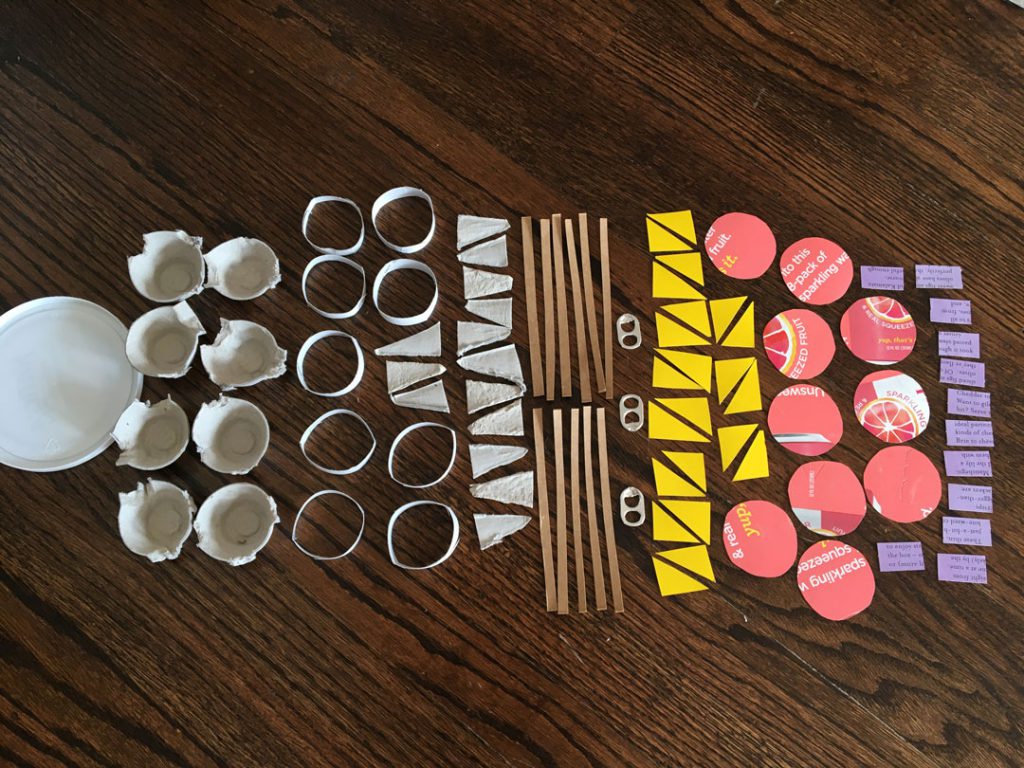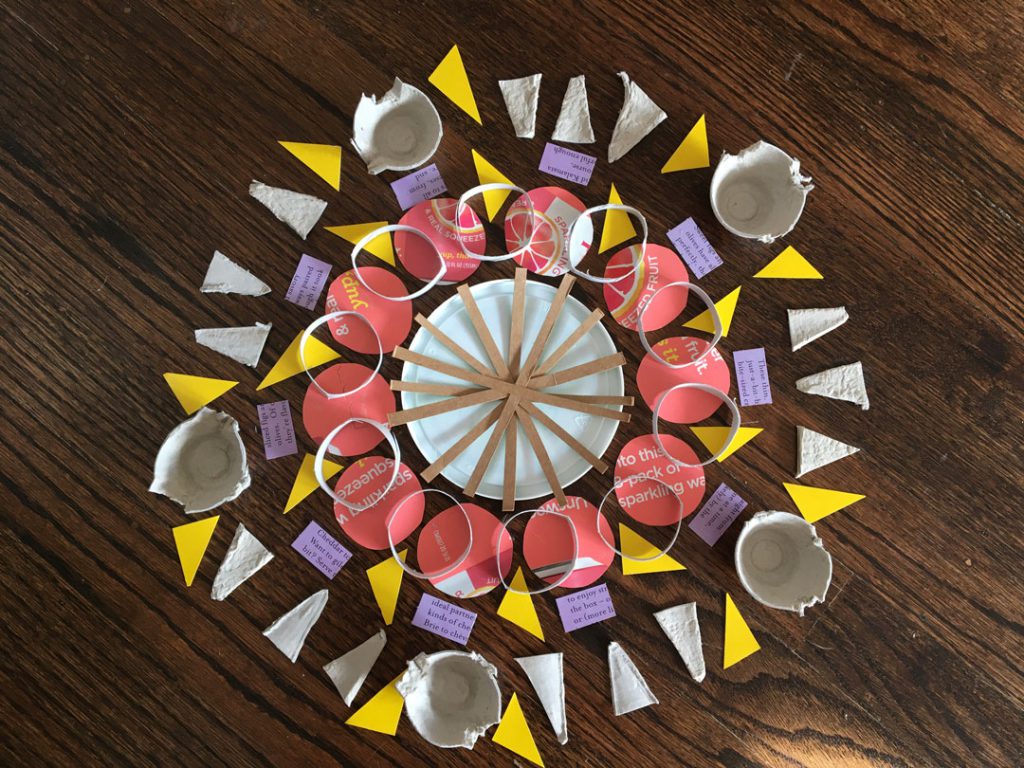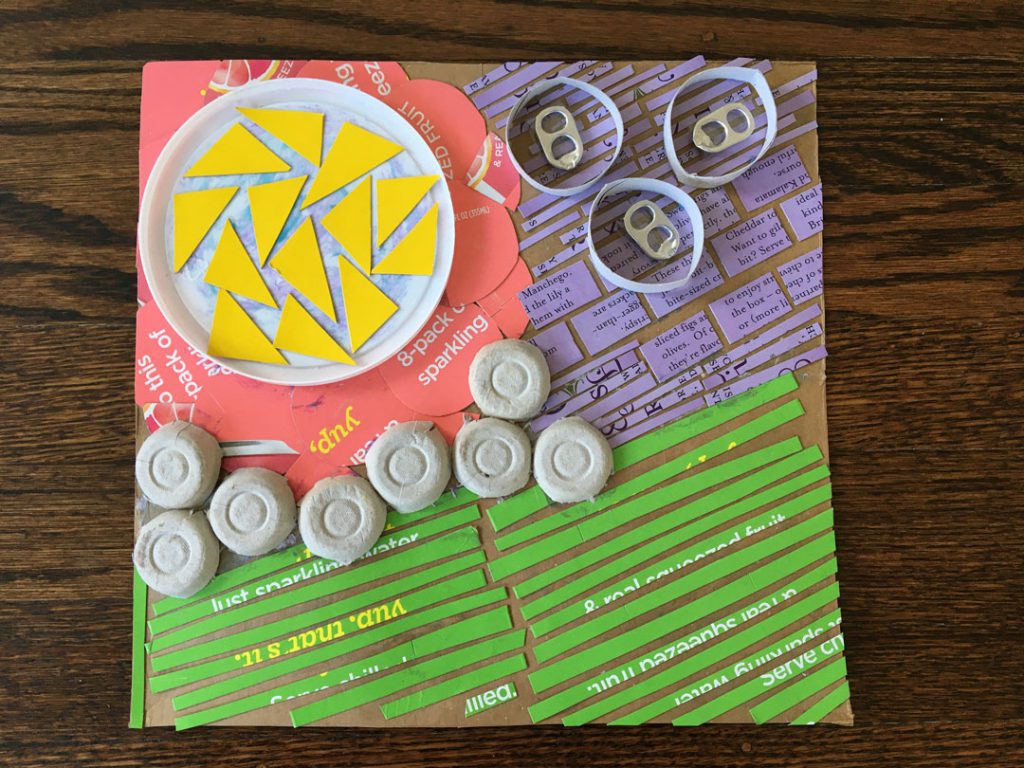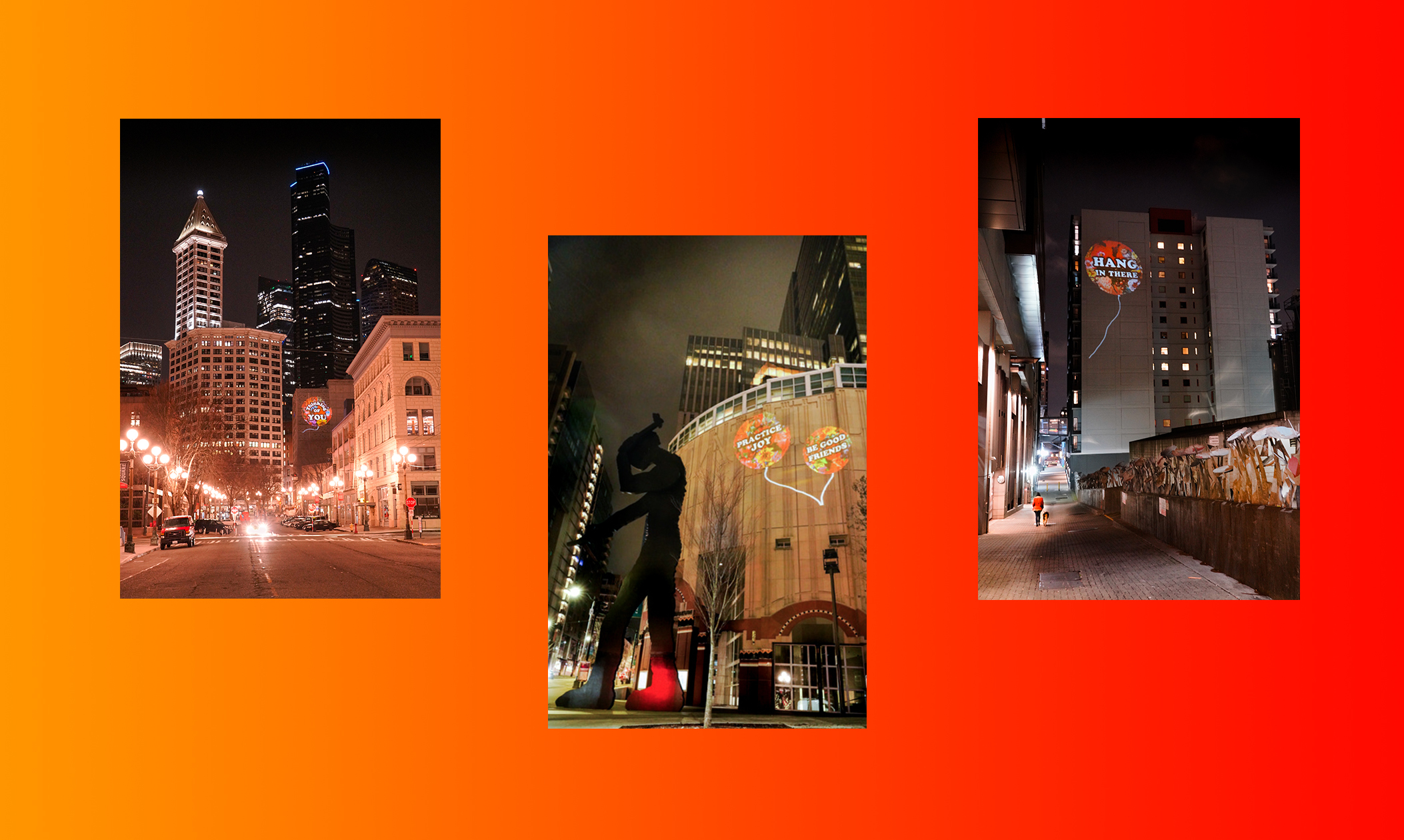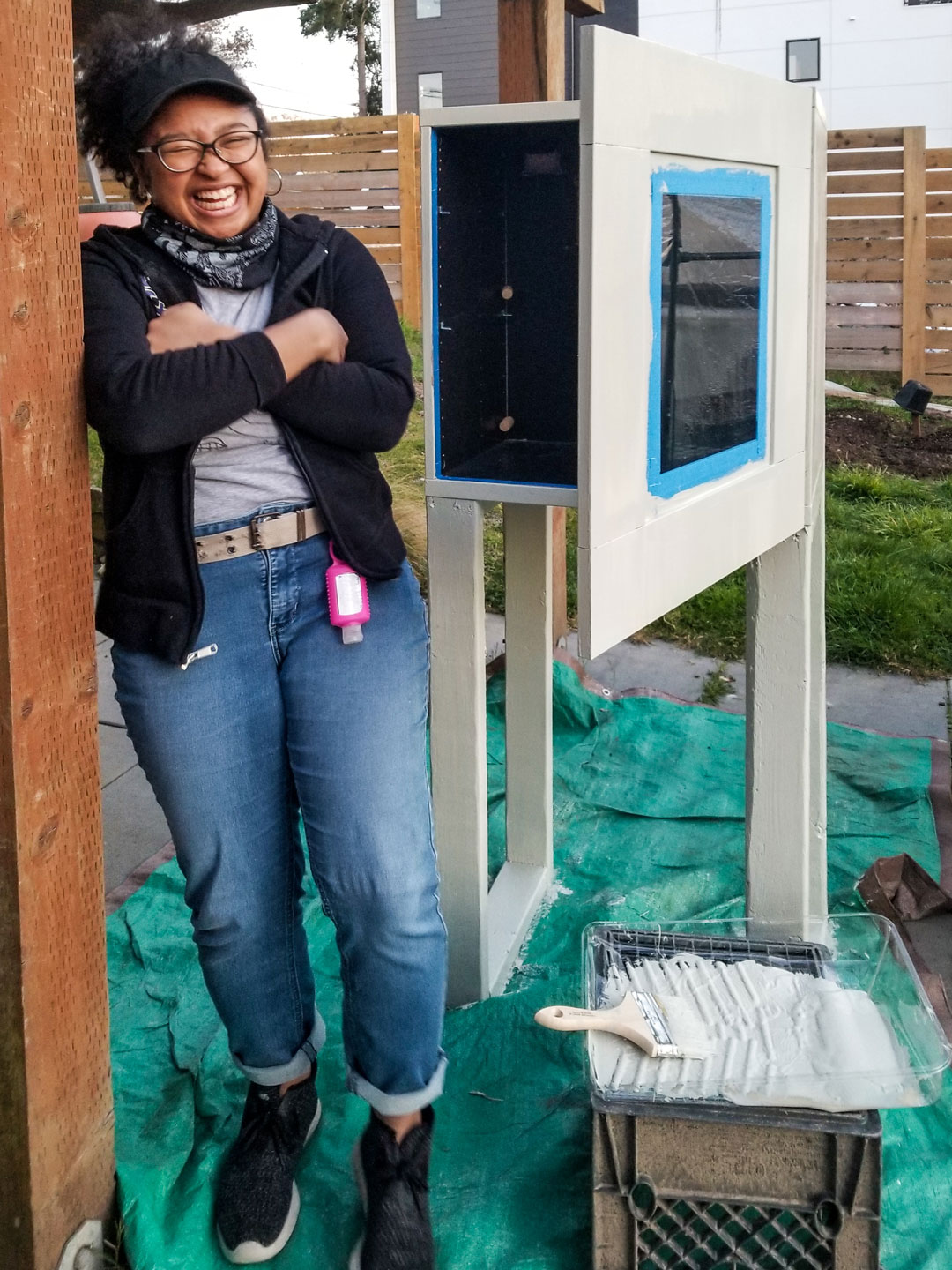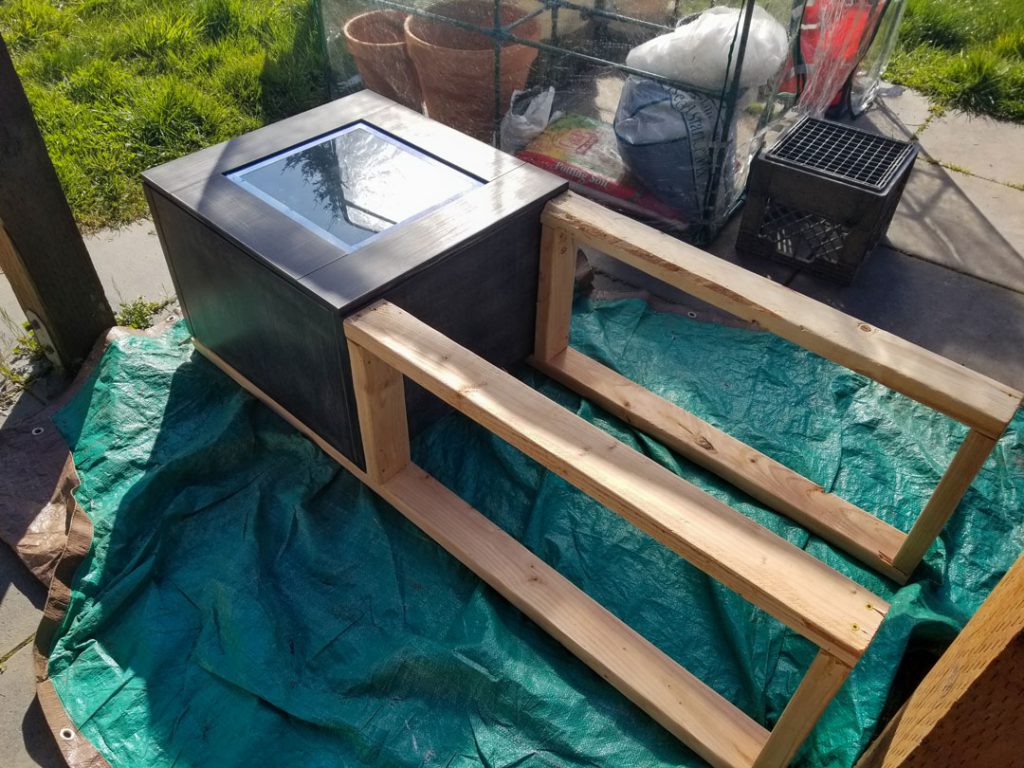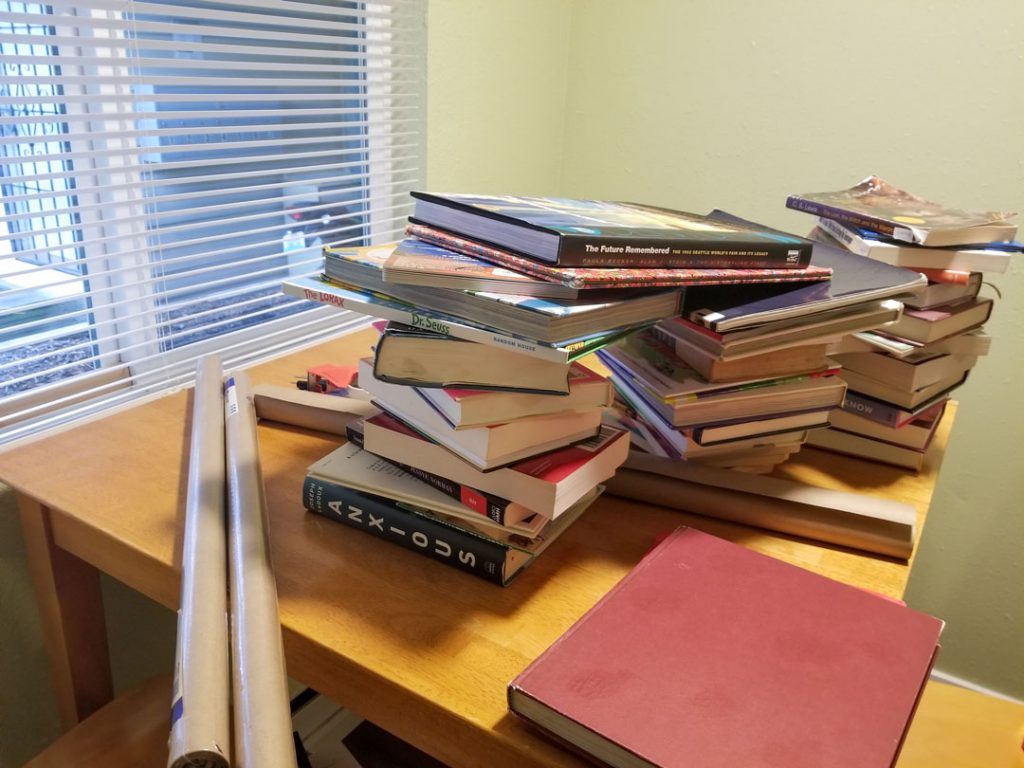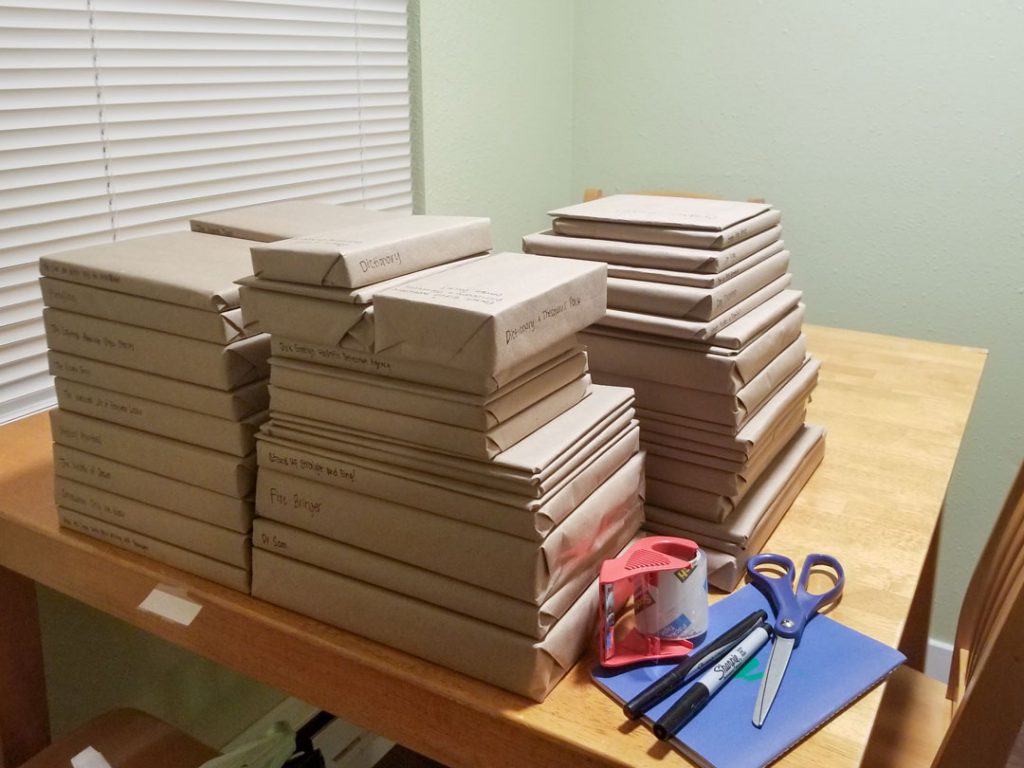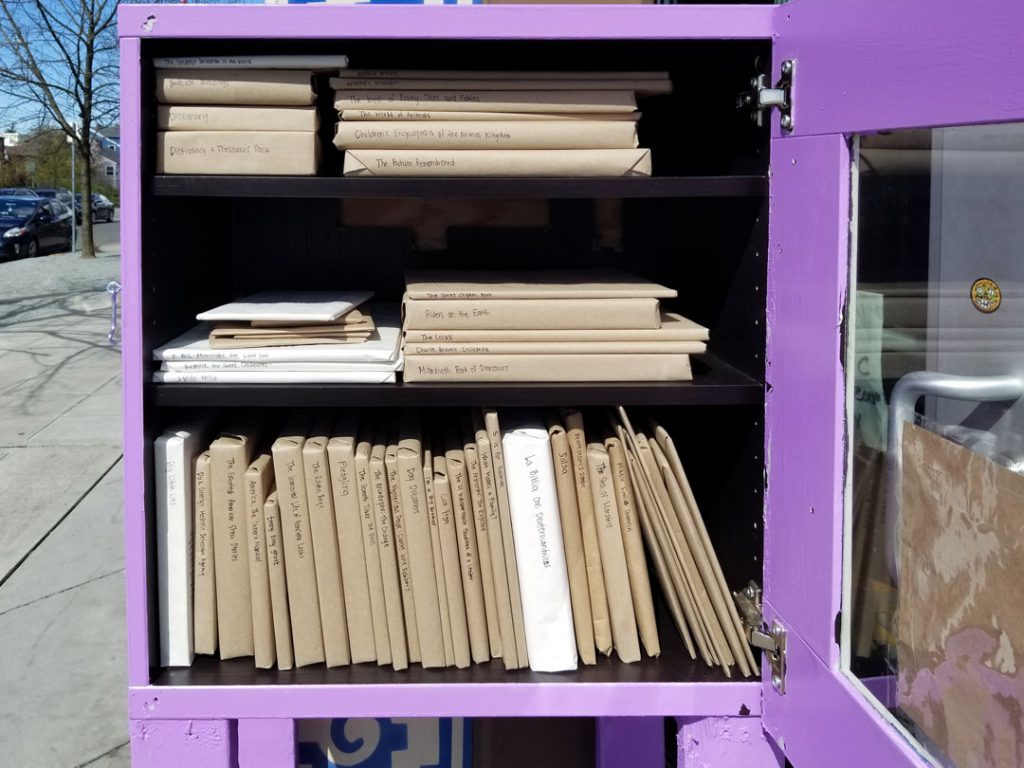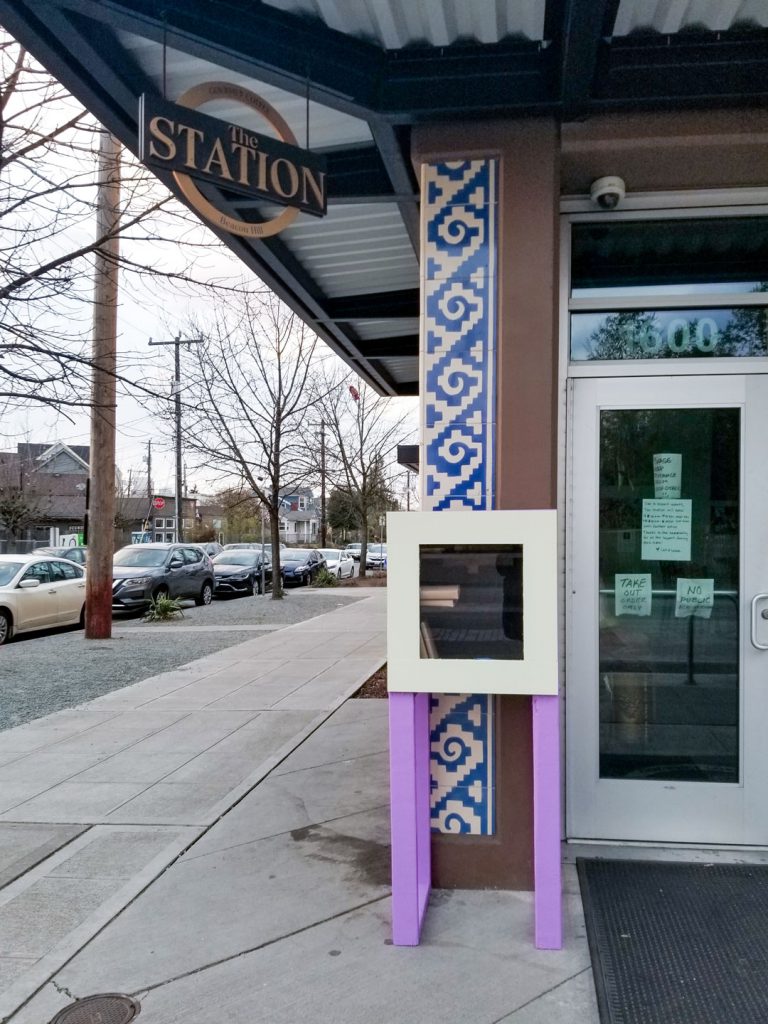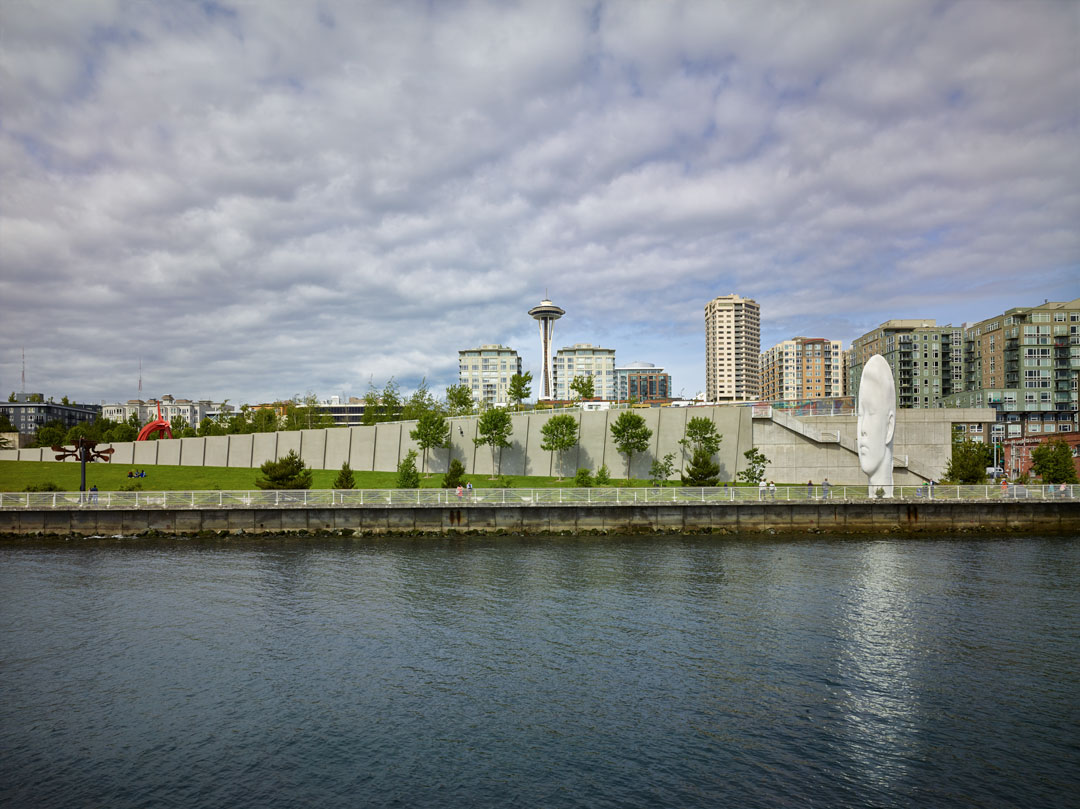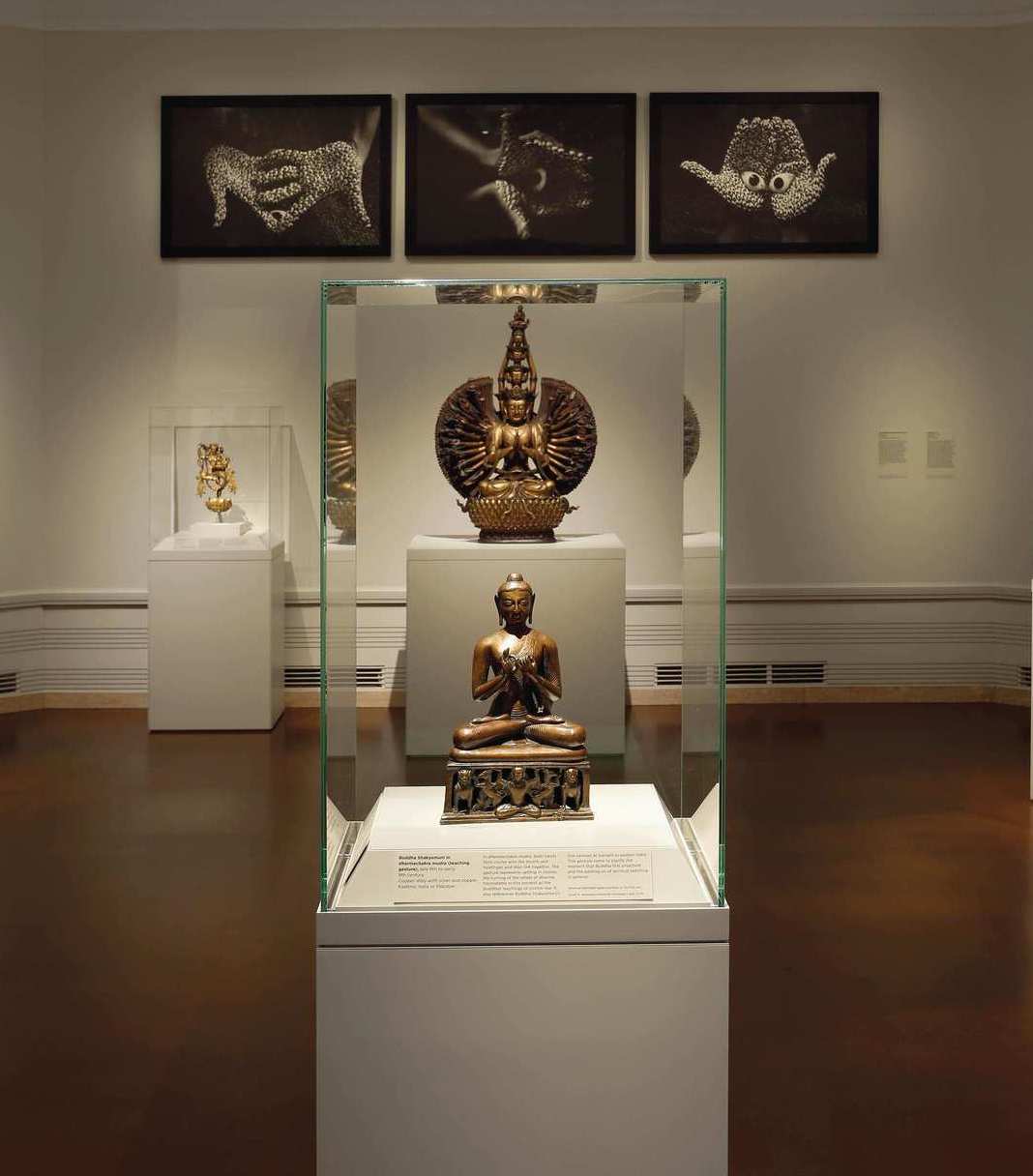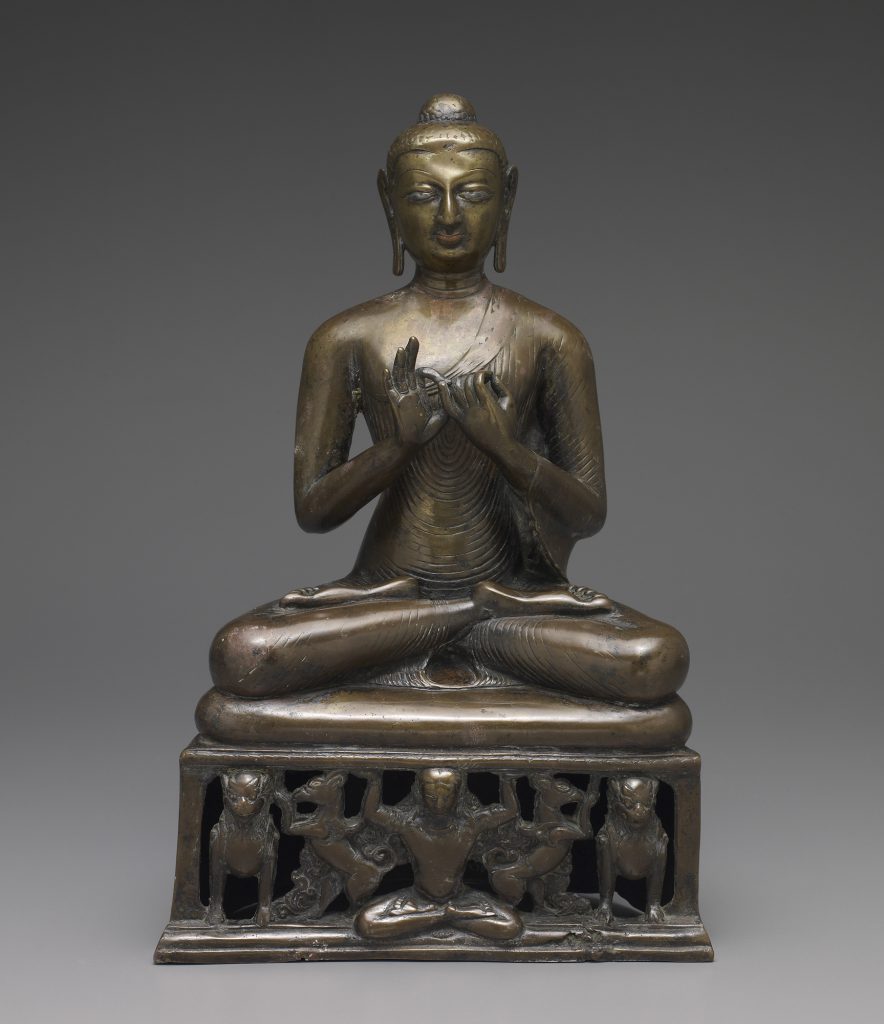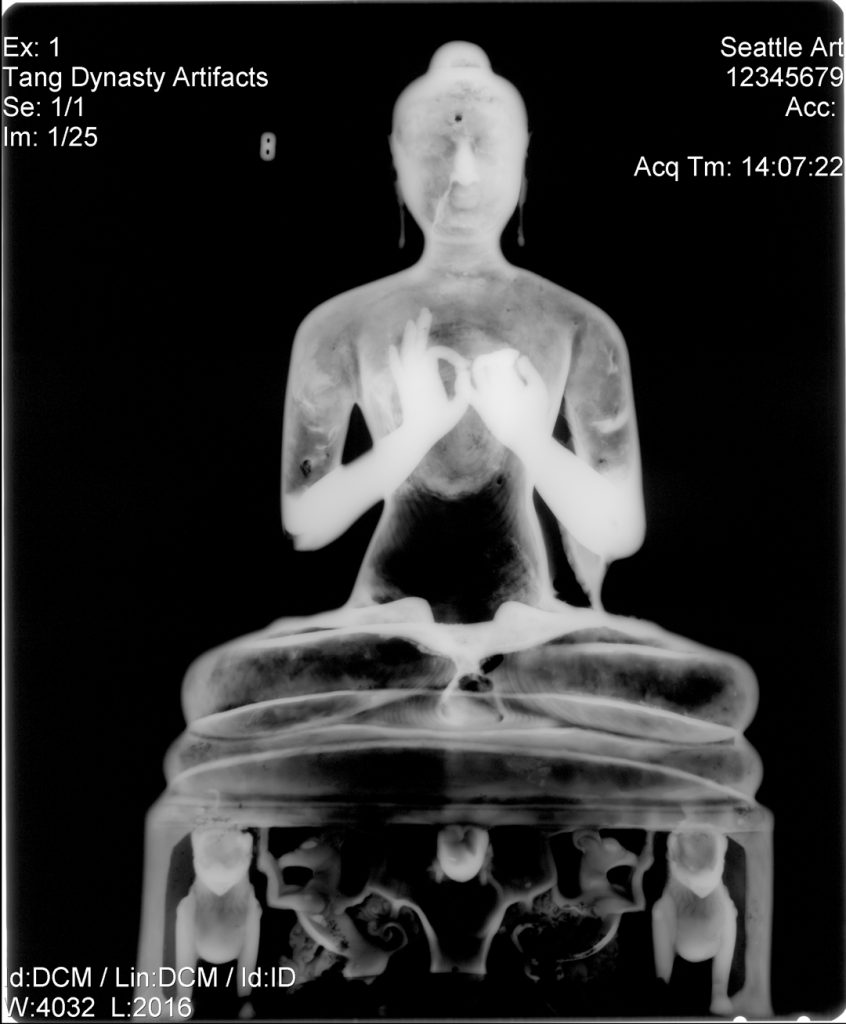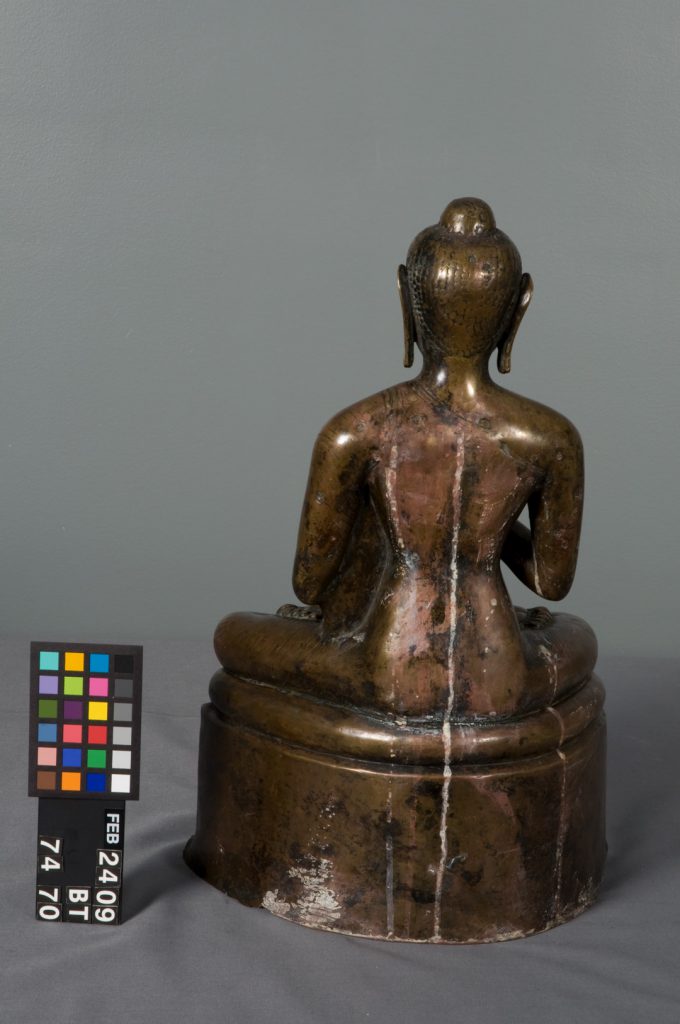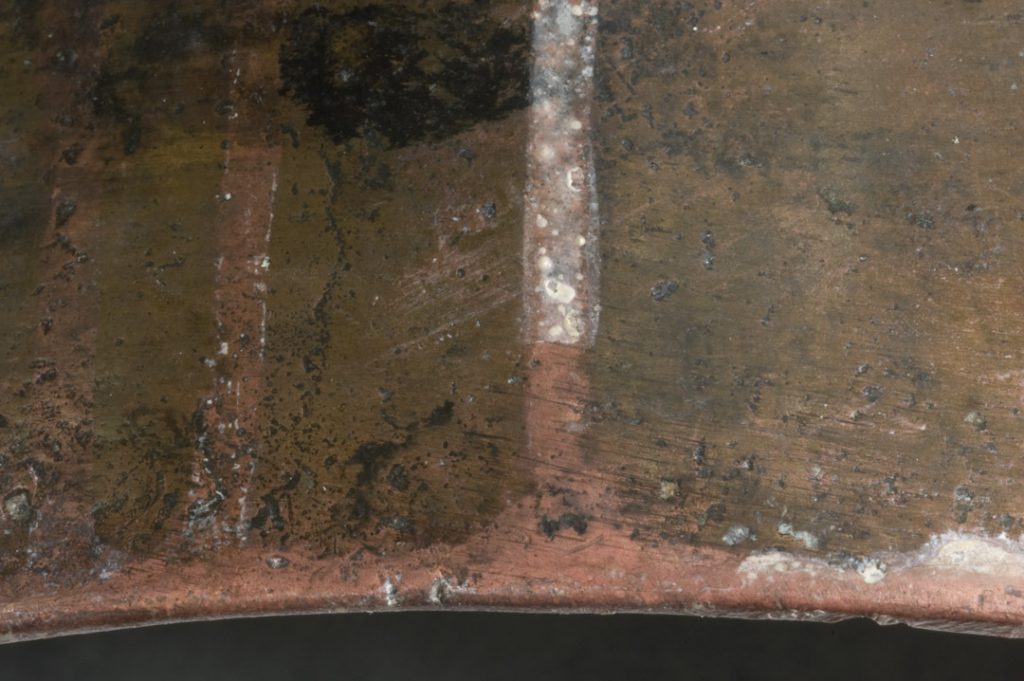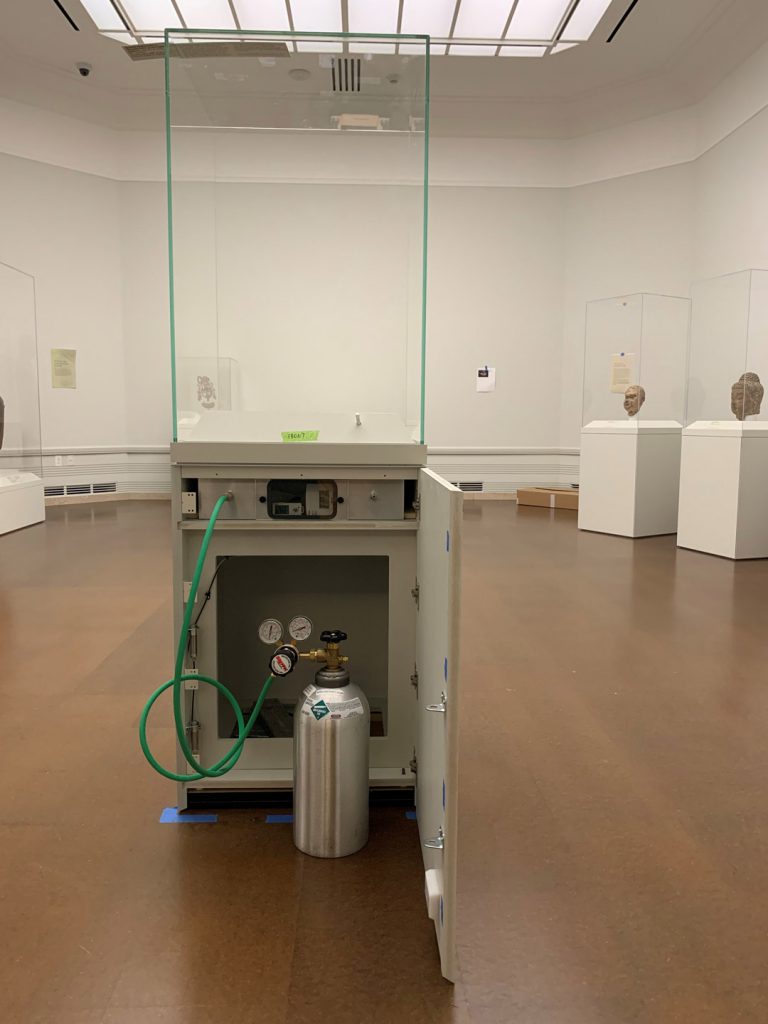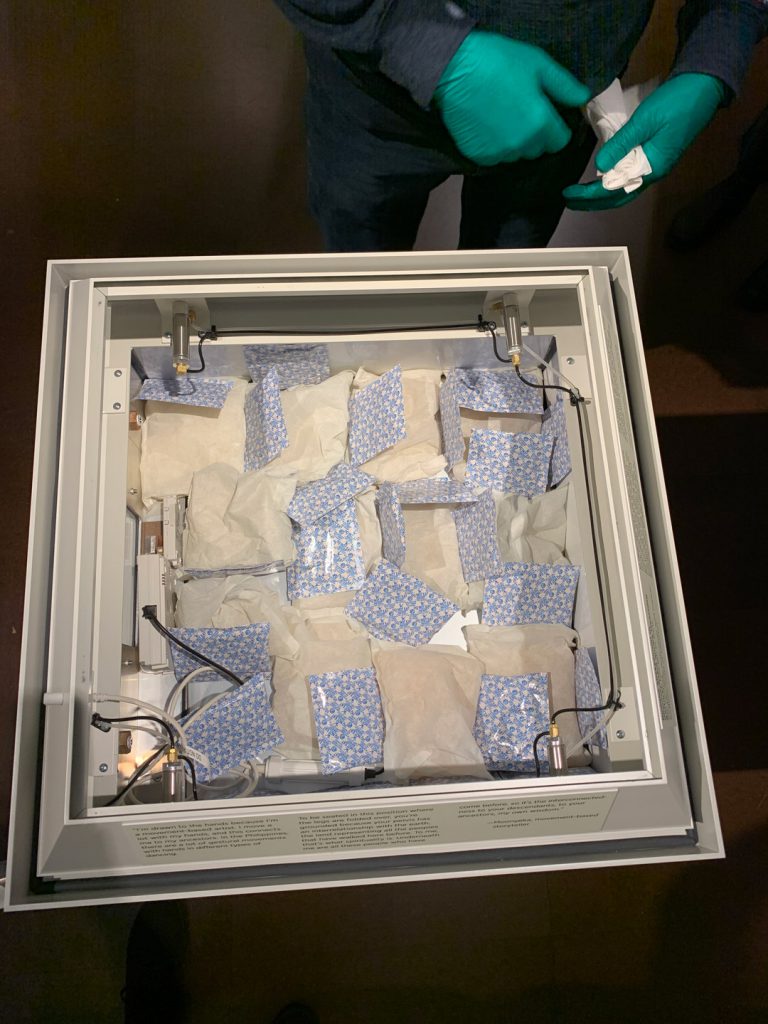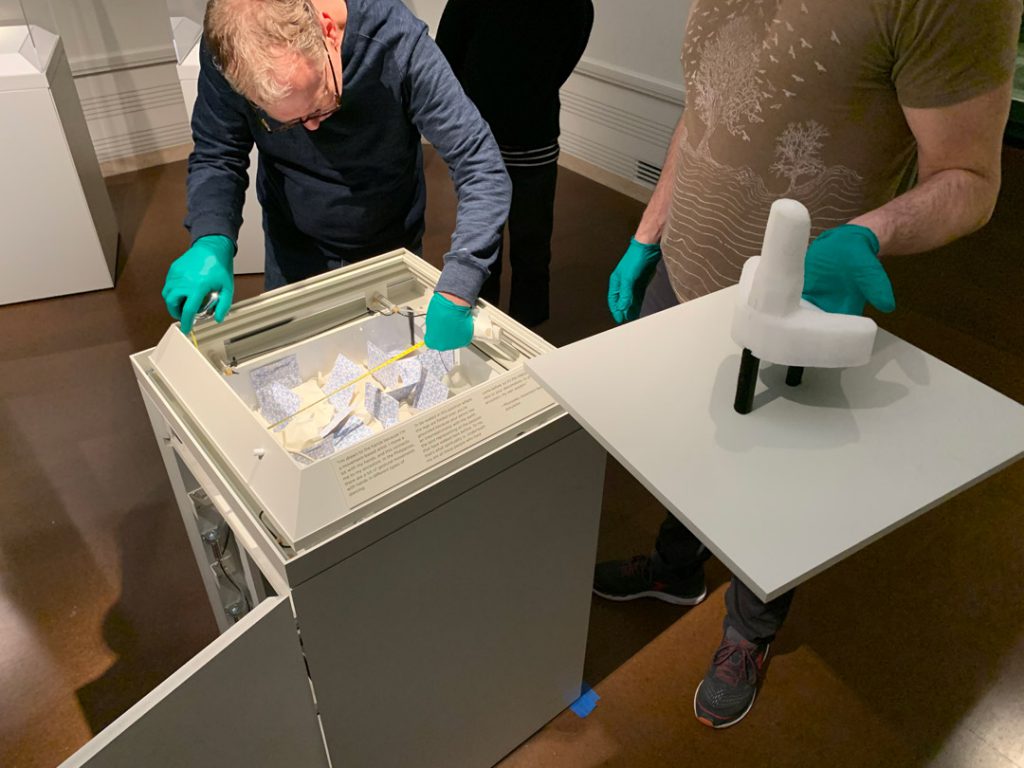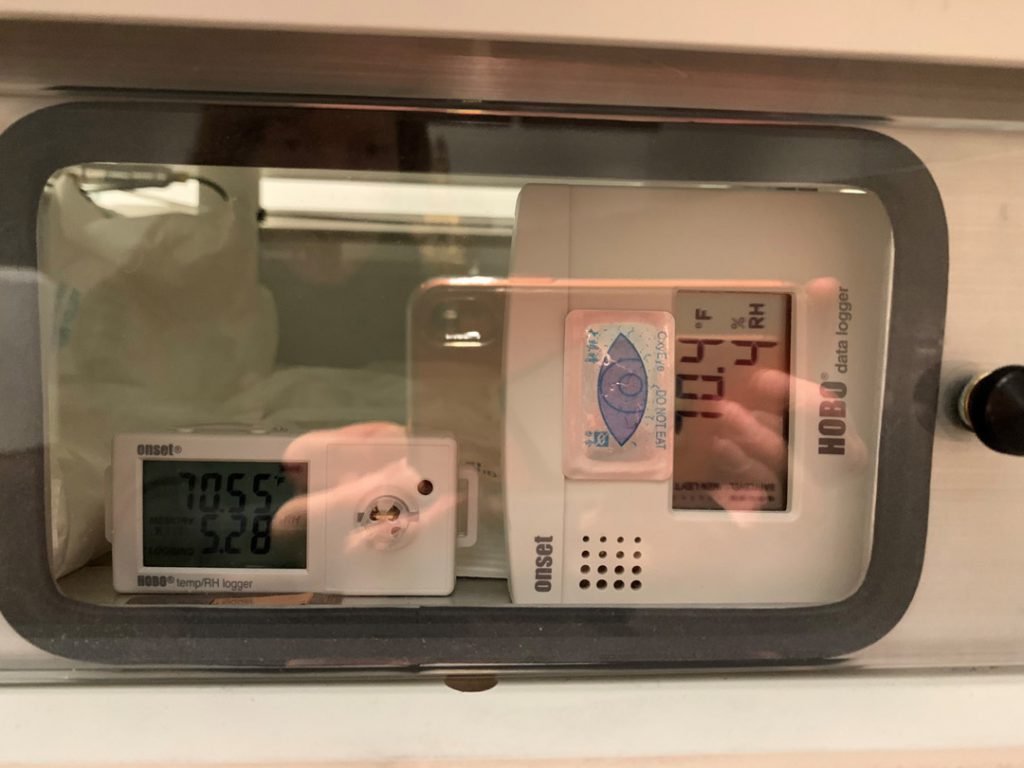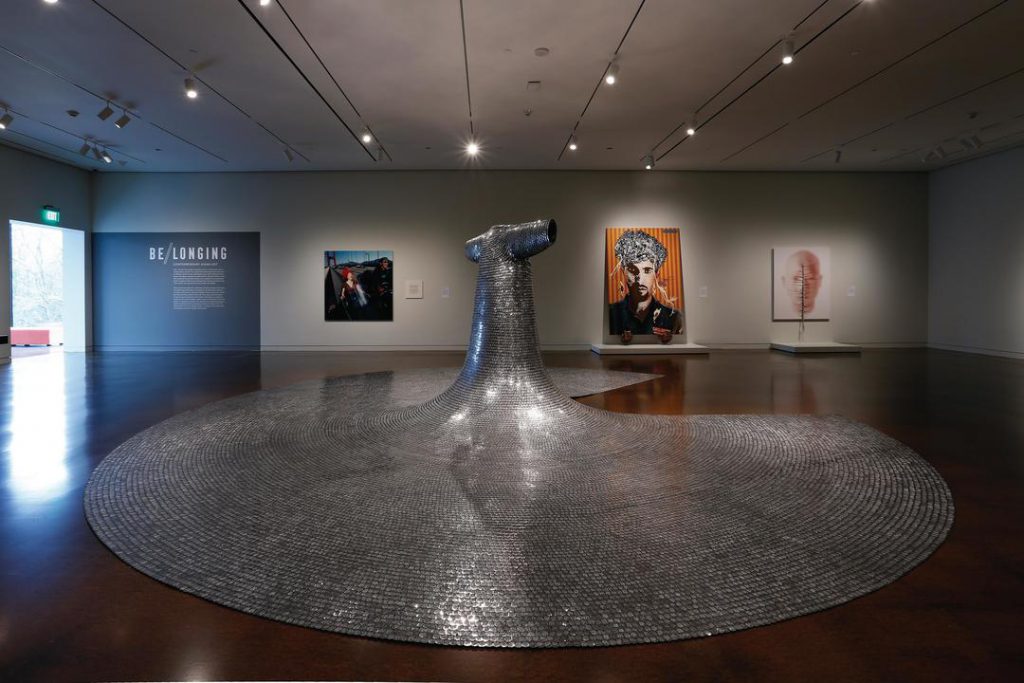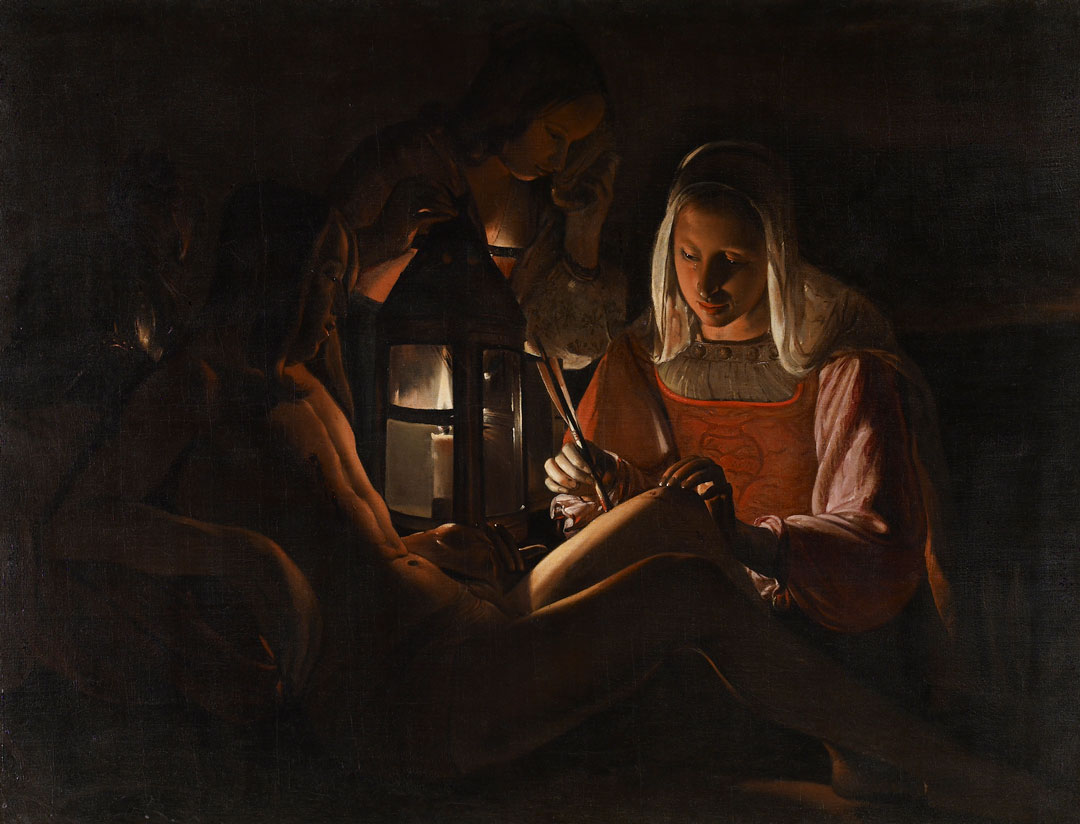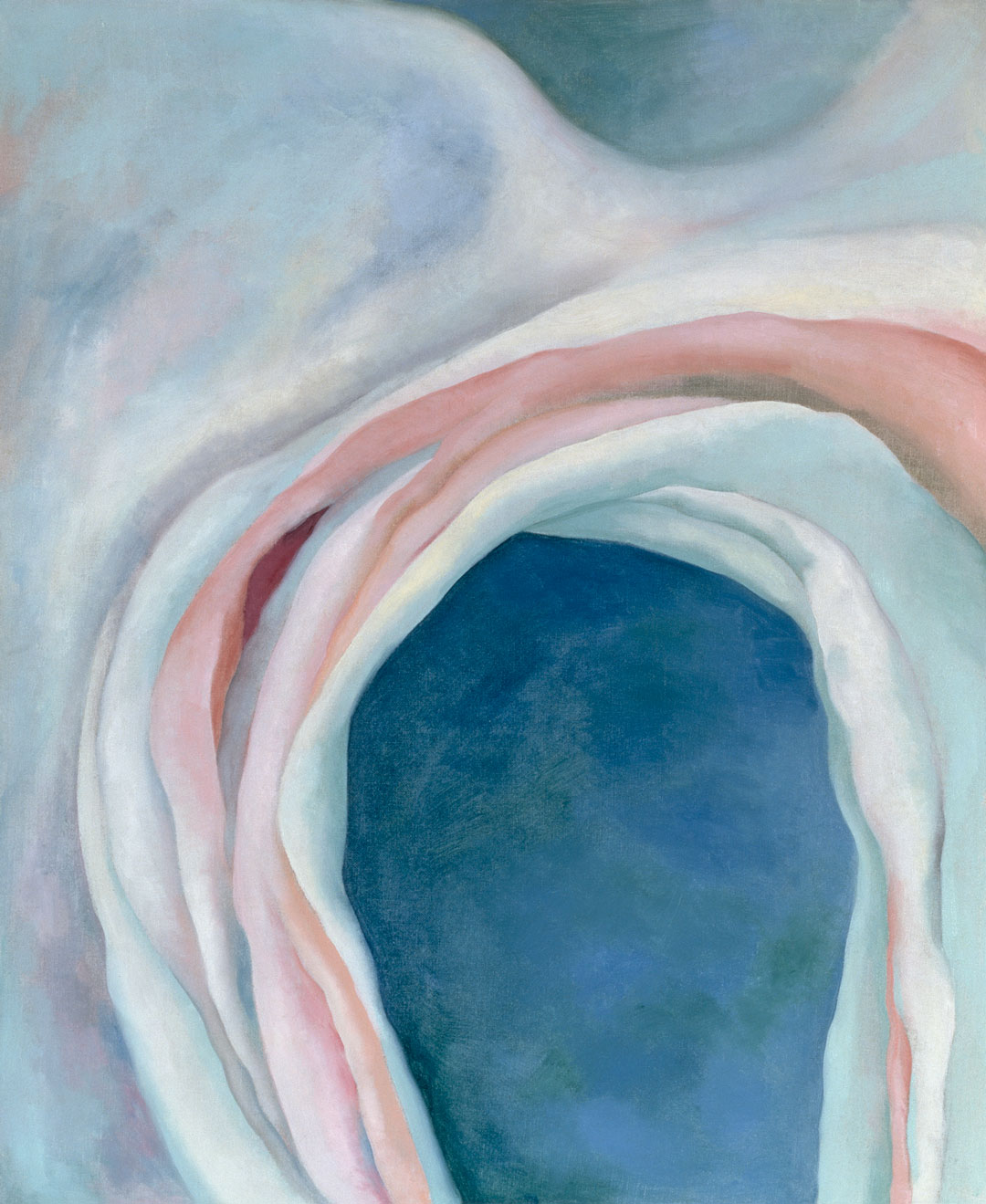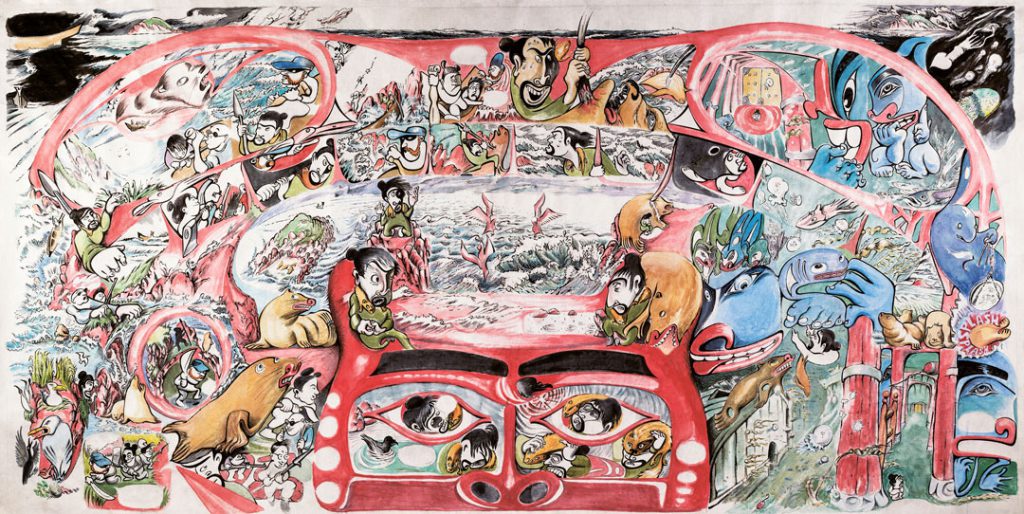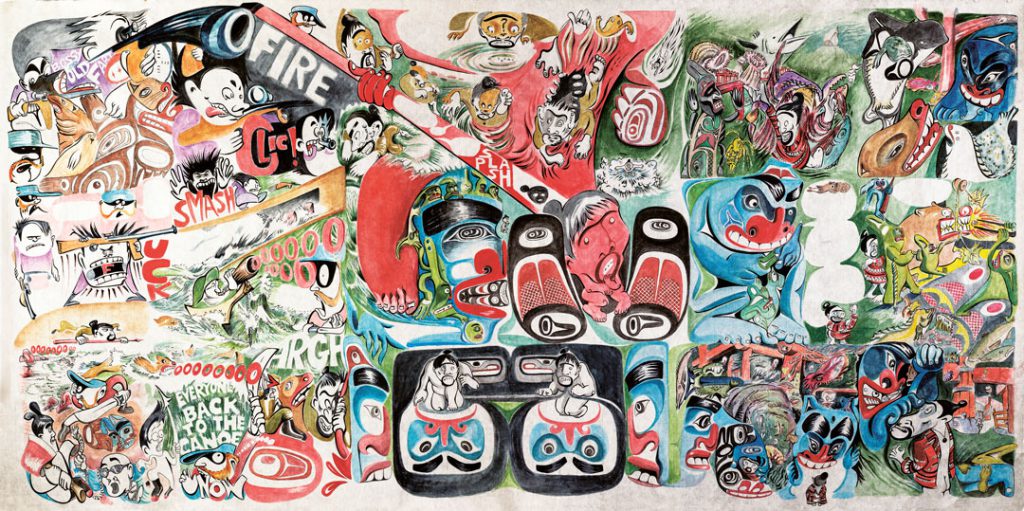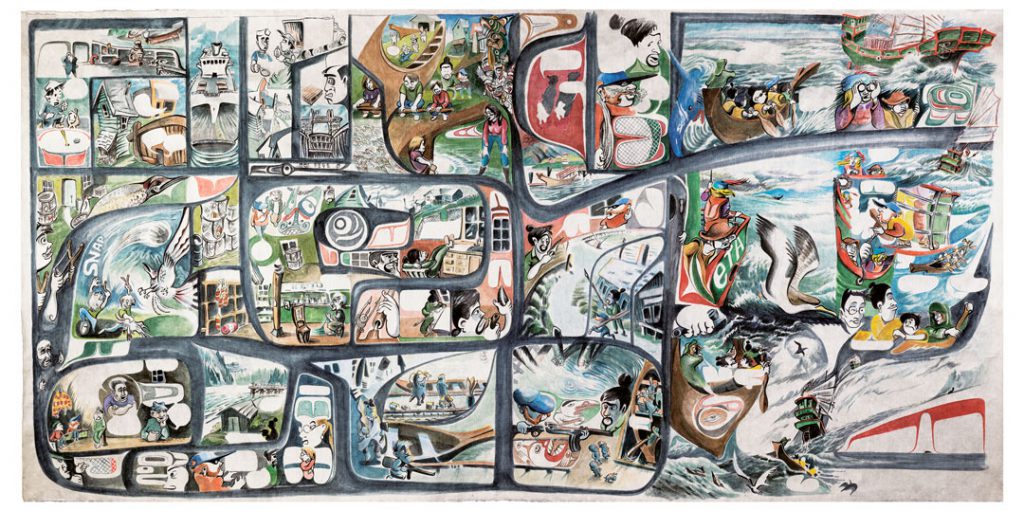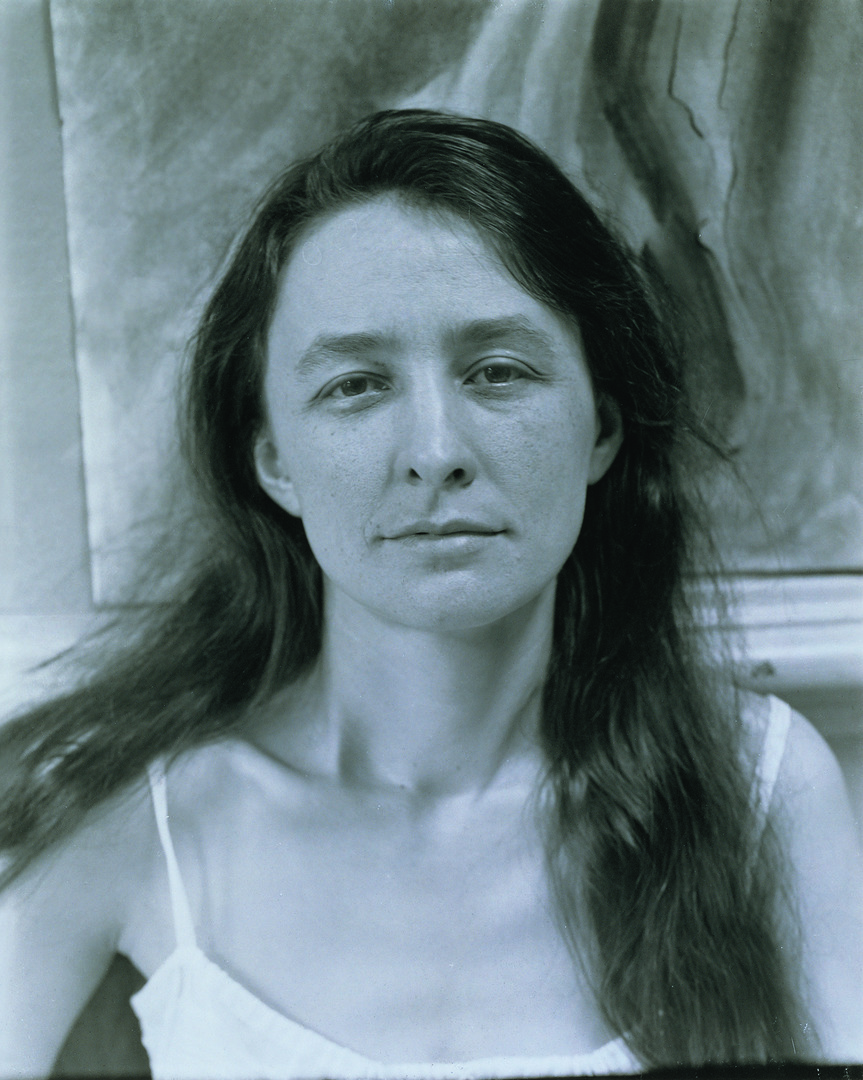16 Books on Race, Racism & Resistance for Grade Pre-K–8
We’ve curated a list of grade-level books with free online read-alouds on the topics of race, racism, and resistance for you to spend some time with over the summer. Many of these books will be available at Seattle Art Museum’s Ann P. Wyckoff Education Resource Center (ERC) when the museum can reopen. Others are available through the Seattle Public Library or the King County Library System. This book list caters to grades Pre-K through 8 but can spark conversation between people of all ages.
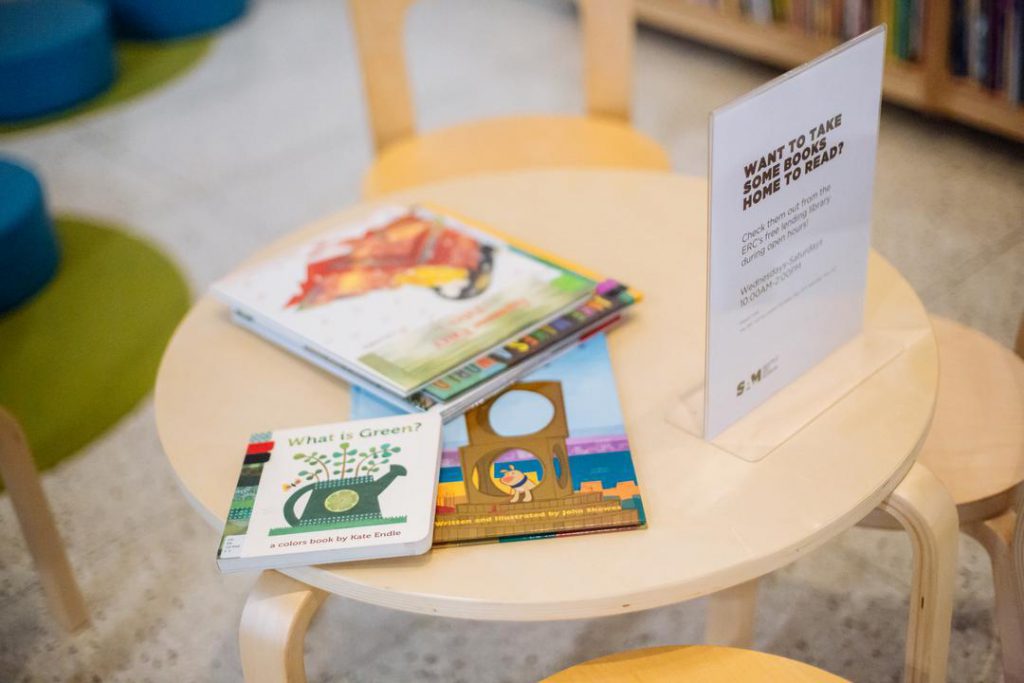
PRE-SCHOOL – GRADE
Skin Again, by hooks, bell. (Pre-K – K) New York: Jump at the Sun, 2004.
This award-winning book introduces a strong message of loving yourself and others and offers new ways to talk about race and identity. Watch the read aloud above, find the e-book at the Seattle Public Library, or find this book at the ERC.
The Colors of Us, by Katz, Karen. (Pre-K – K) New York: Henry Holt & Co, 1999.
Seven-year-old Lena and her mother observe the variations in the color of their friends’ skin, viewed in terms of foods and things found in nature. Find this book at the ERC!
The Skin You Live In, by Tyler, Michael and Csicsko, David Lee. (Pre-K +) Chicago: Chicago Children’s Museum, 2005.
Rhyming text and illustrations celebrate being happy with the skin in which one lives, whatever that skin might be. ERC available and the e-book is at SPL & King County Library System.
All are Welcome, by Penfield, Alexandra. ( Pre-K – Grade 3) New York: Knopf Books for Young Readers, 2018.
Follow a group of children through a day in their school, where everyone is welcomed with open arms, where students grow and learn from each other’s traditions. You can find the e-book at Seattle and King County Library System.
I Am Enough, by Byers, Grace. (PK – Grade 3) New York: Balzer + Bray, 2018.
A story of loving who you are, respecting others and being kind to one another. The ERC has this book and Seattle Public Library has the e-book.
Let’s Talk About Race, by Lester, Julius and Barbour, Karen. (Pre-K – Grade 3) New York: HarperCollins, 2005.
This children’s book introduces the concept of race as only one component in an individual’s or nation’s “story.” Find this book at the ERC.
Something Happened in Our Town, by Celano, Marianne. (Grades K – 3) Washington, DC: Magination Press, 2018.
This story follows two families—one White, one Black—as they discuss a police shooting of a Black man in their community. The story aims to answer children’s questions about such traumatic events, and to help children identify and counter racial injustice in their own lives. Check out the e-book through SPL.
Enough! 20 Protesters That Changed America, by Easton, Emily. (Grades K – 3) New York: Crown Books for Young Readers, 2018.
America has been molded and shaped by those who have taken a stand and said they have had enough. In this dynamic picture book, stand alongside the nation’s most iconic civil and human rights leaders, whose brave actions rewrote history. The e-book can be found at the Seattle Public Library & King County Library System.
GRADES 3 – 8
Not My Idea: A book about Whiteness, by Higginbotham, Anastasia. (Grades 3 +) New York: Dottir Press, 2018.
A children’s picture book that invites white children and parents to become curious about racism, accept that it’s real, and cultivate justice. For a limited time, you can download a free pdf version from the publisher’s website.
We Rise, We Resist, We Raise Our Voices, edited by Hudson, Wade and Hudson, Cheryl Willis. (Grades 3 – 7) New York: Crown Books for Young Readers, 2018.
What do we tell our children when the world seems bleak and prejudice and racism run rampant? With 96 lavishly designed pages of original art and prose, 50 diverse creators lend voice to young activists. E-book is at Seattle Public Library and a digital audiobook is available through King County Library System.
Little Dreamers: Bold Women in Black History, by Harrison, Vashti. (Grades 3 – 6) New York: Little, Brown and Company, 2017.
Based on her popular Instagram posts, debut author/illustrator Vashti Harrison shares the stories of 40 bold African American women who shaped history.
Find the e-book available through Seattle Public Library & King County Library System or find the book at the ERC when SAM reopens.
Little Legends: Exceptional Men in Black History, by Harrison, Vashti. (Grades 3 – 6) New York: Little, Brown and Company, 2019.
Vashti’s follow-up to Little Leaders documents the lives and accomplishments of Black men throughout history, spanning centuries and continents. This e-book is available through the Seattle Public Library & King County Library Systems.
Rise Up! The Art of Protest, by Rippon, Jo. (Grades 3 – 7) New York: Charlesbridge, 2020.
Celebrate the right to resist! Human rights belong to every single one of us, but they are often under threat. Developed in collaboration with Amnesty International, Rise Up! encourages young people to engage in peaceful protest and stand up for freedom. Get the e-book on the Seattle Public Library website.
A Good Kind of Trouble, by Ramée, Lisa Moore. (Grades 4 – 8) New York, NY: Balzer + Bray, 2019.
After attending a powerful protest, Shayla starts wearing an armband to school to support the Black Lives Matter movement, but when the school gives her an ultimatum, she is forced to choose between her education and her identity. E-book & digital audiobook available at Seattle Public Library & King County Library System.
Ghost Boys, by Rhodes, Jewell Parker. (Grades 5+) New York: Little, Brown and Company, 2018.
After seventh-grader Jerome is shot by a white police officer, he observes the aftermath of his death and meets the ghosts of other fallen Black boys including historical figure Emmett Till. E-book & digital audiobook available through Seattle Public Library & King County Library Systems.
Raise your Voice: 12 Protests That Shaped America, by Kluger, Jeffrey. (Grades 5 – 8) New York: Philomel, 2020.
Starting with the Boston Tea Party, moving to the Women’s March, and ending with the Standing Rock/Dakota Pipeline Uprising, this book covers 12 protests that shaped our nation. The e-book is available through the Seattle Public Library.
– Kim Christensen, Education Resource Center Education Assistant
